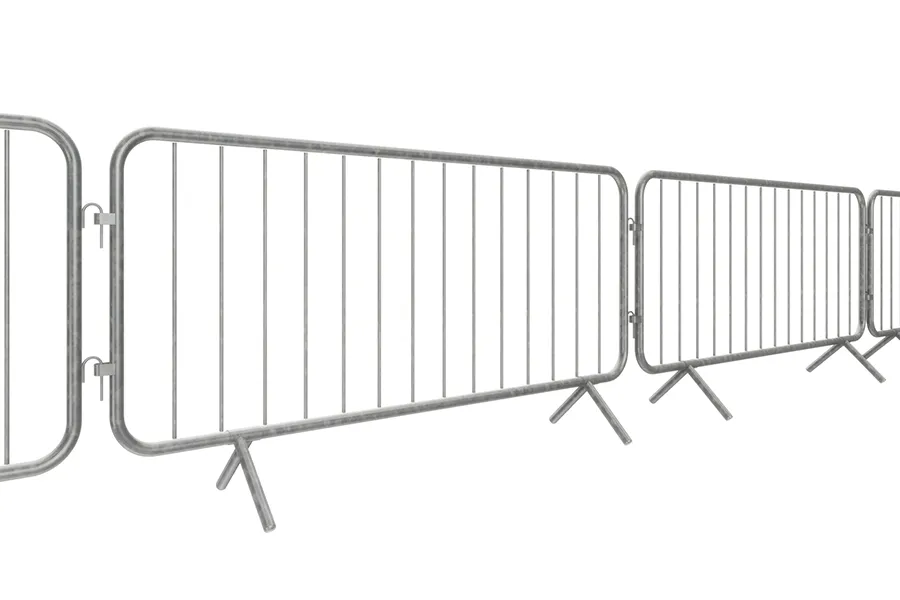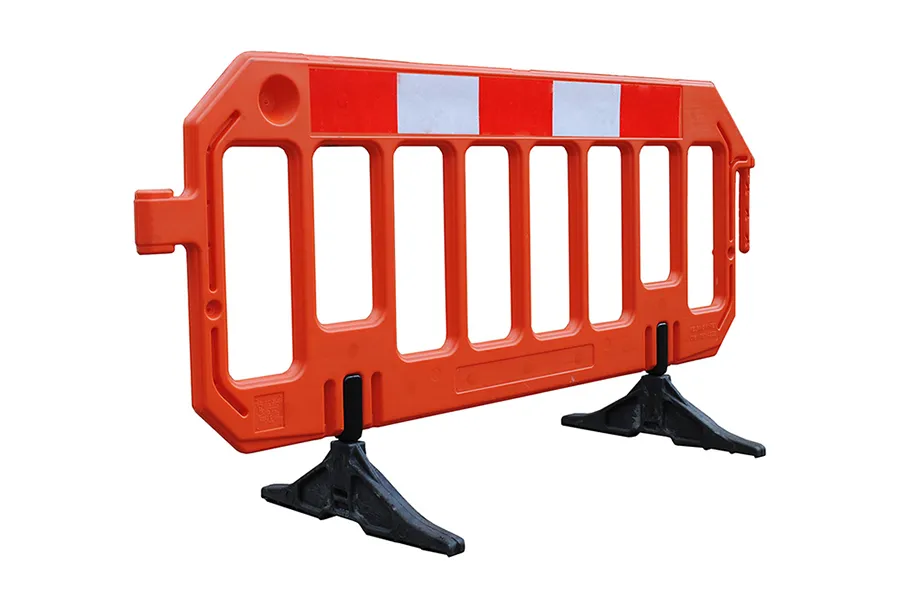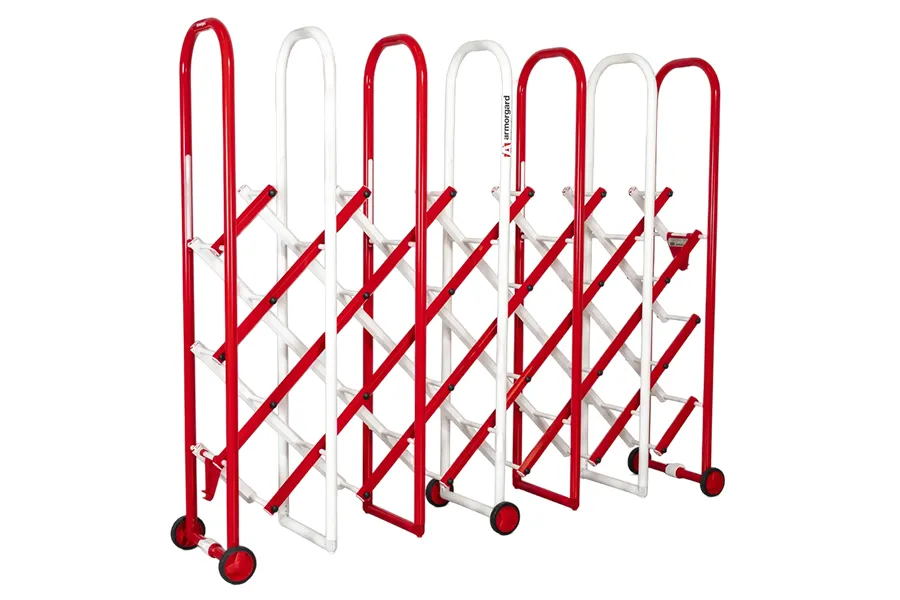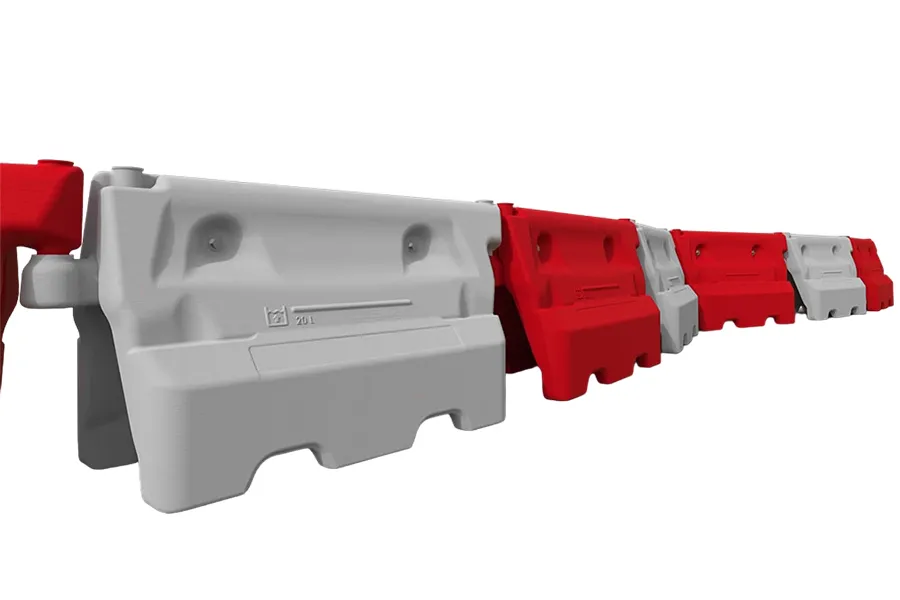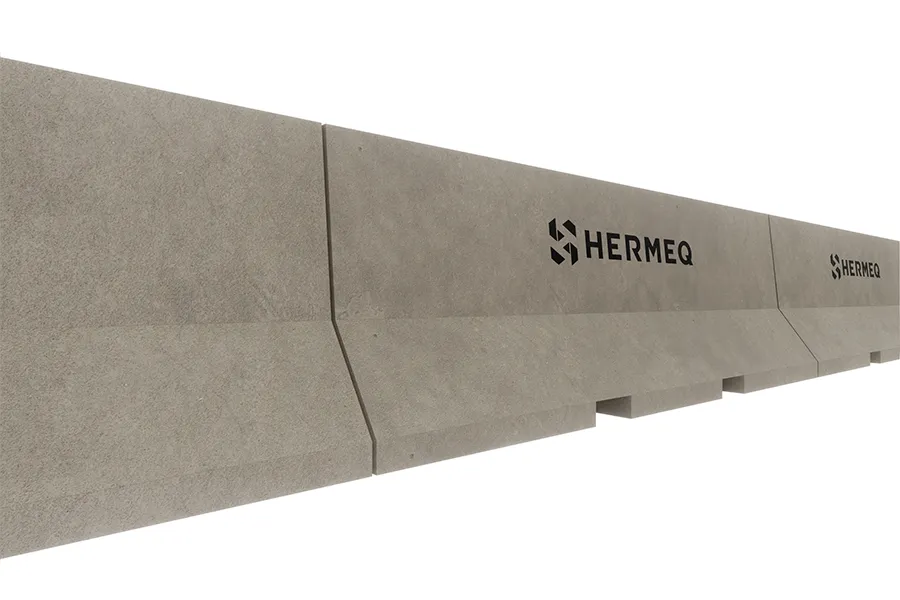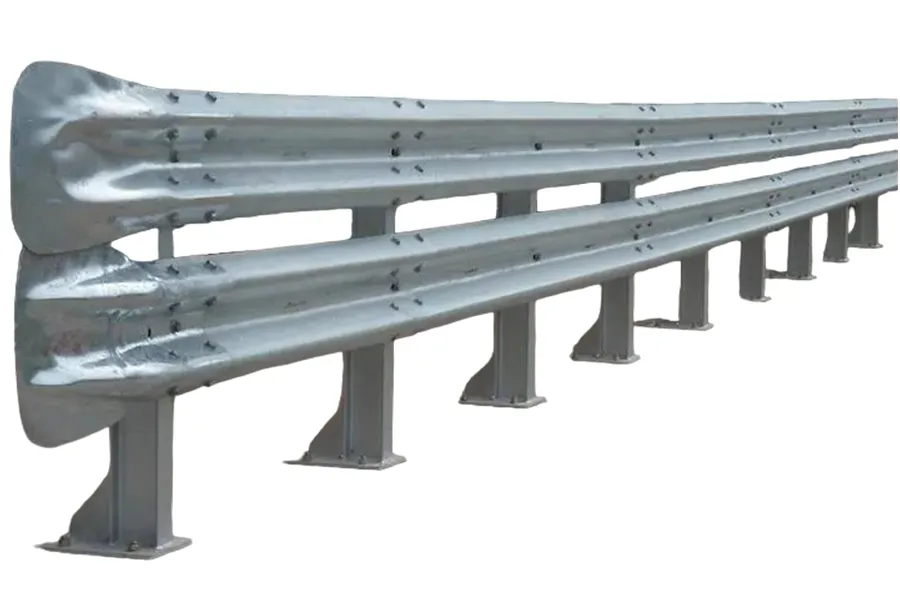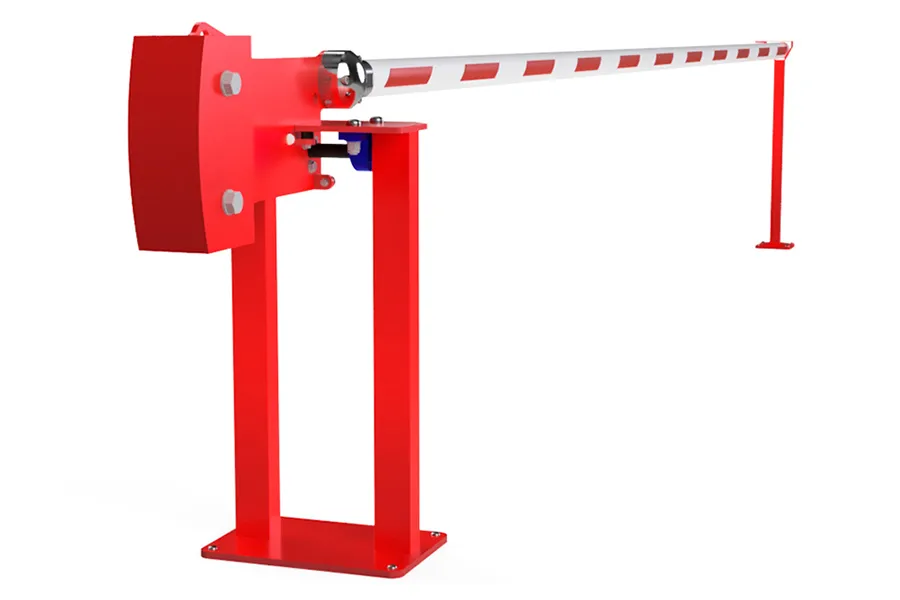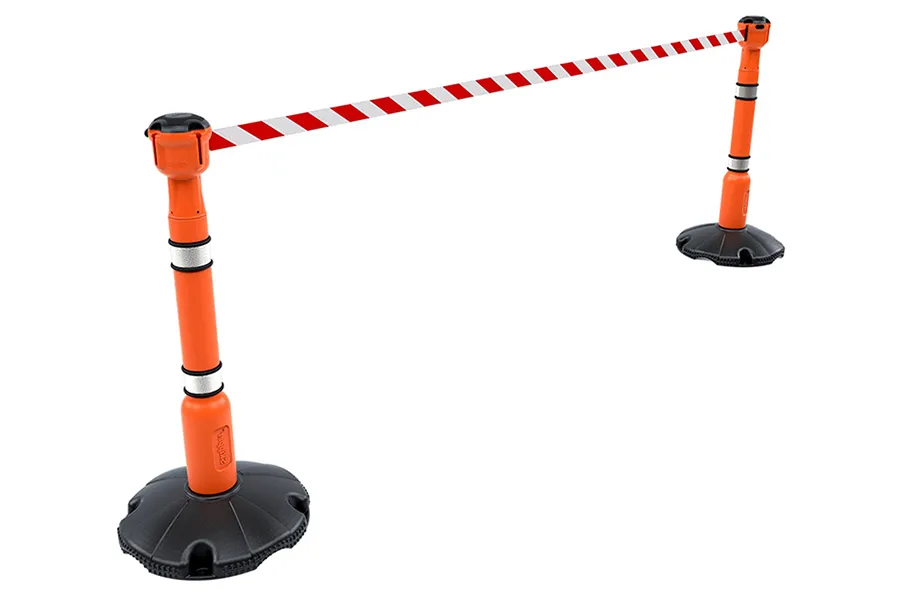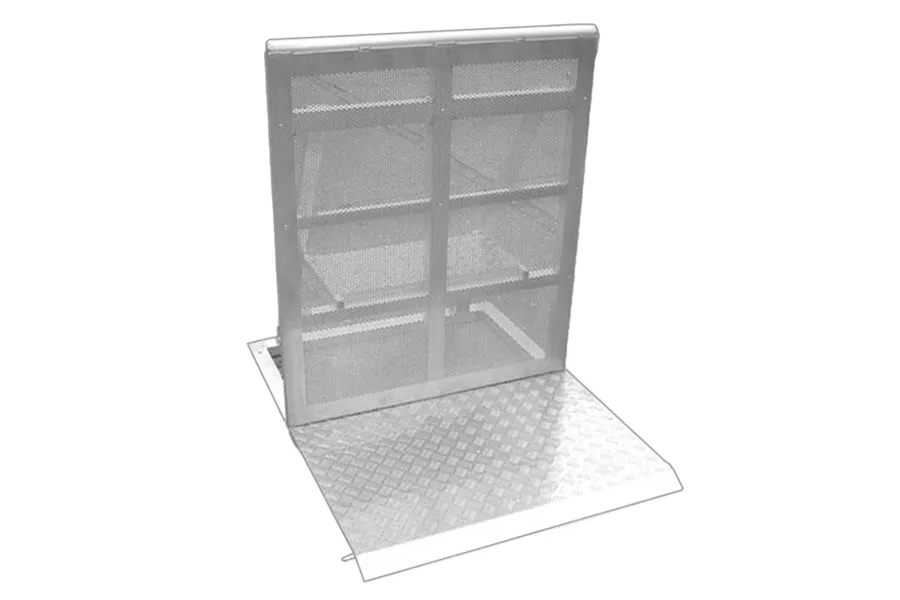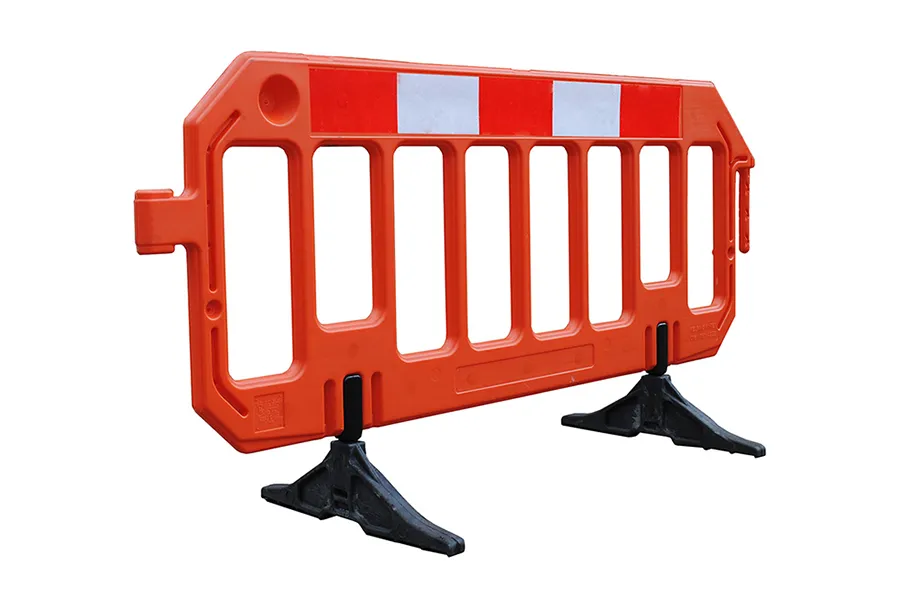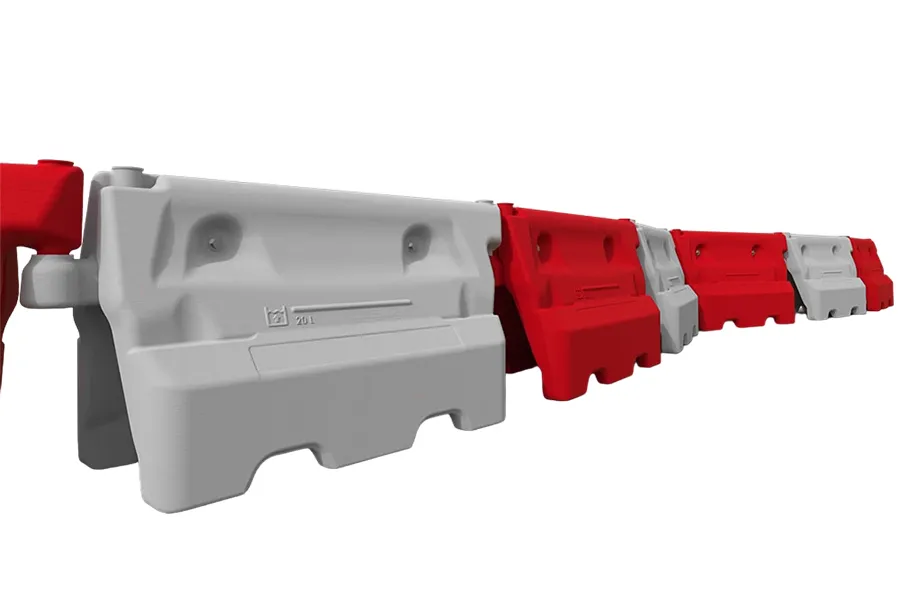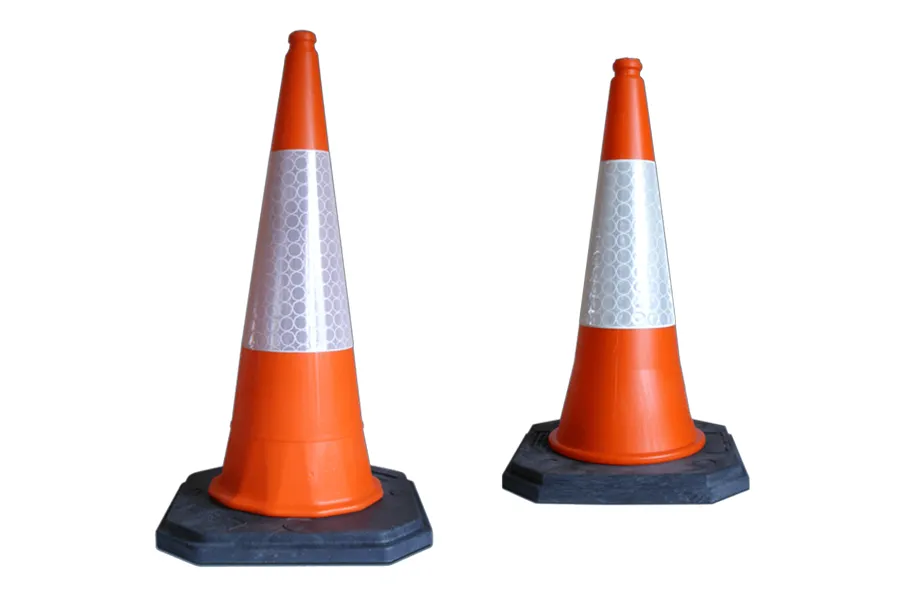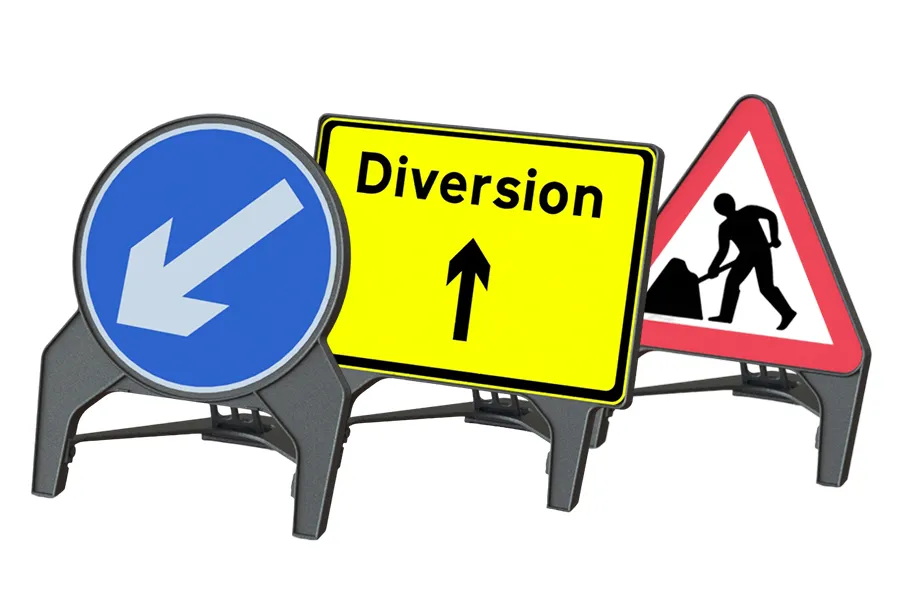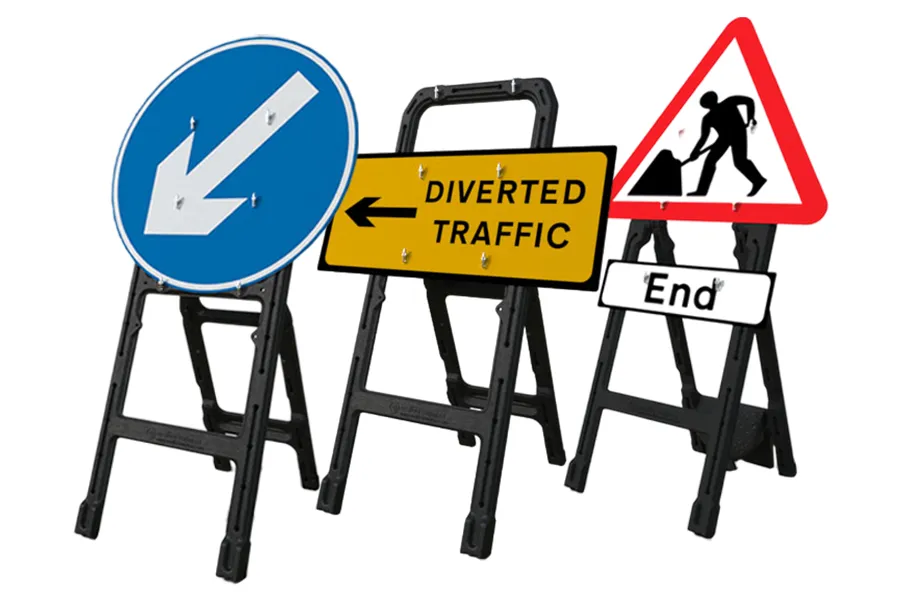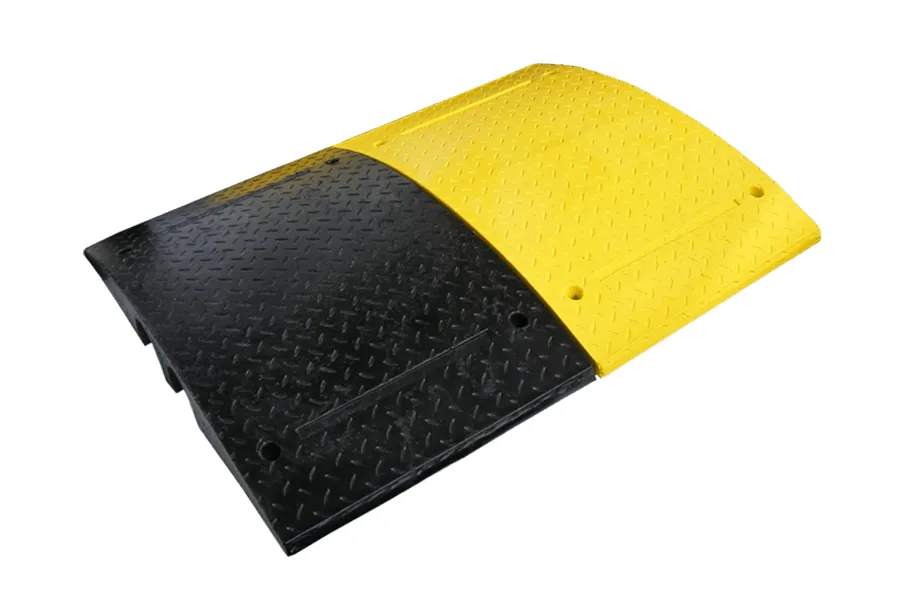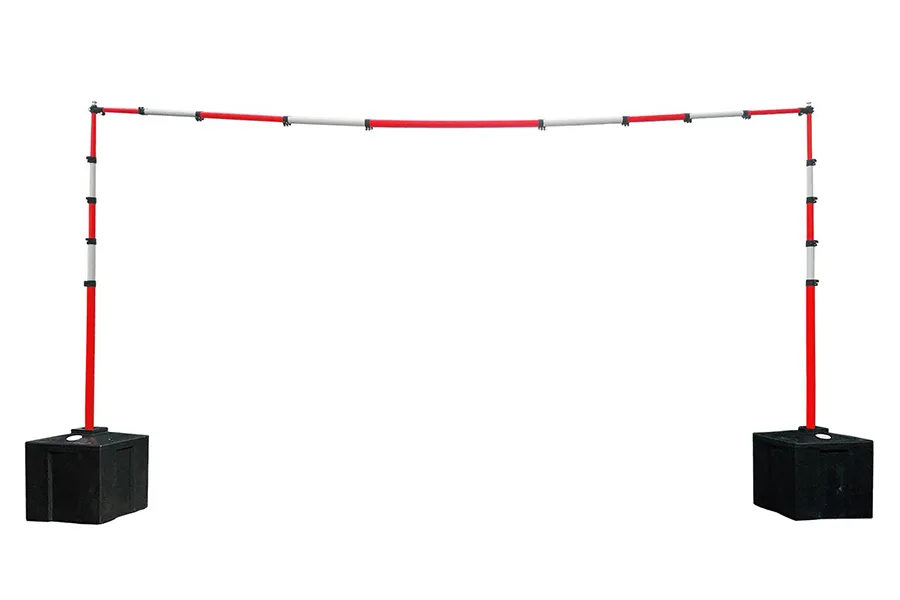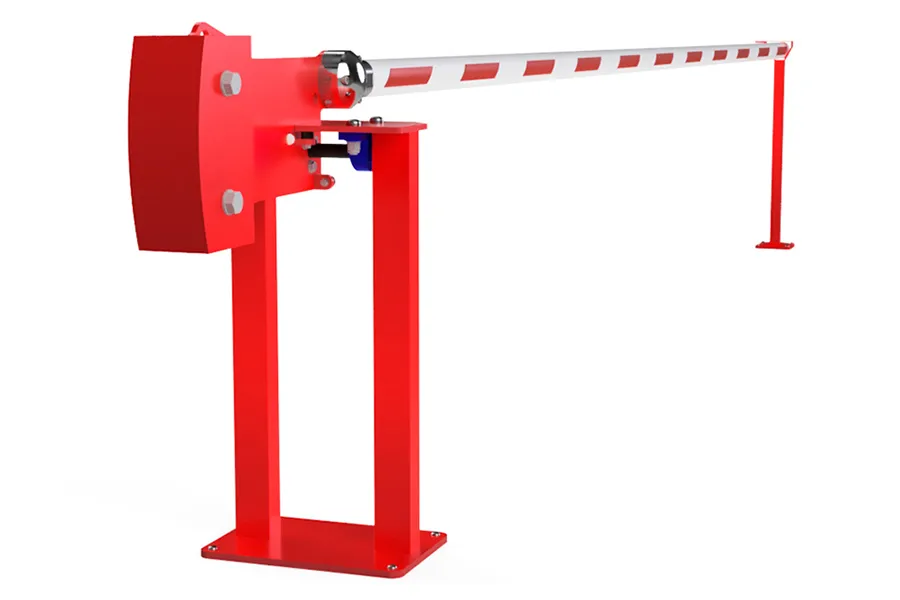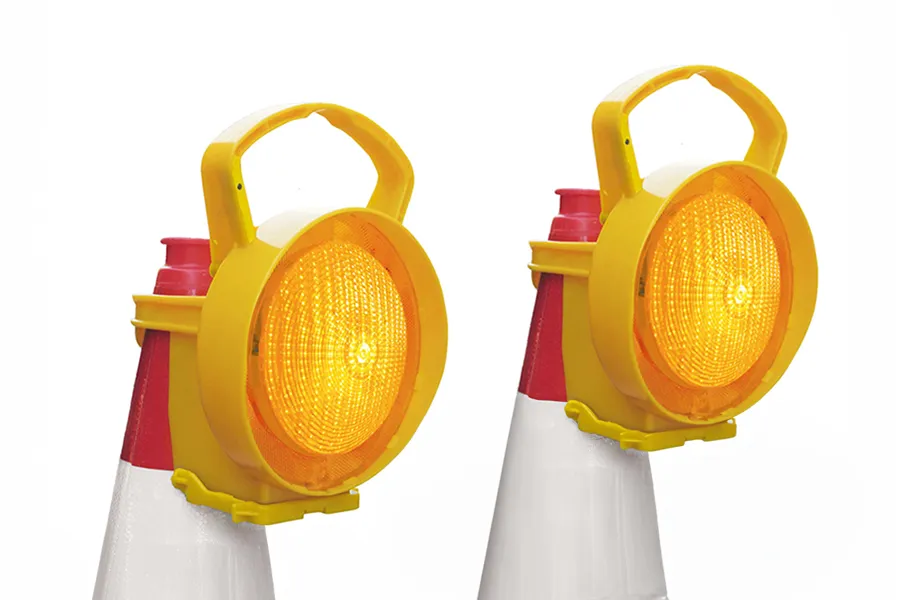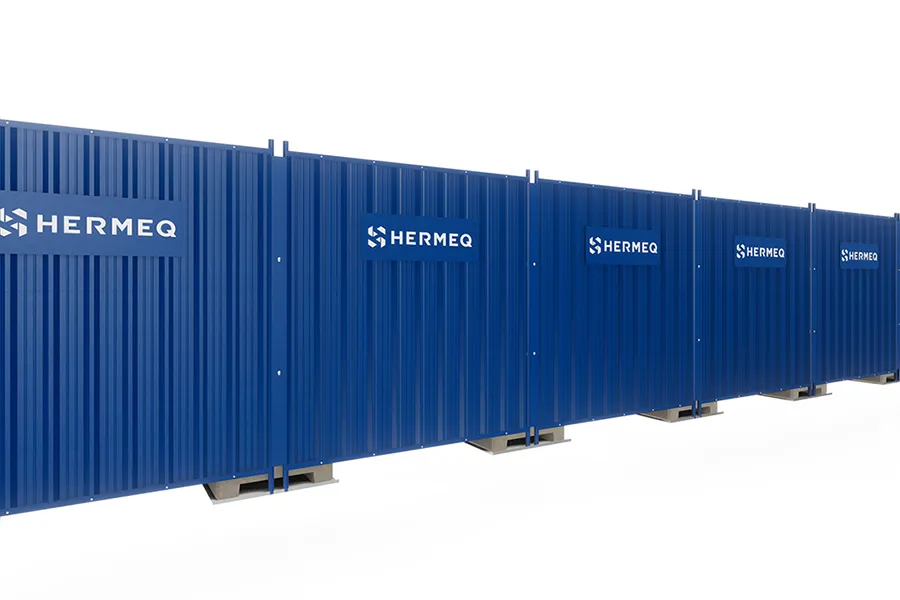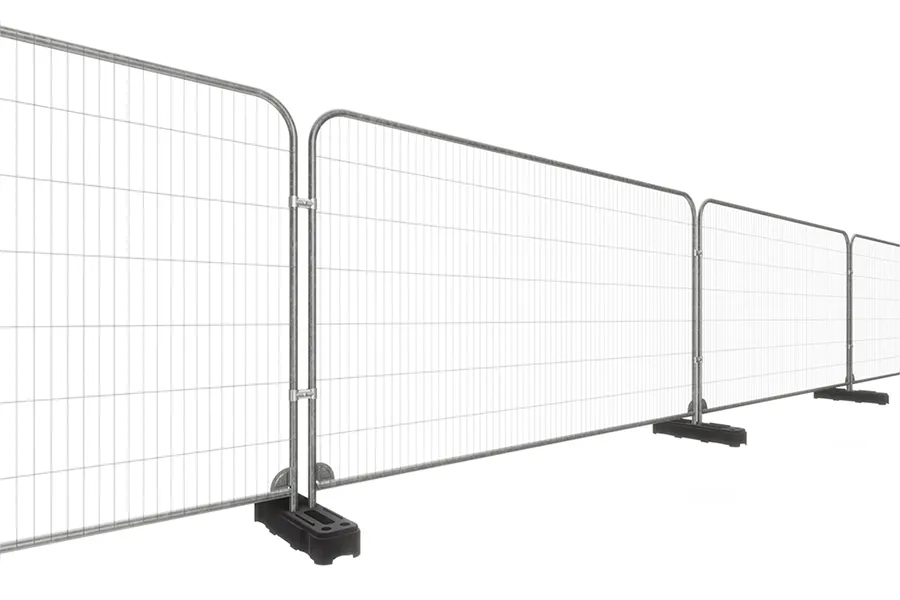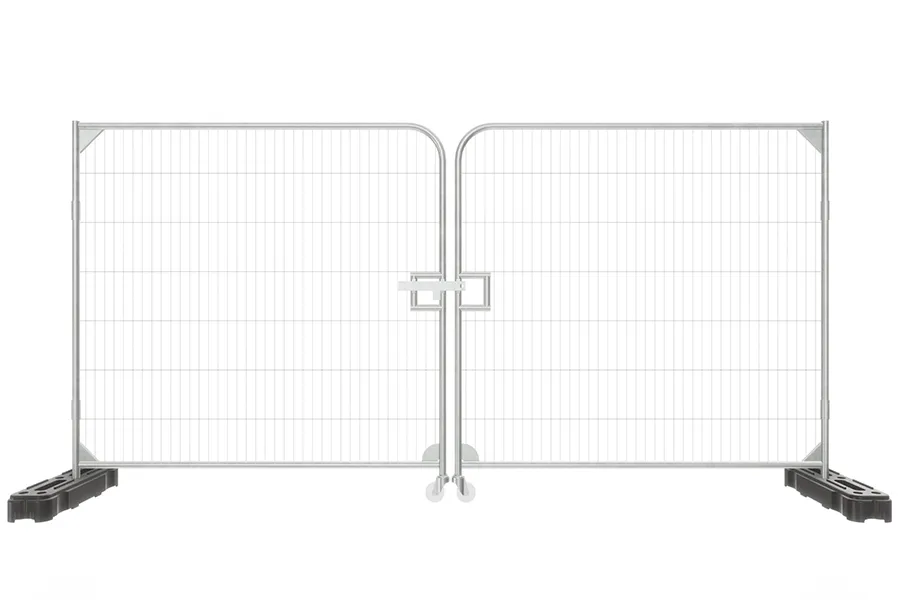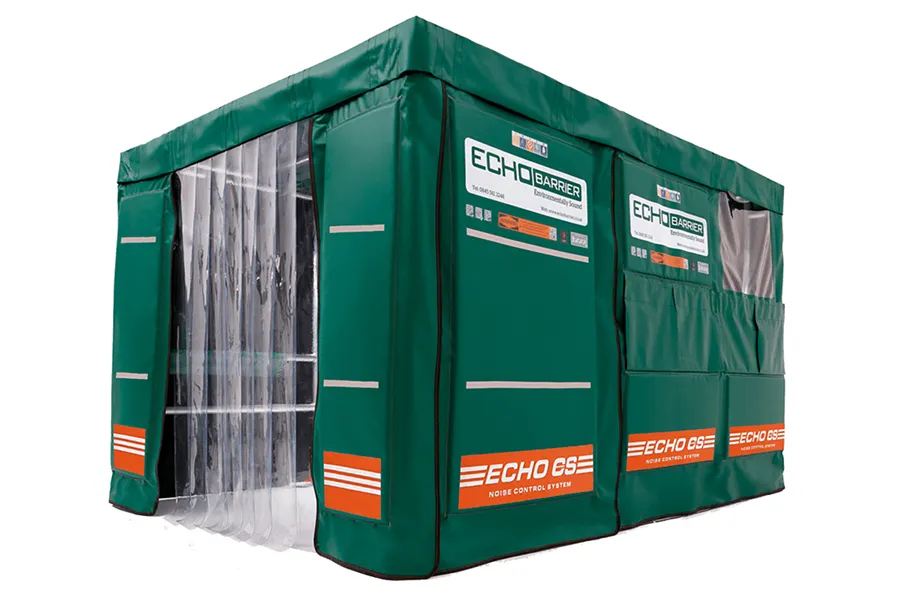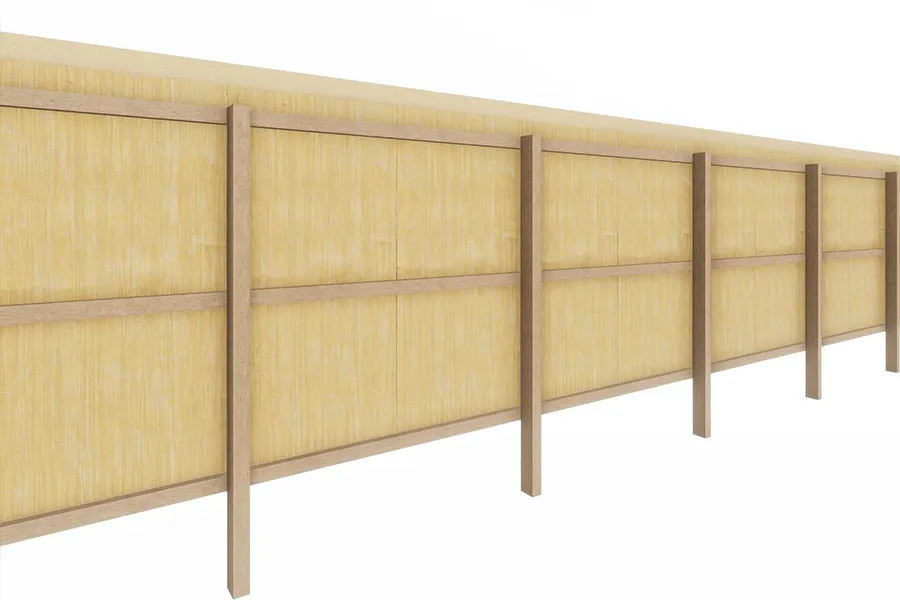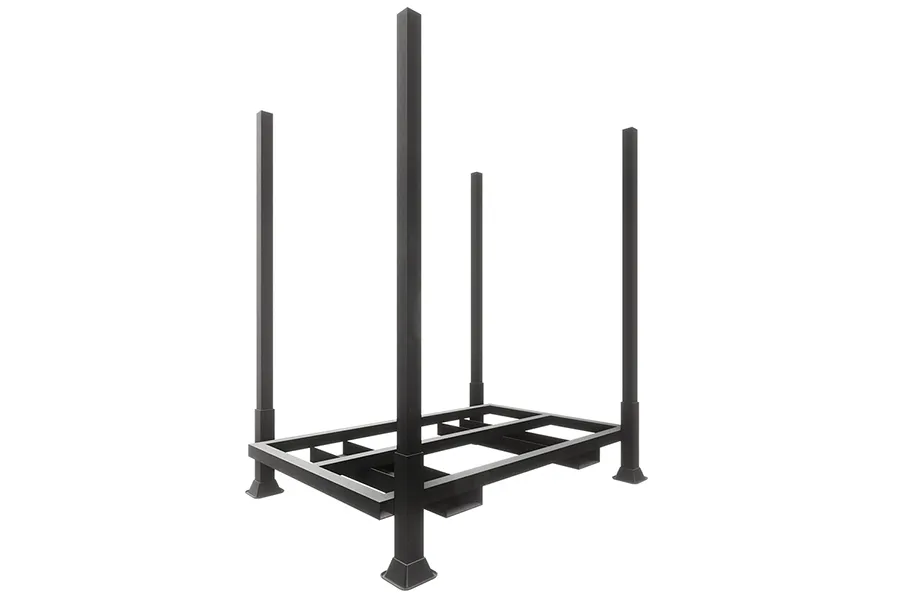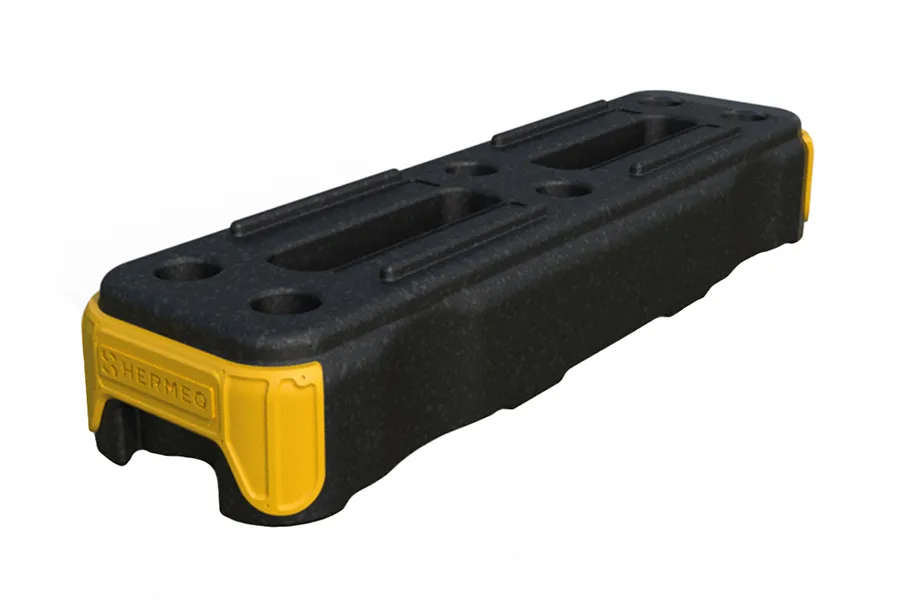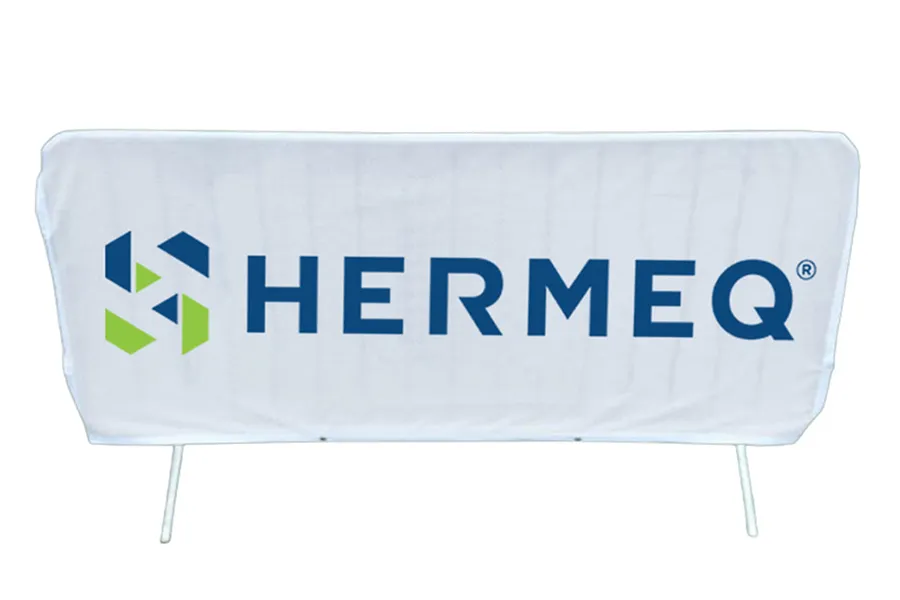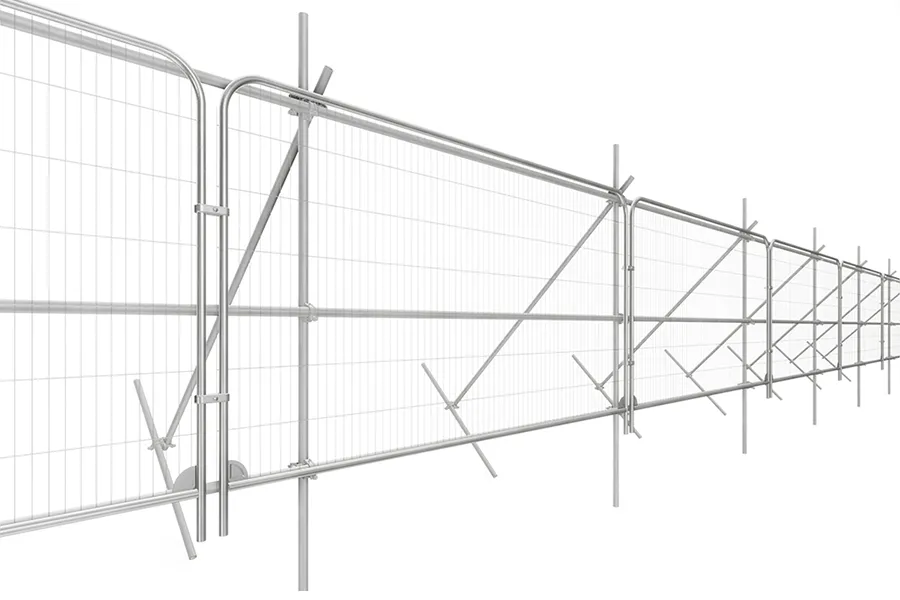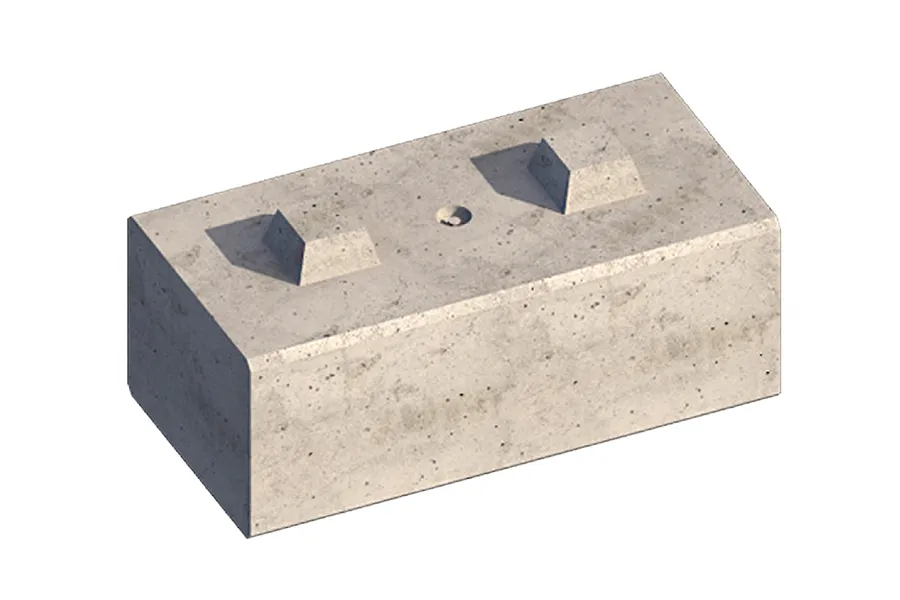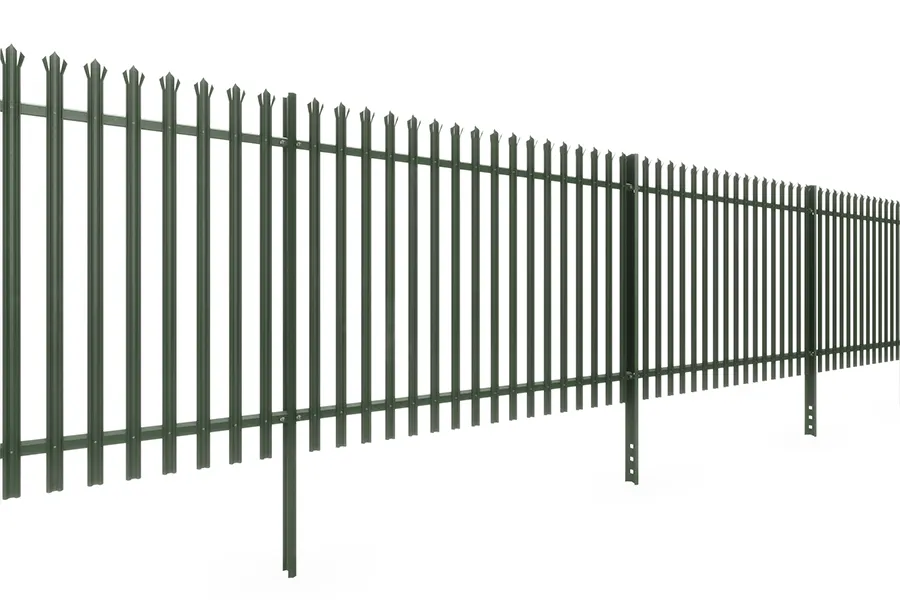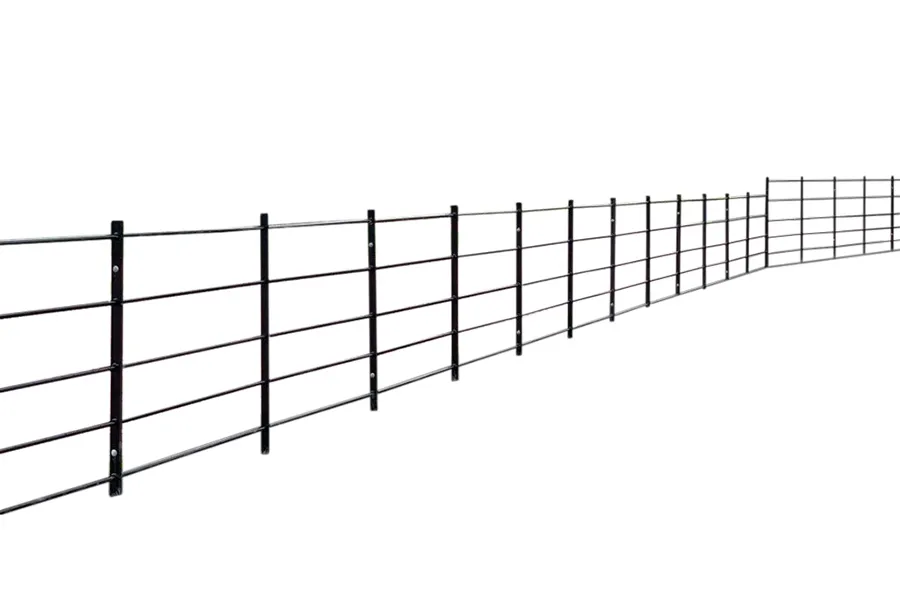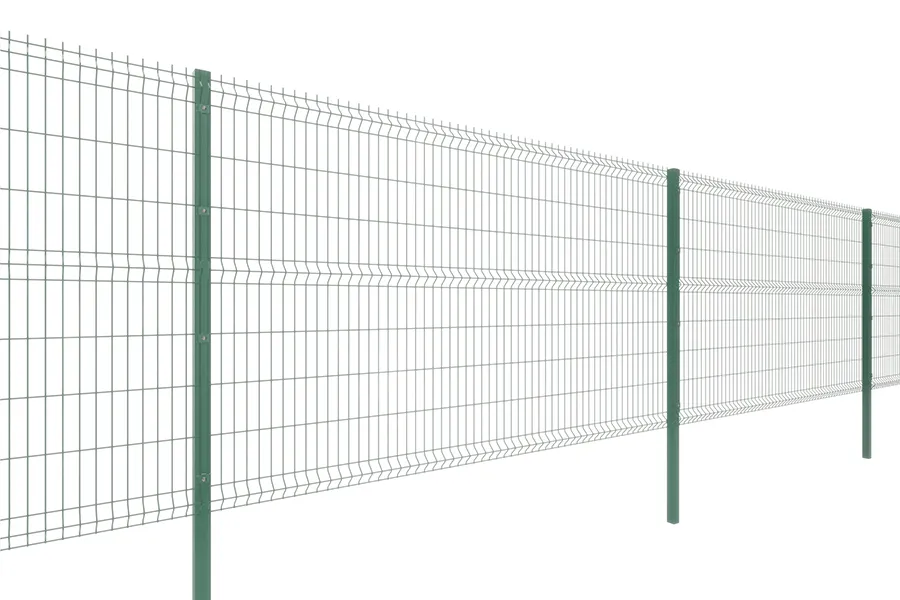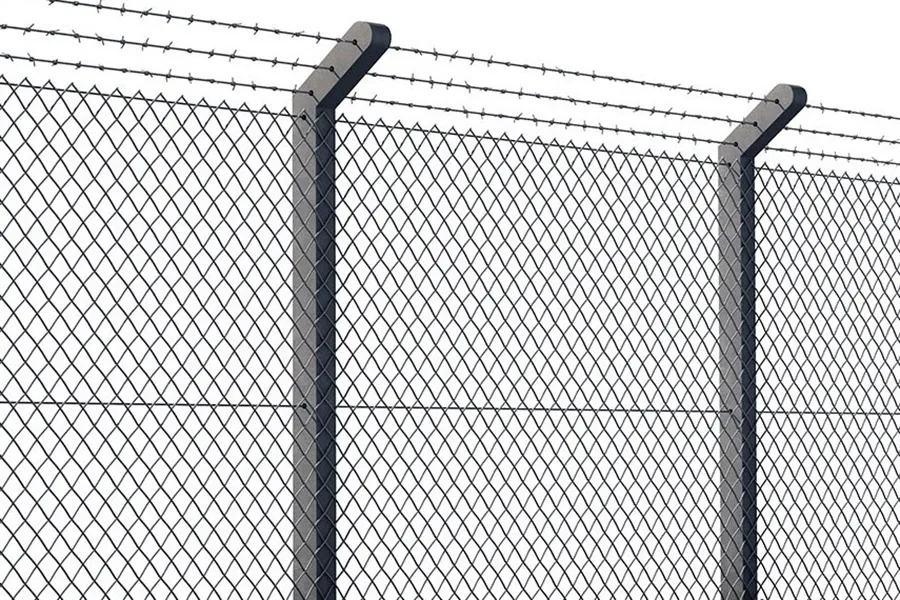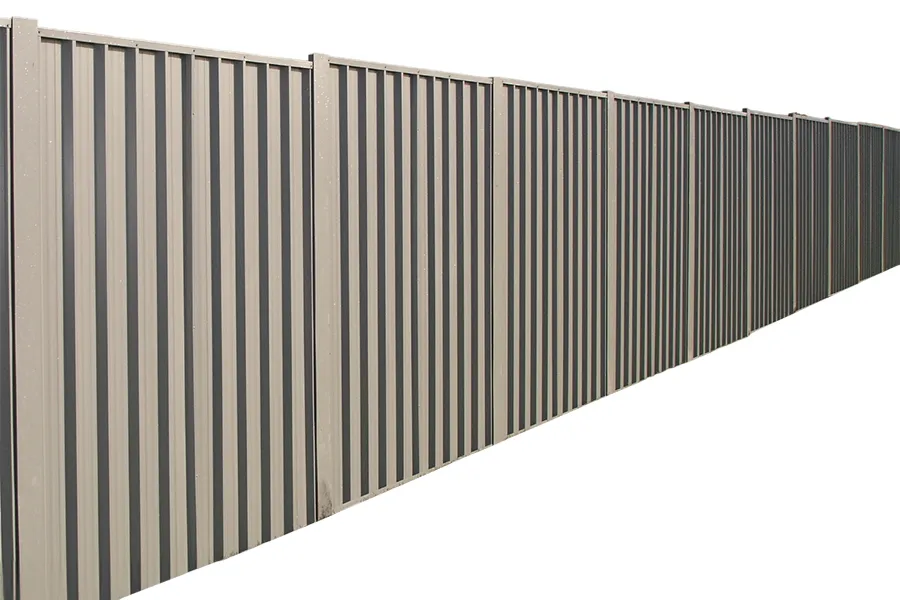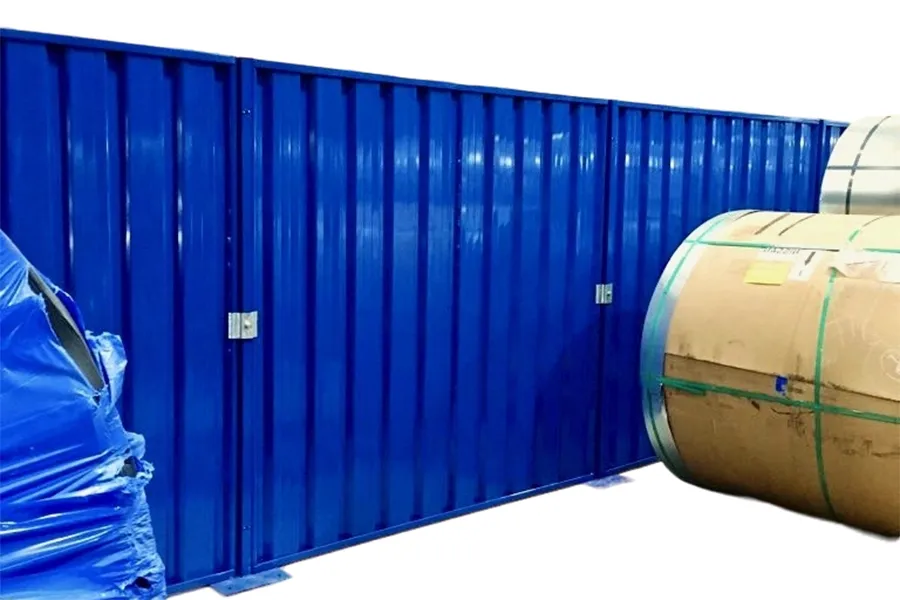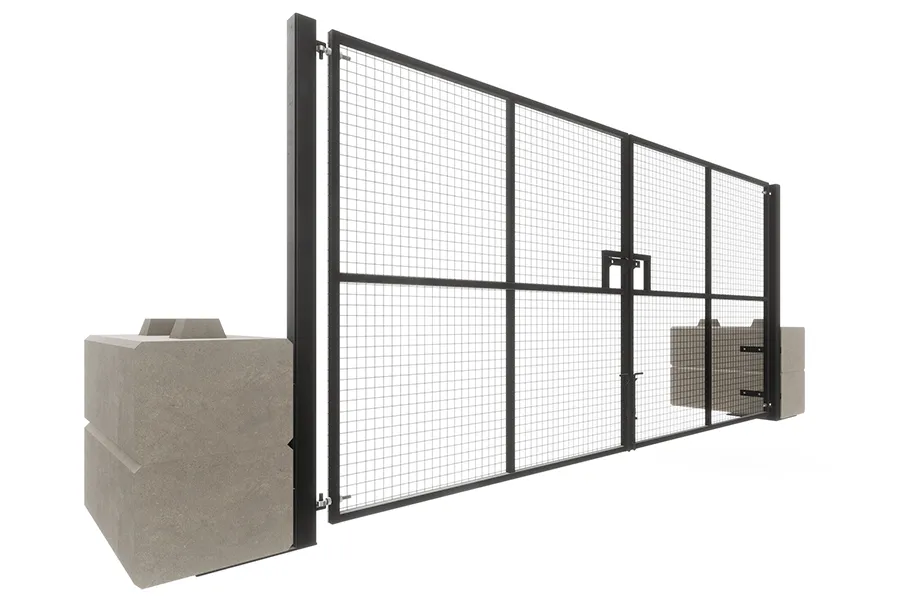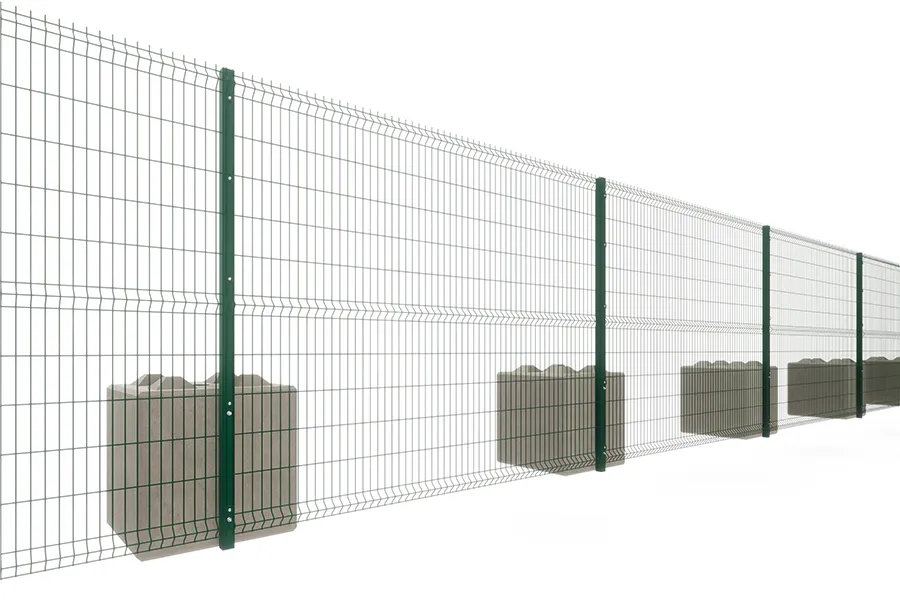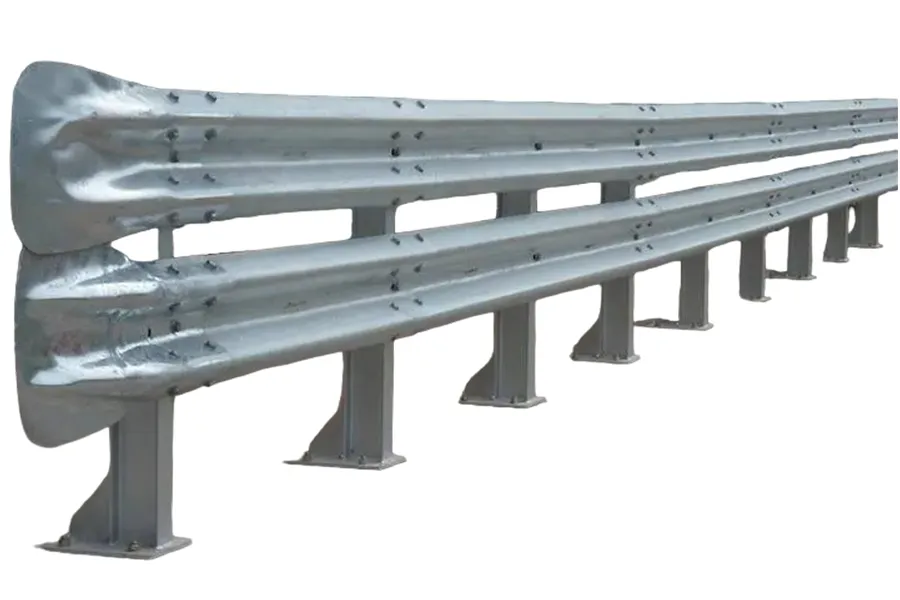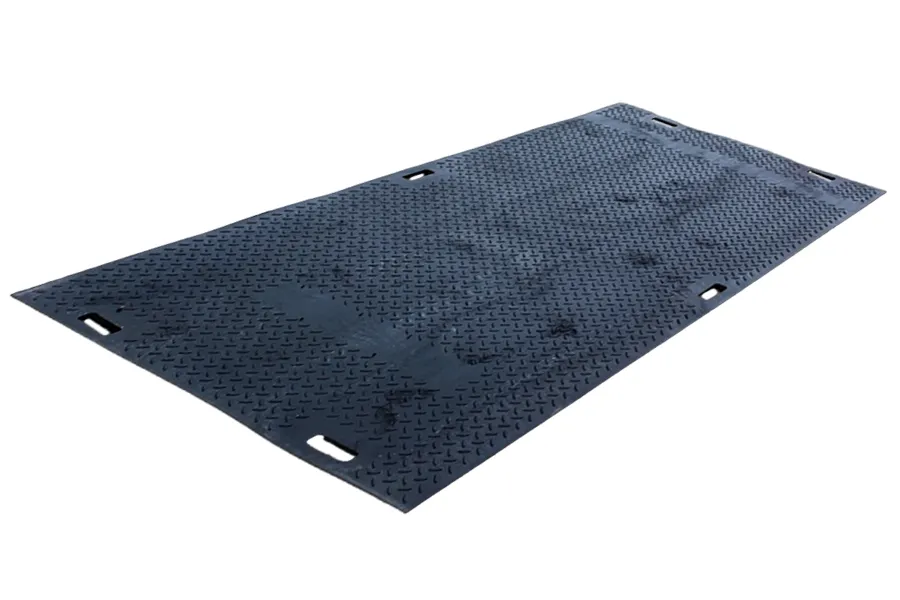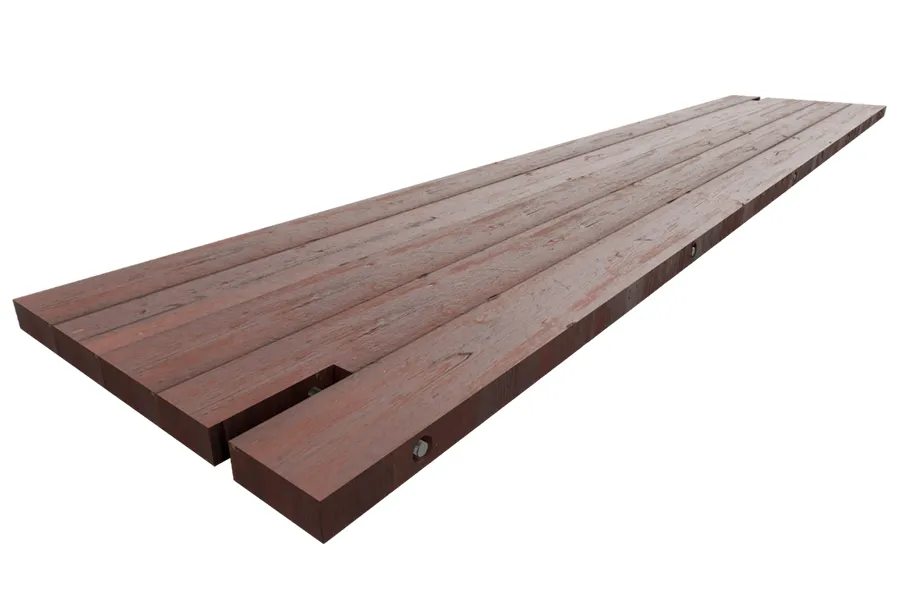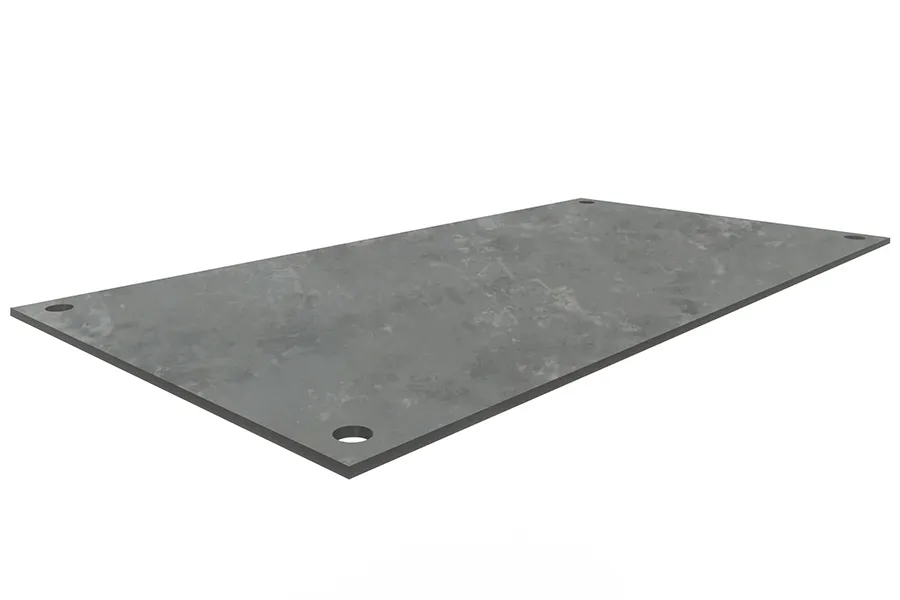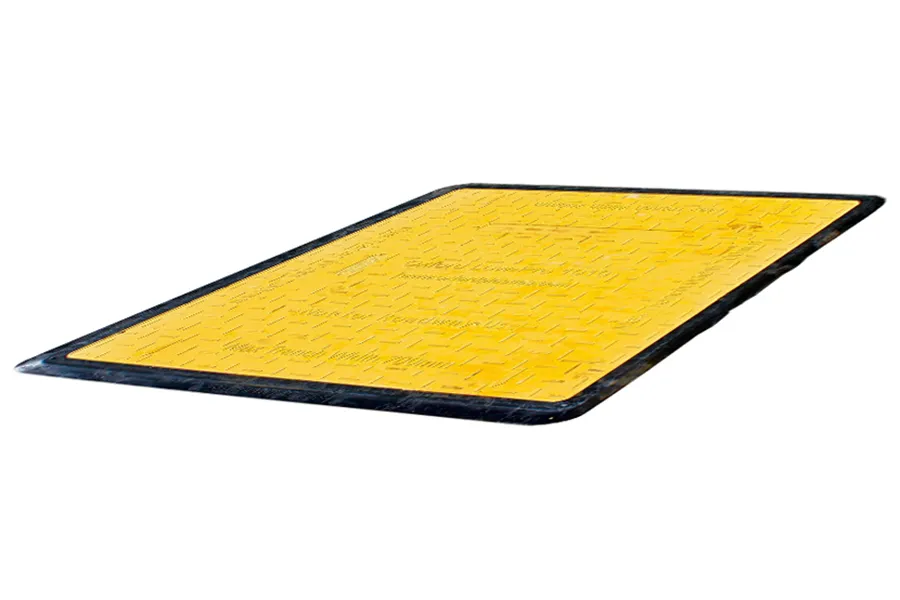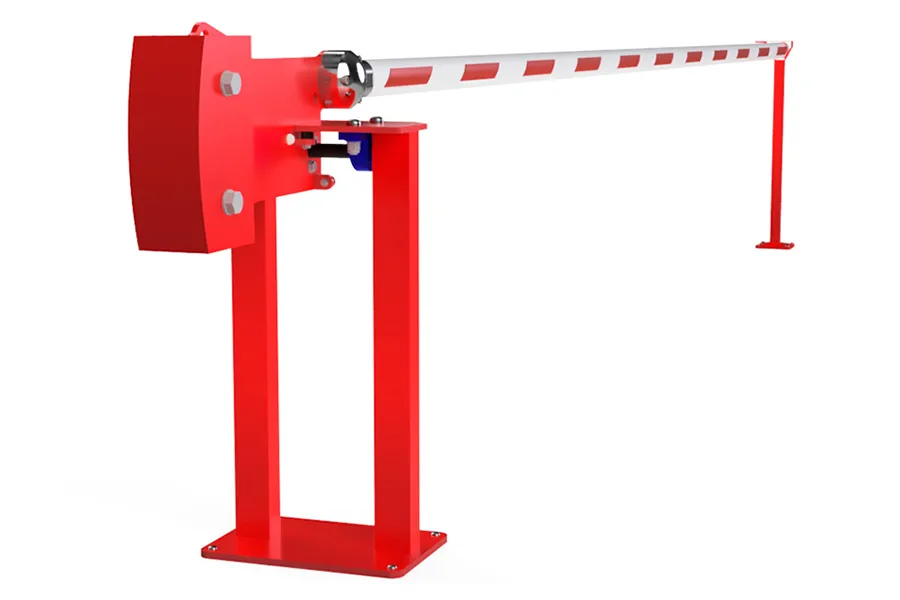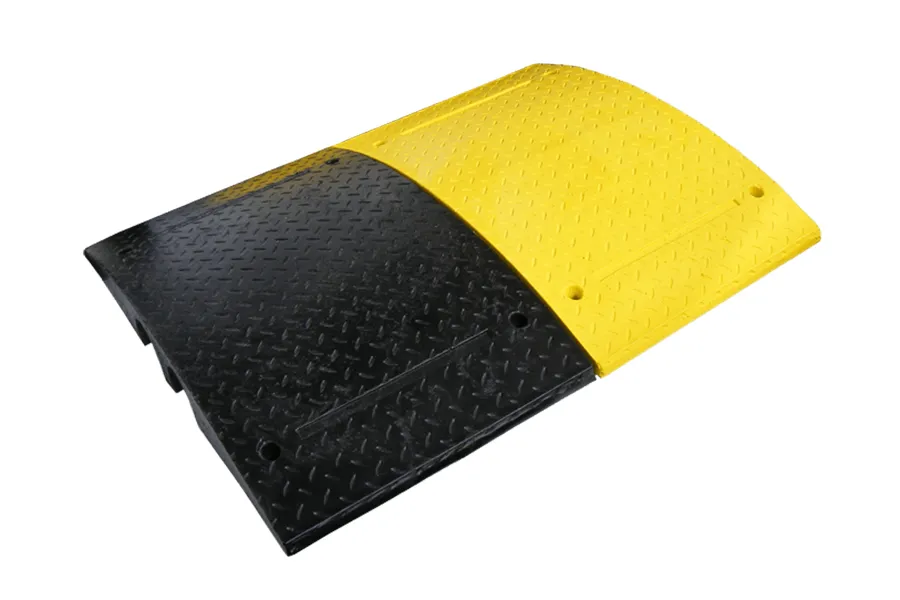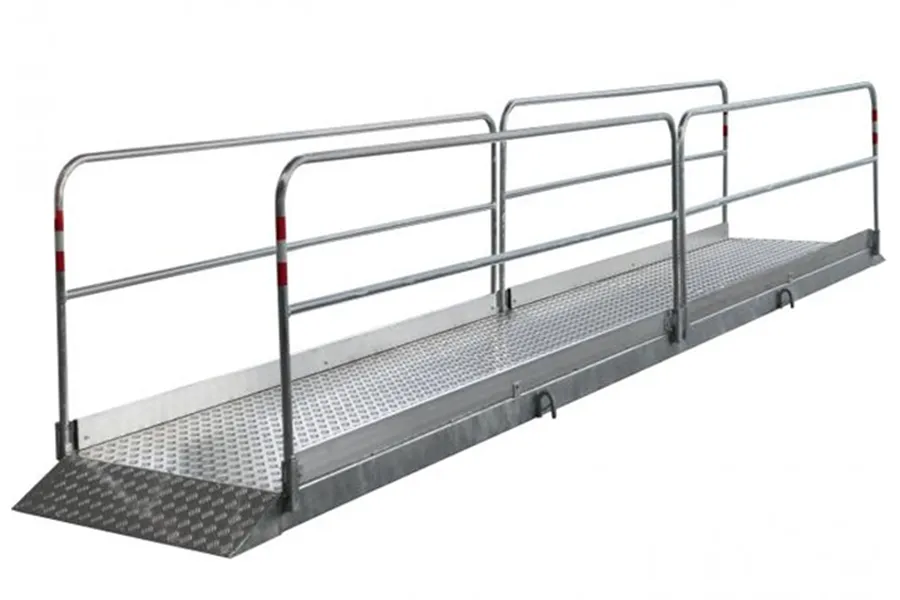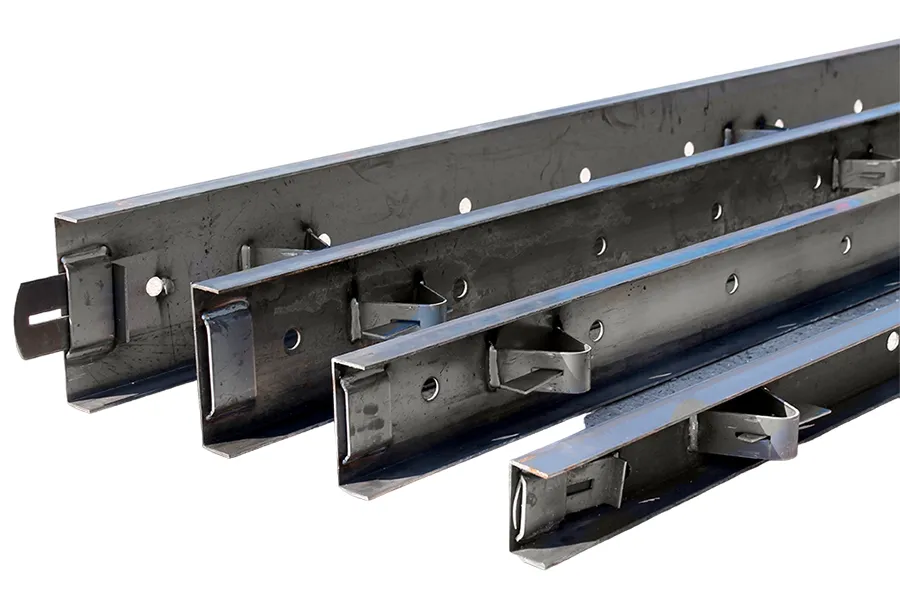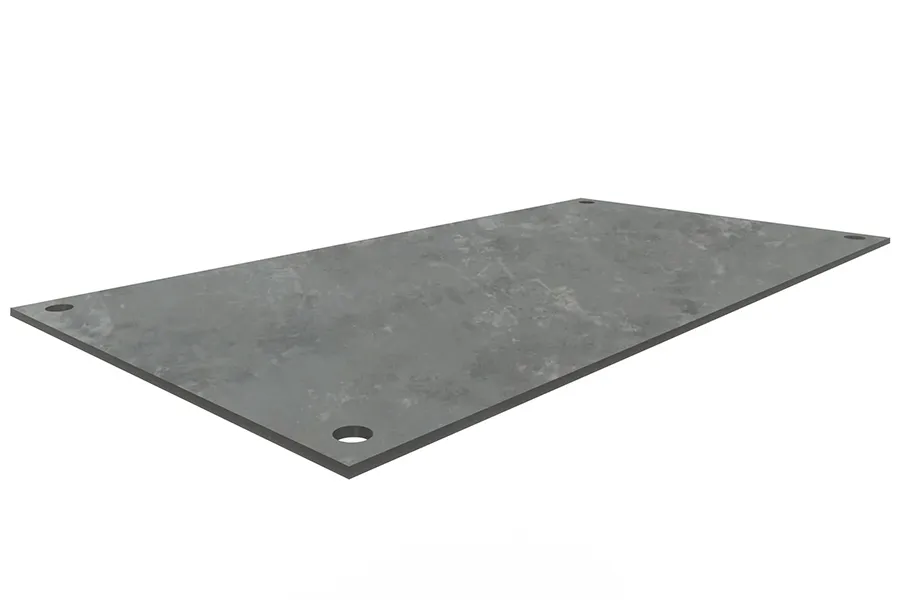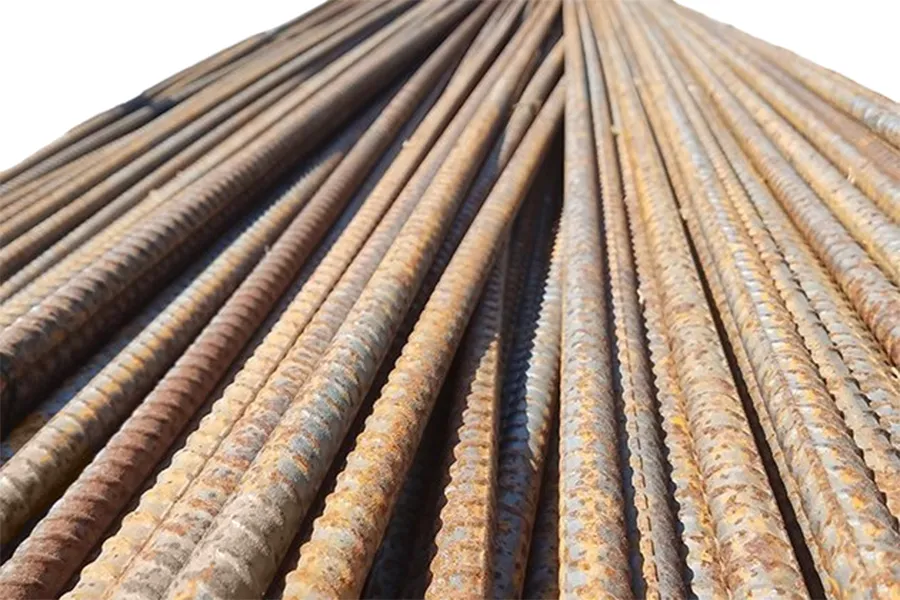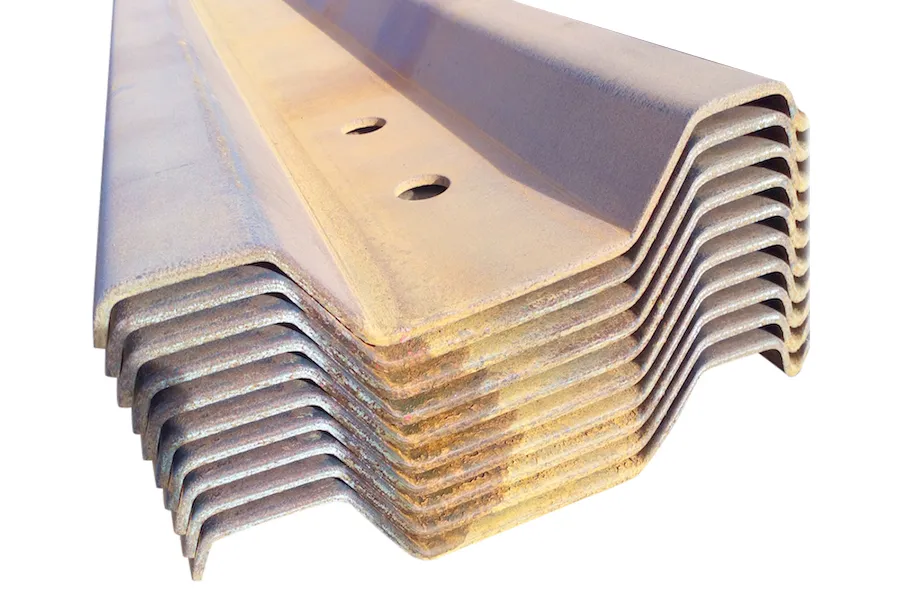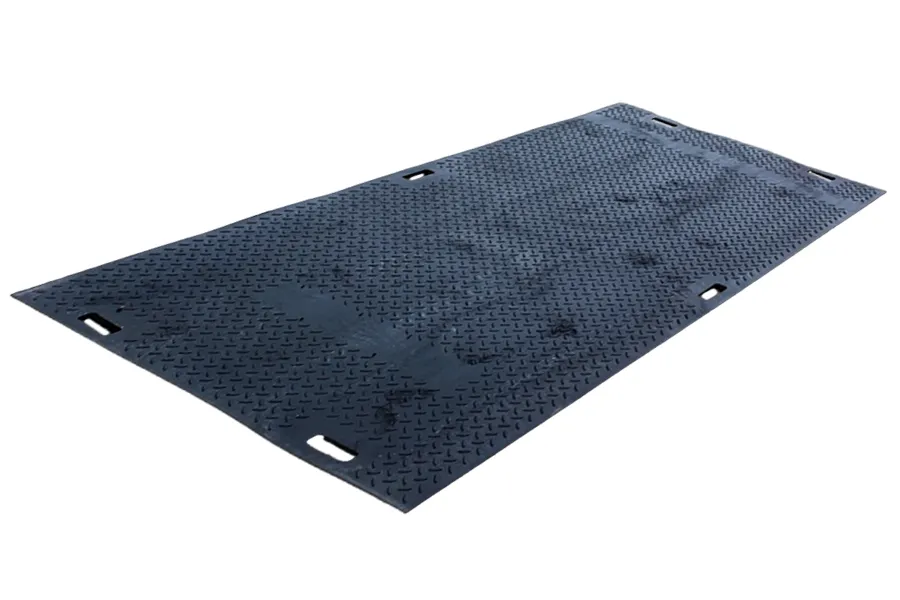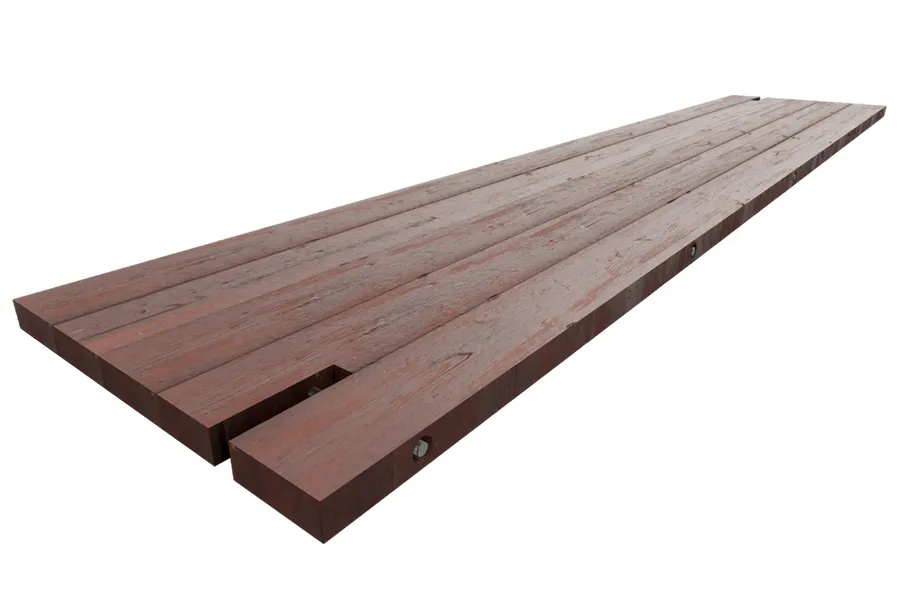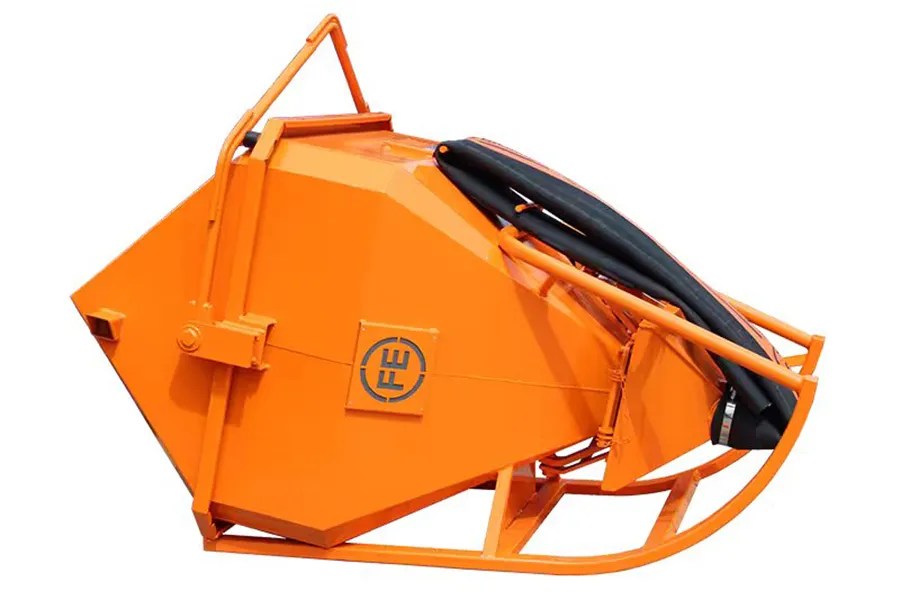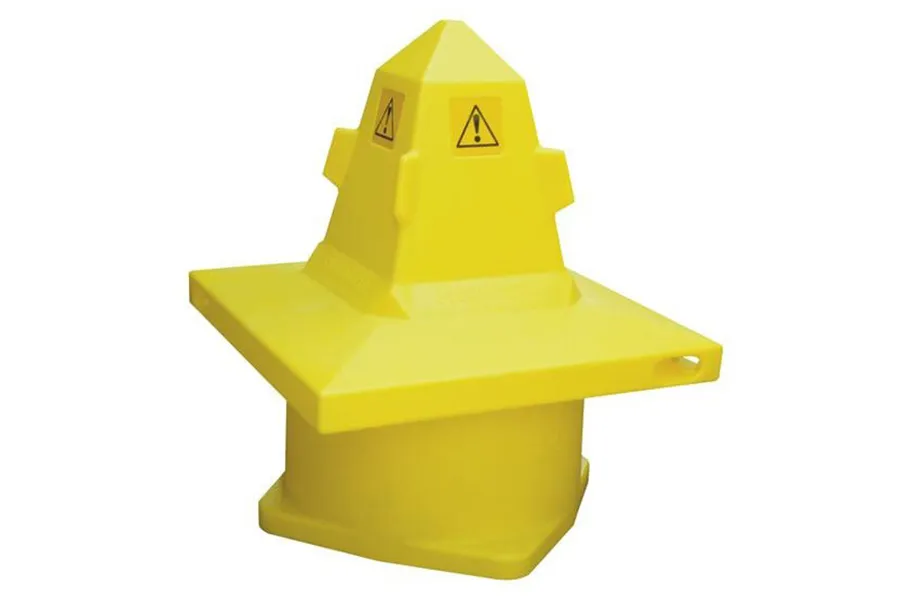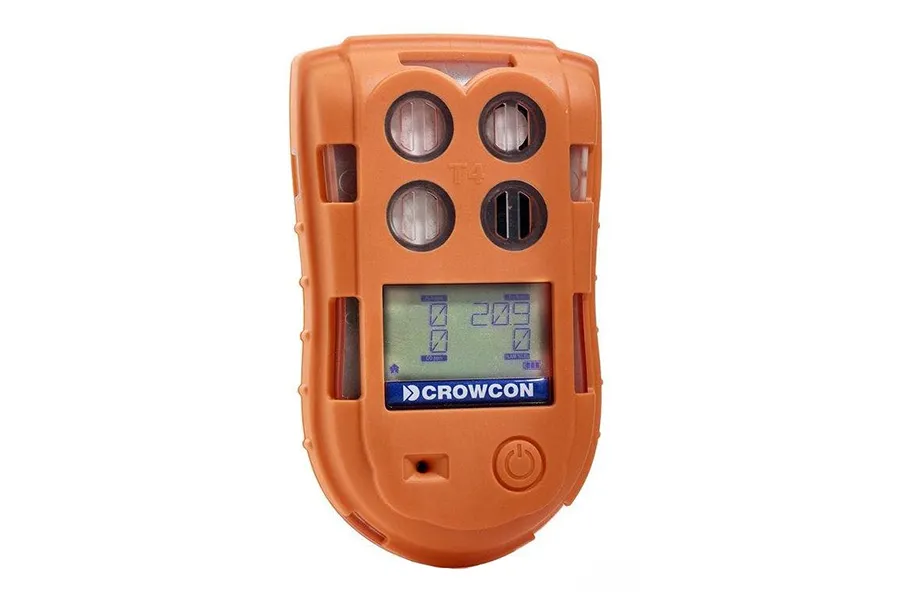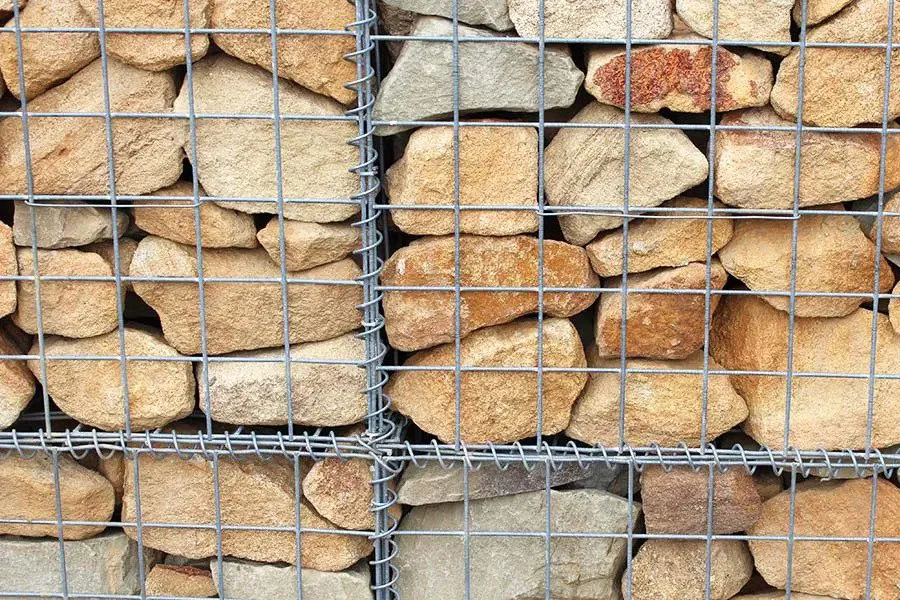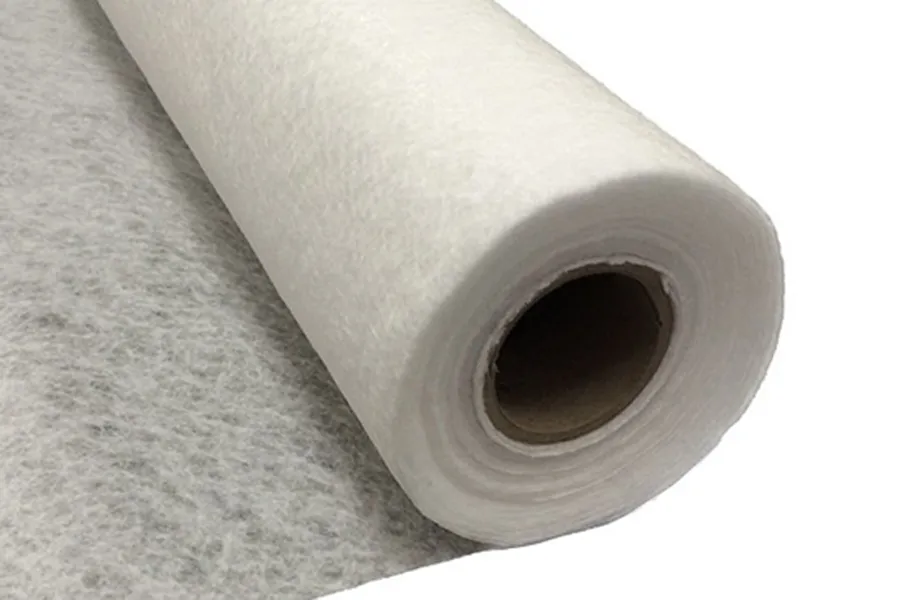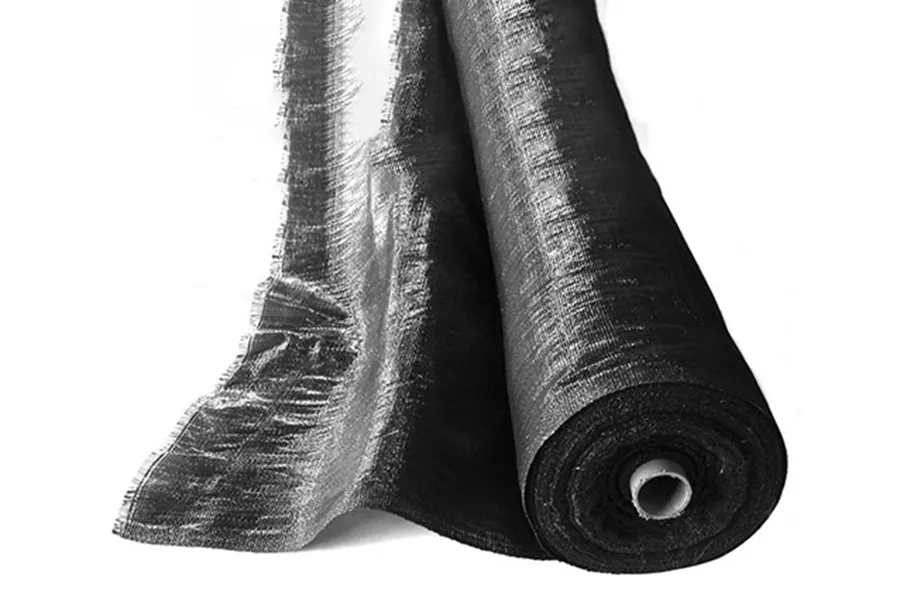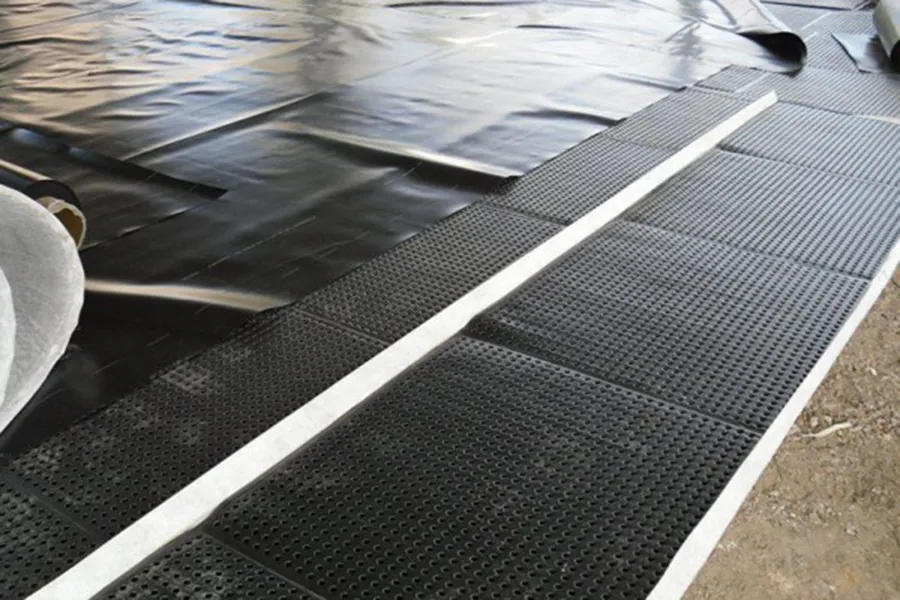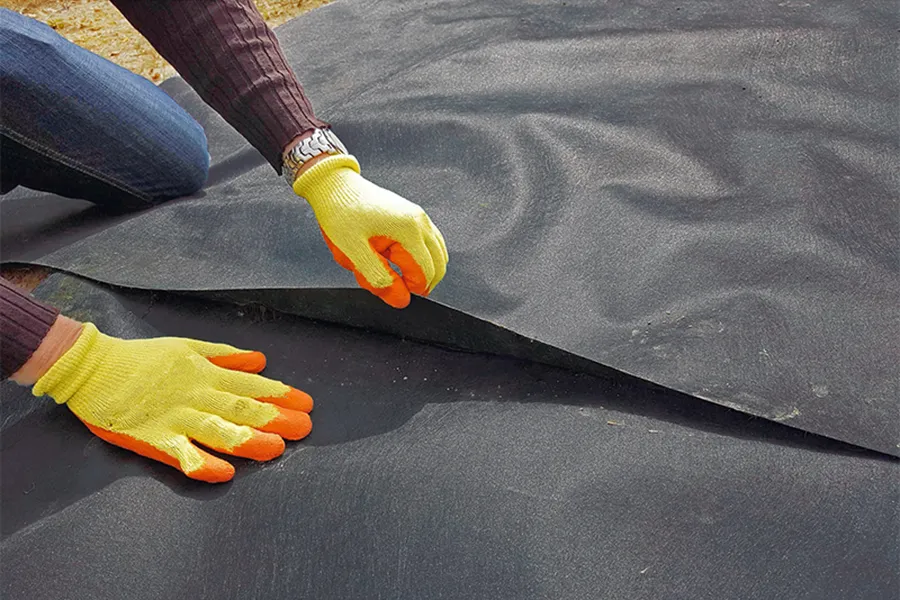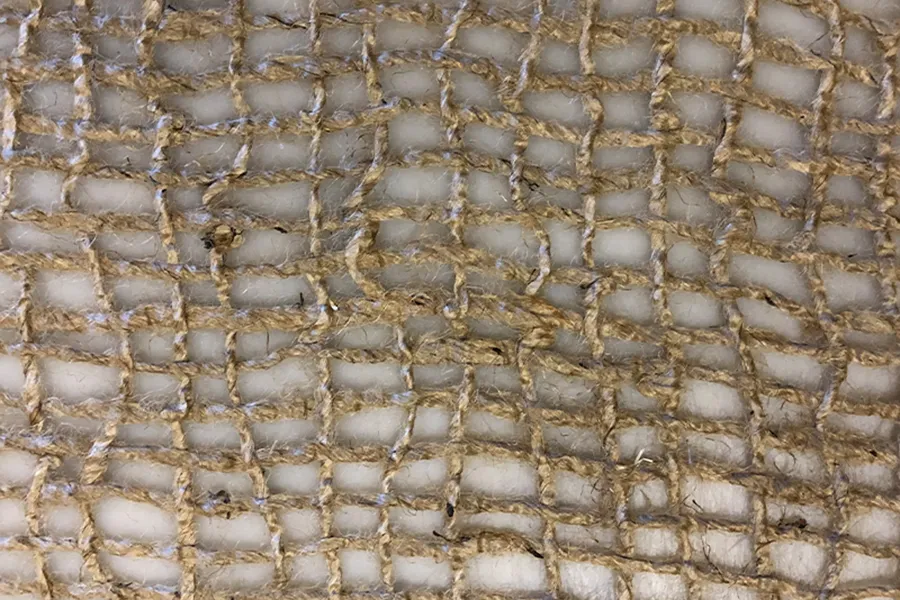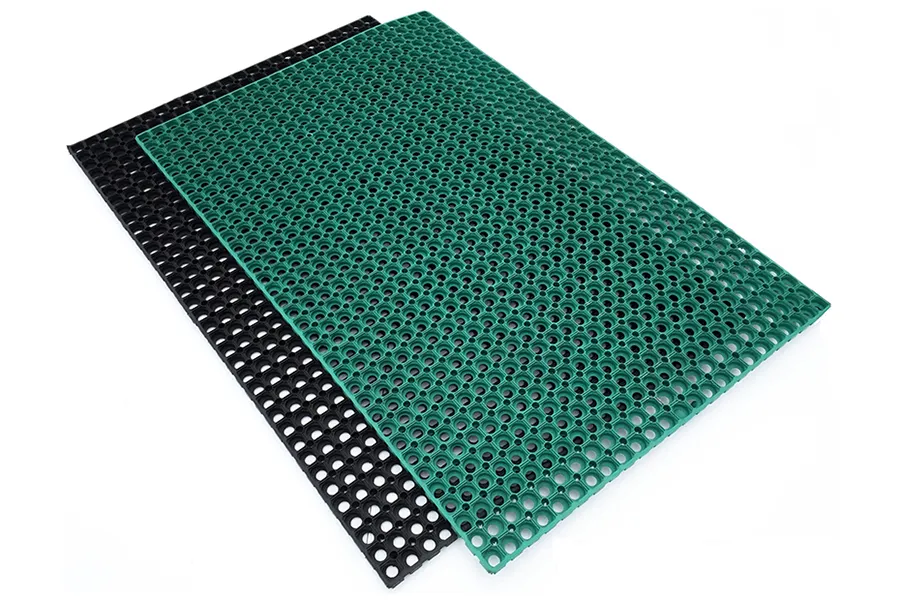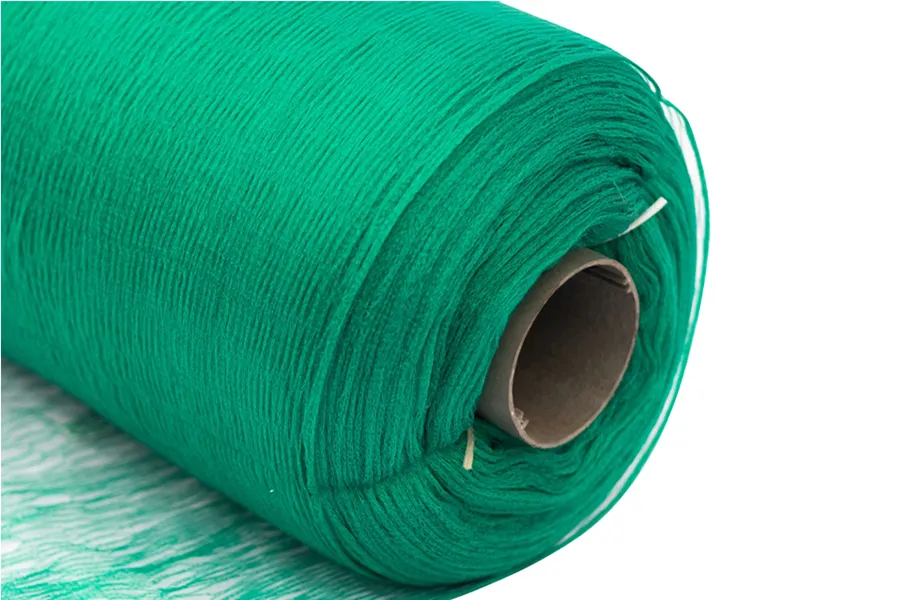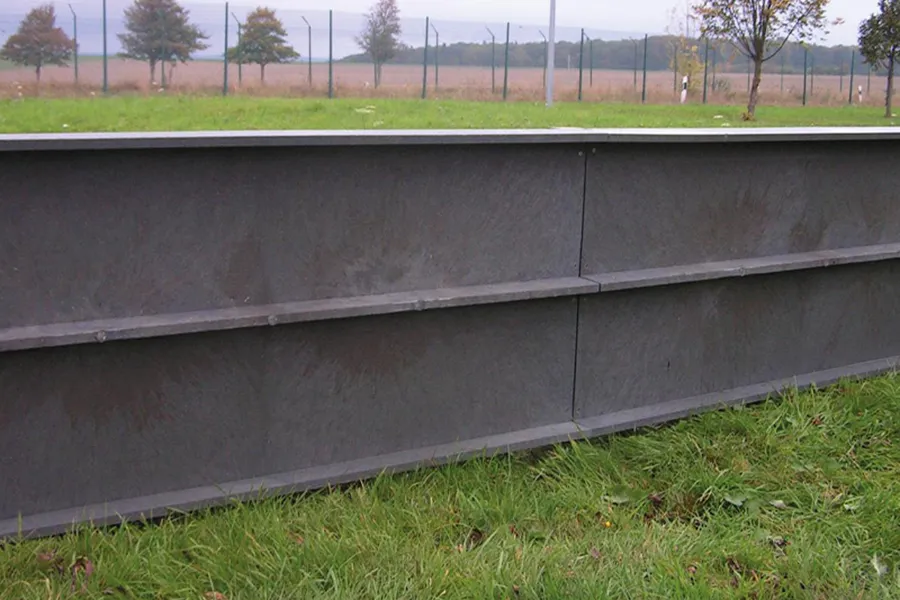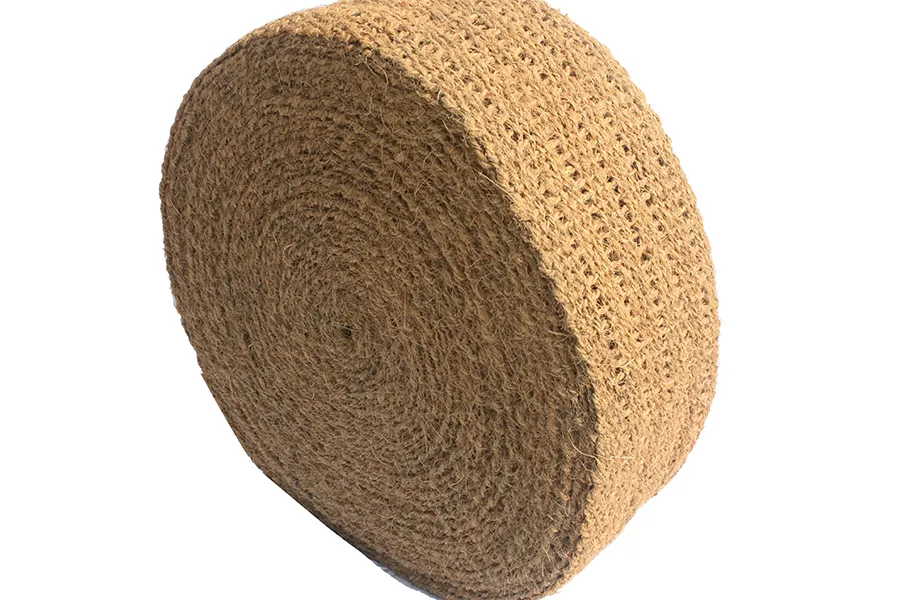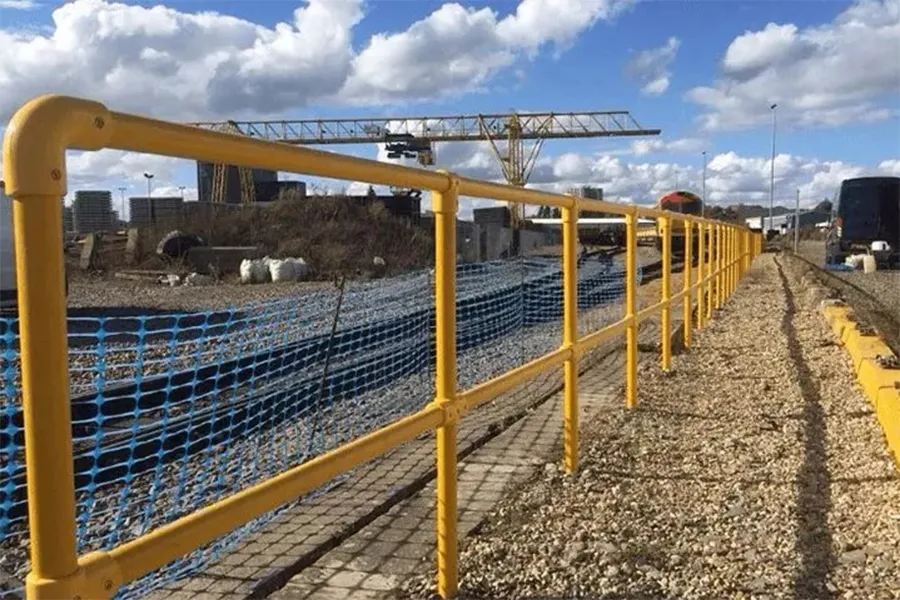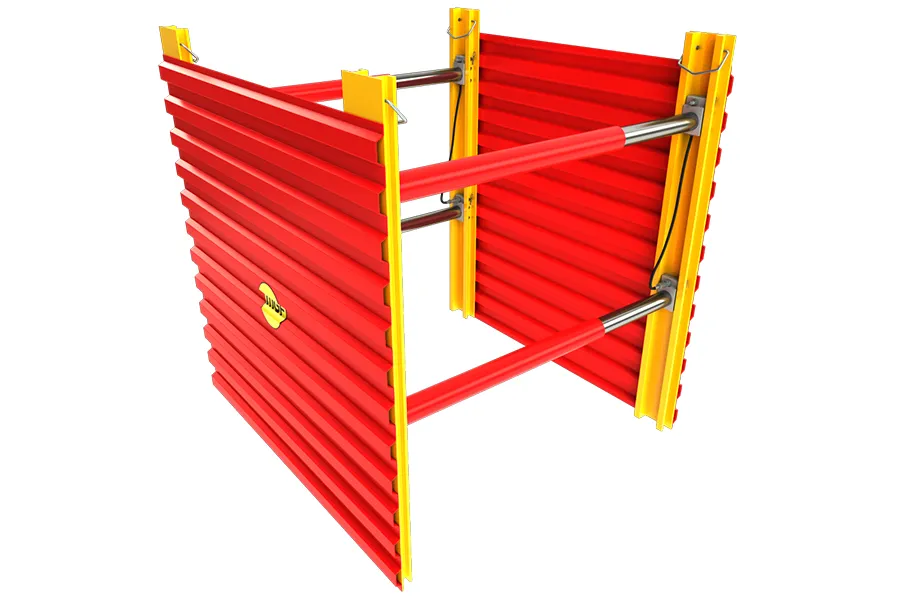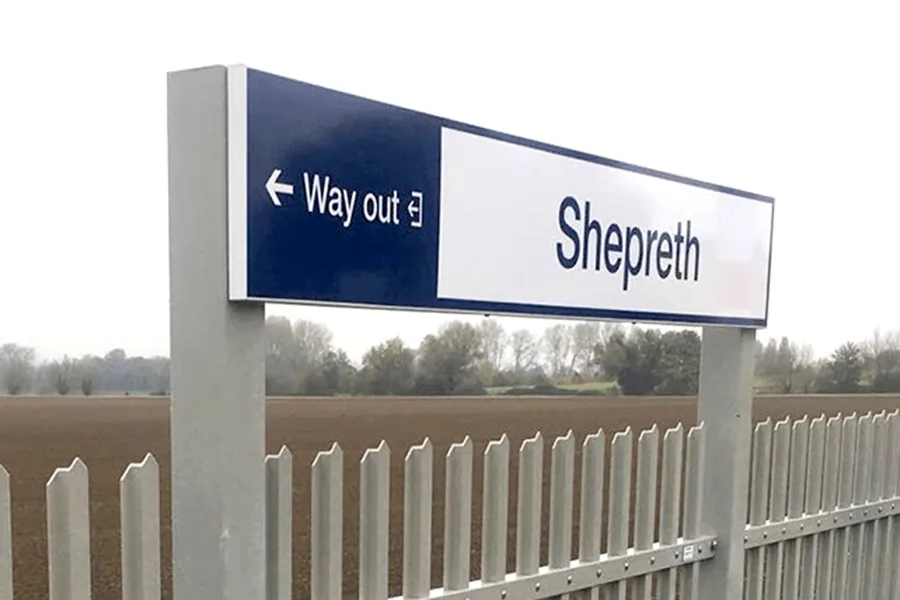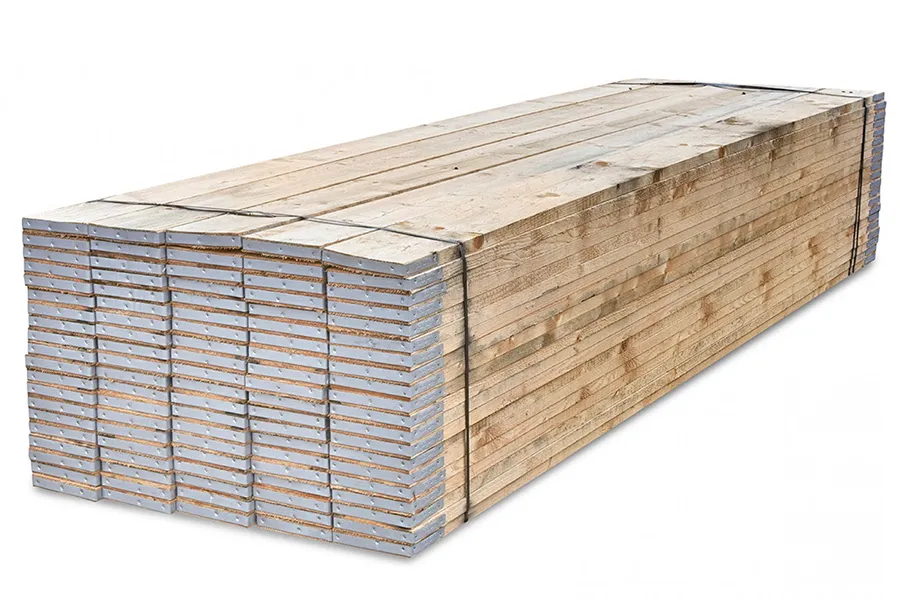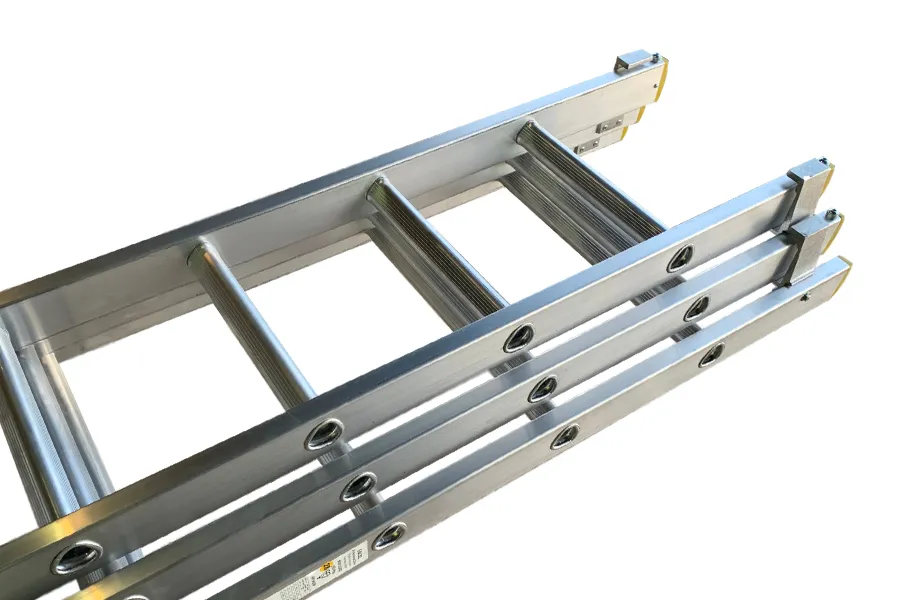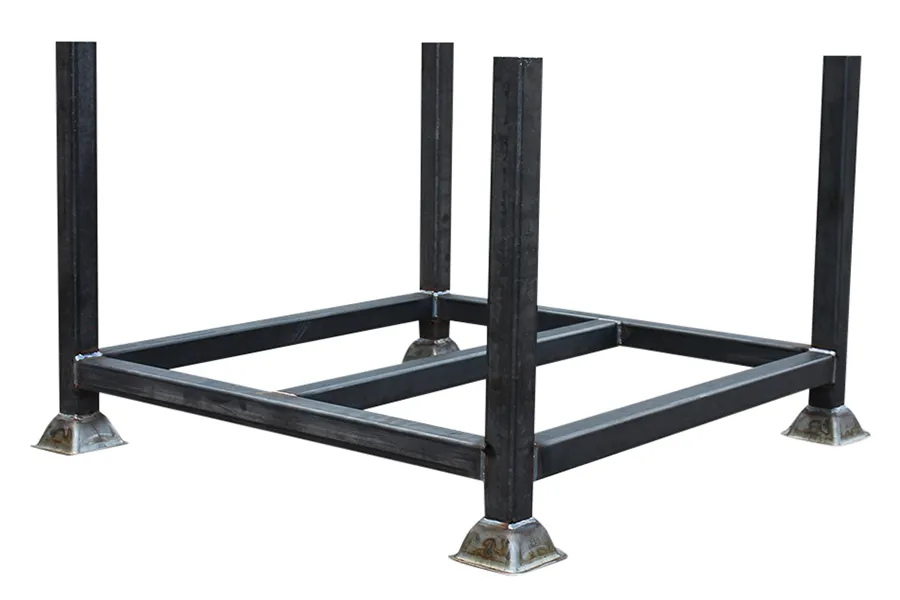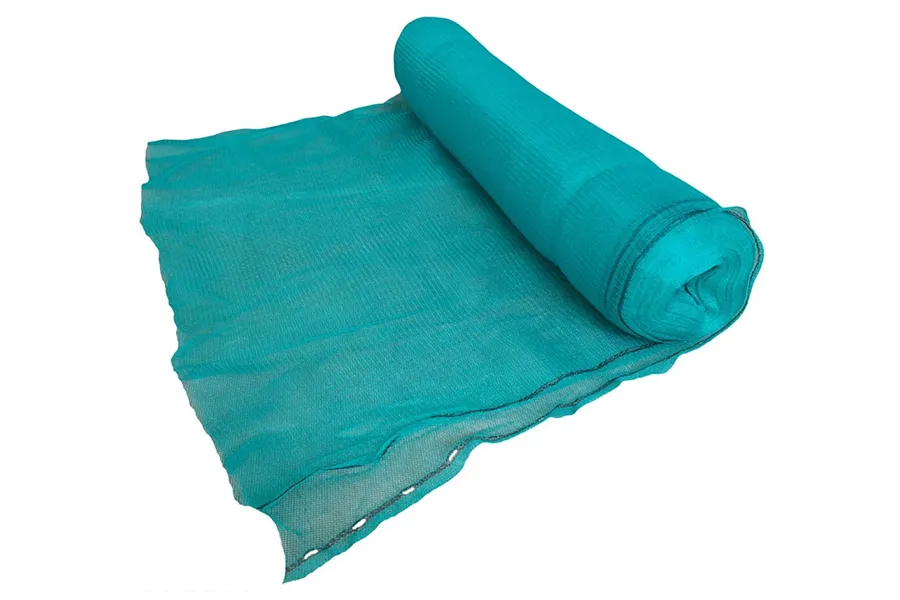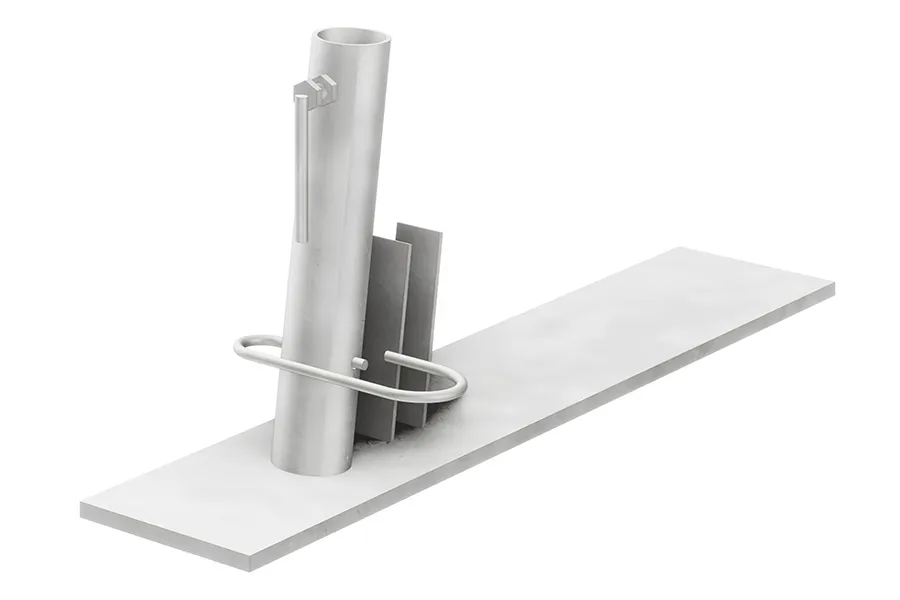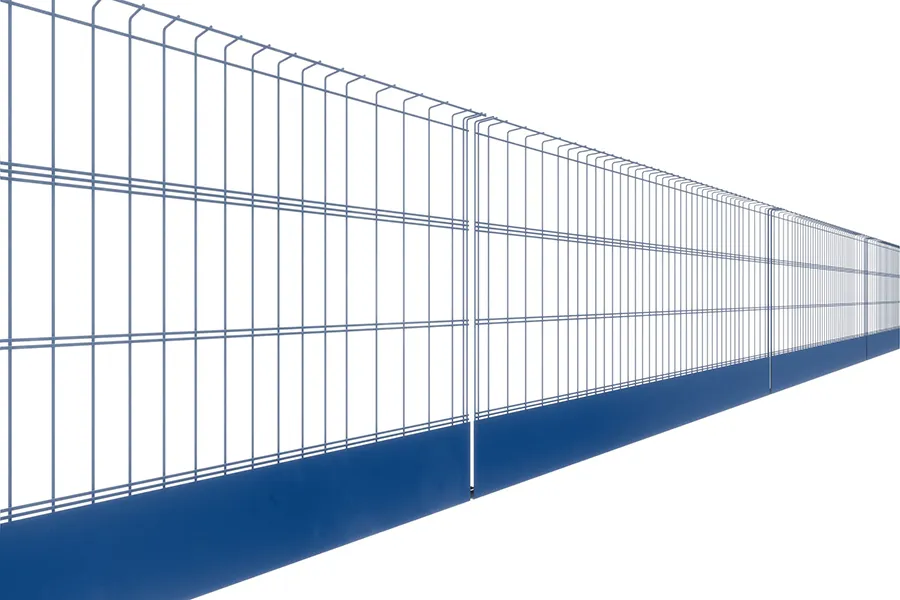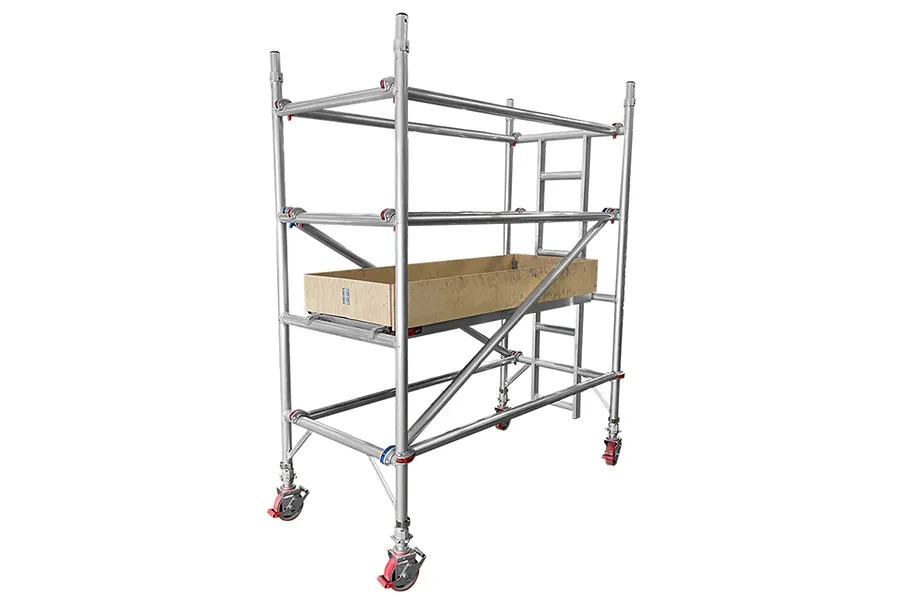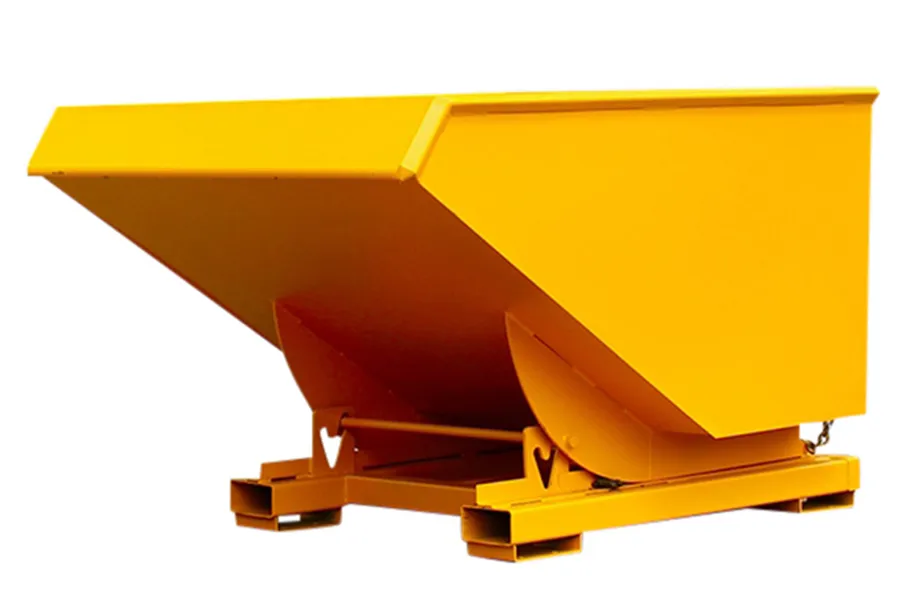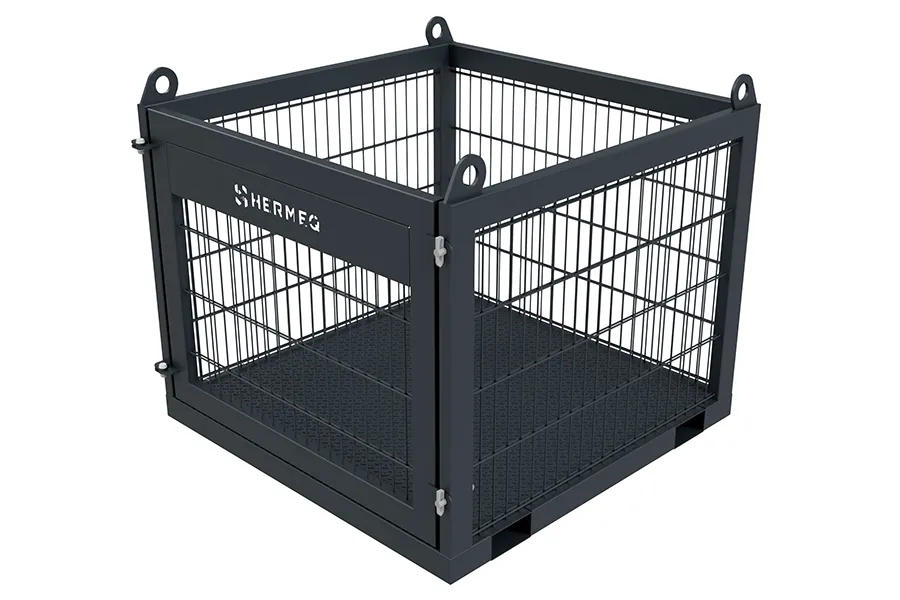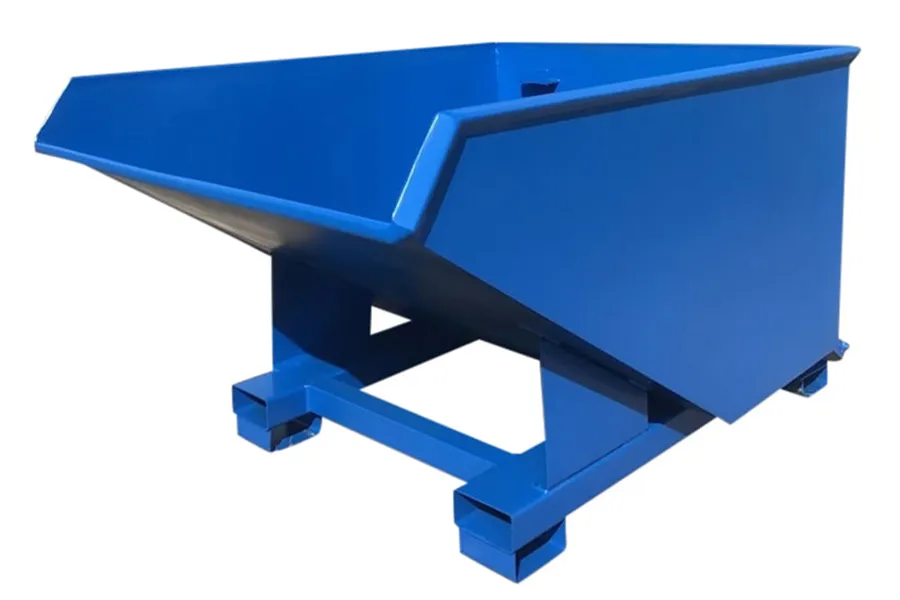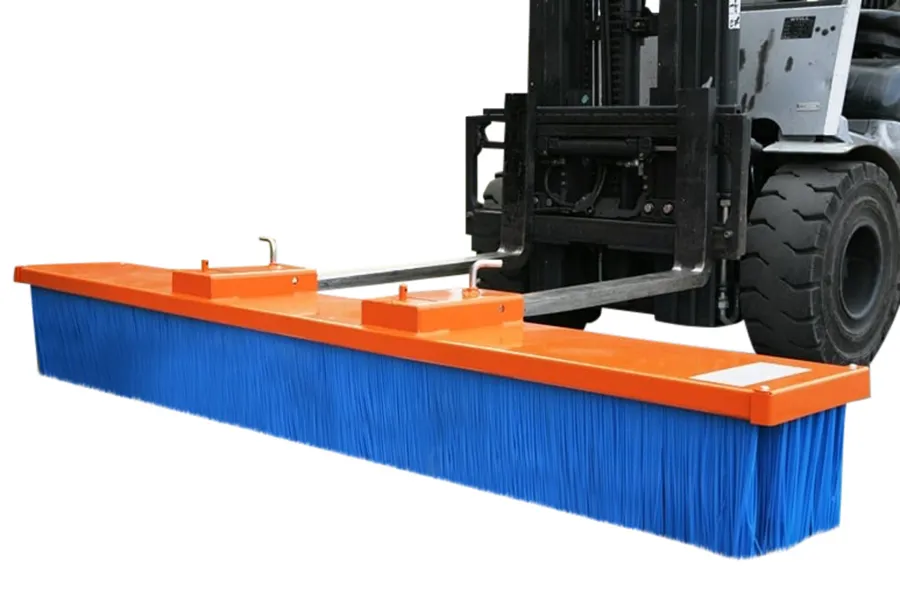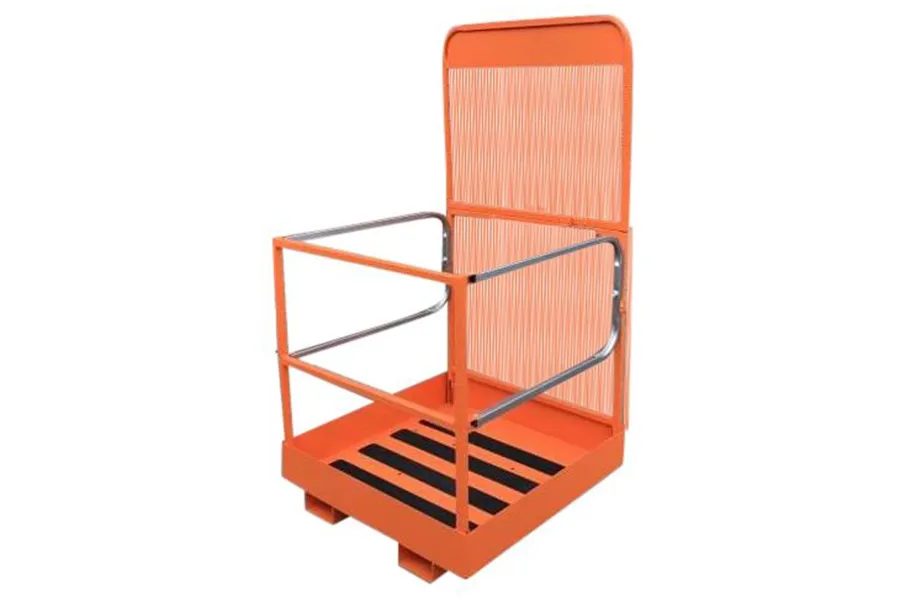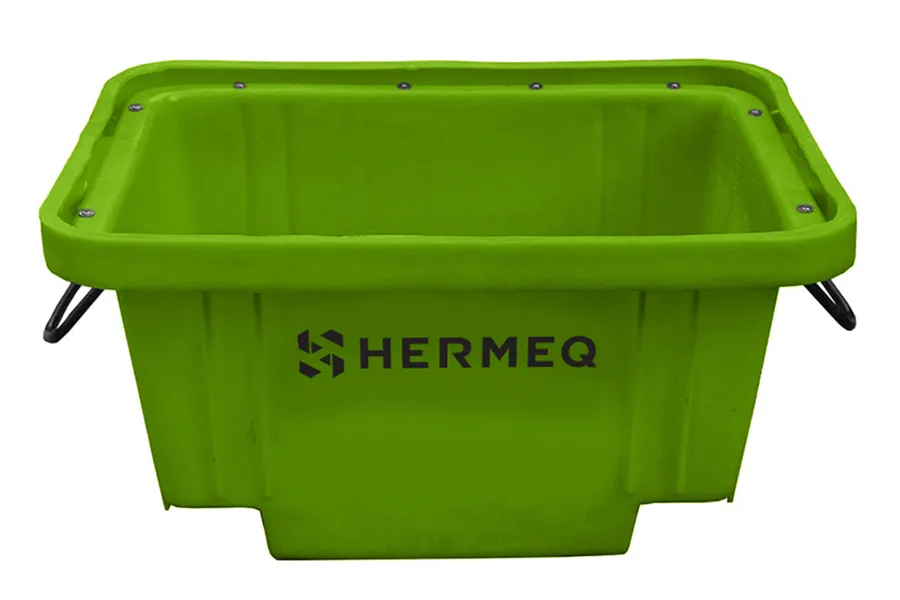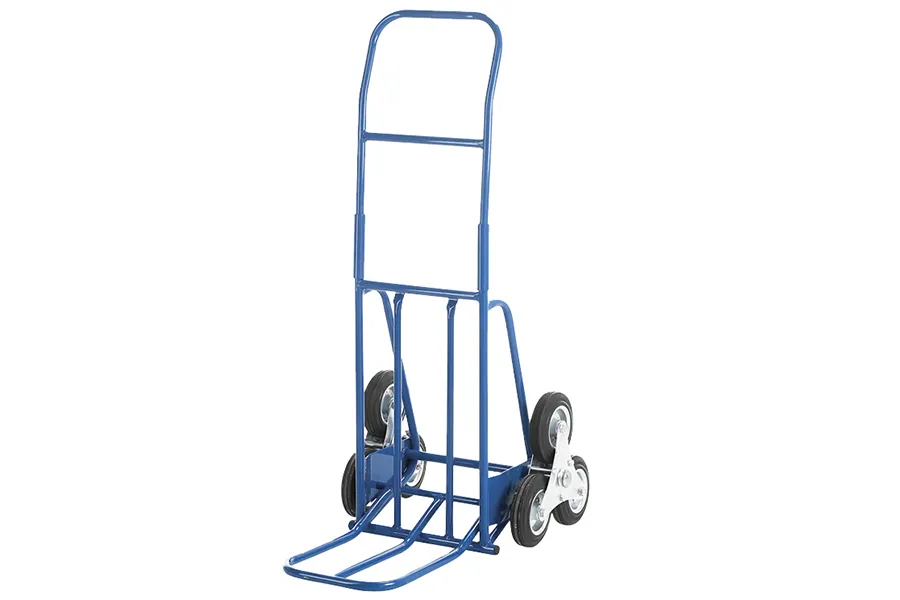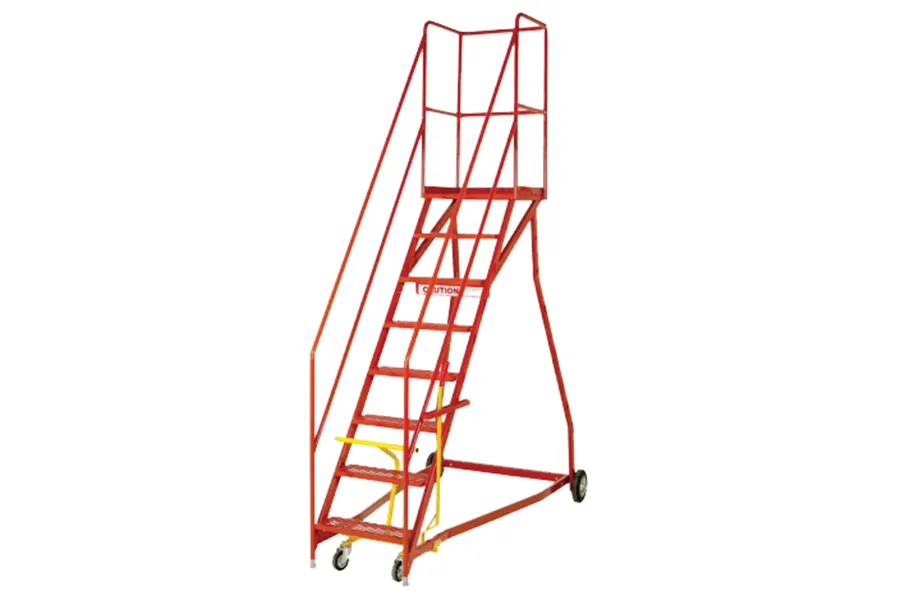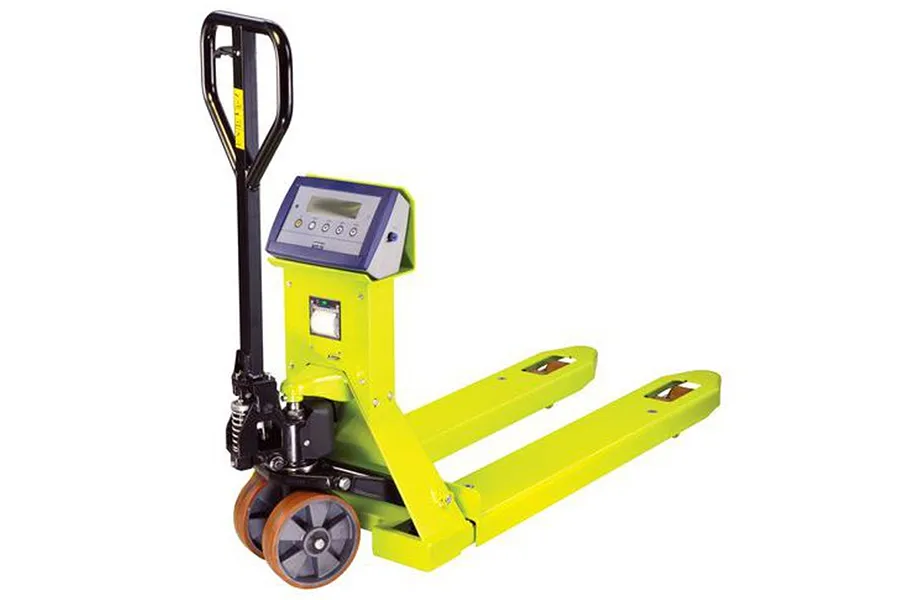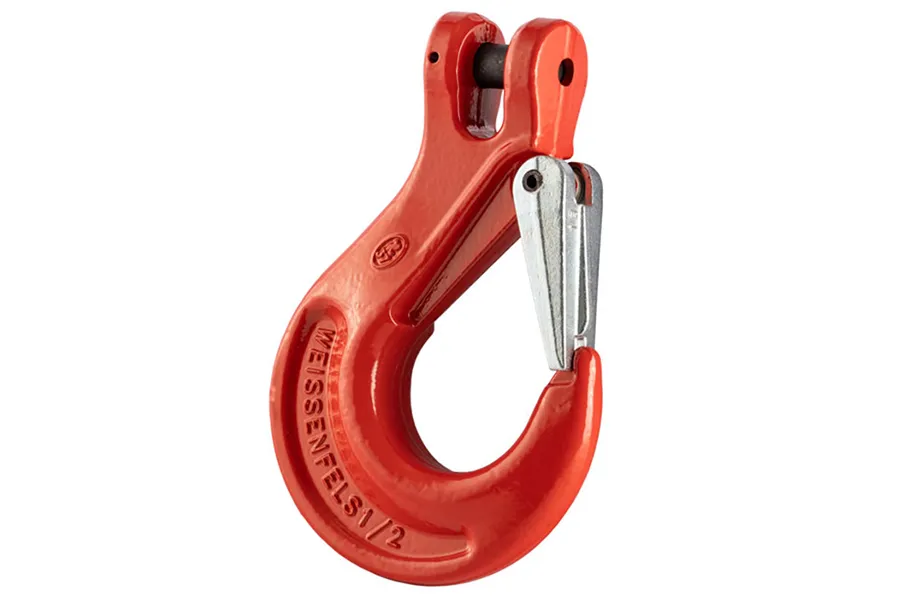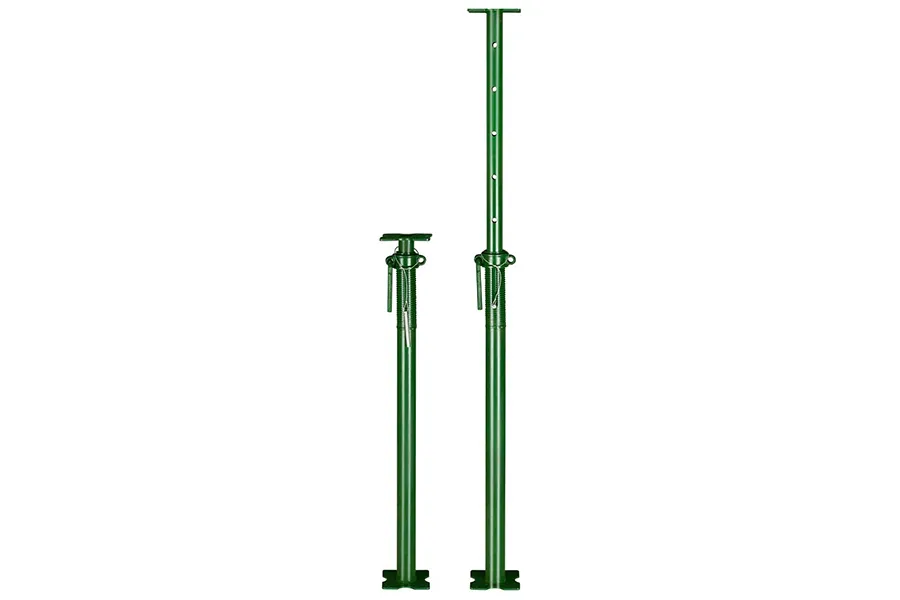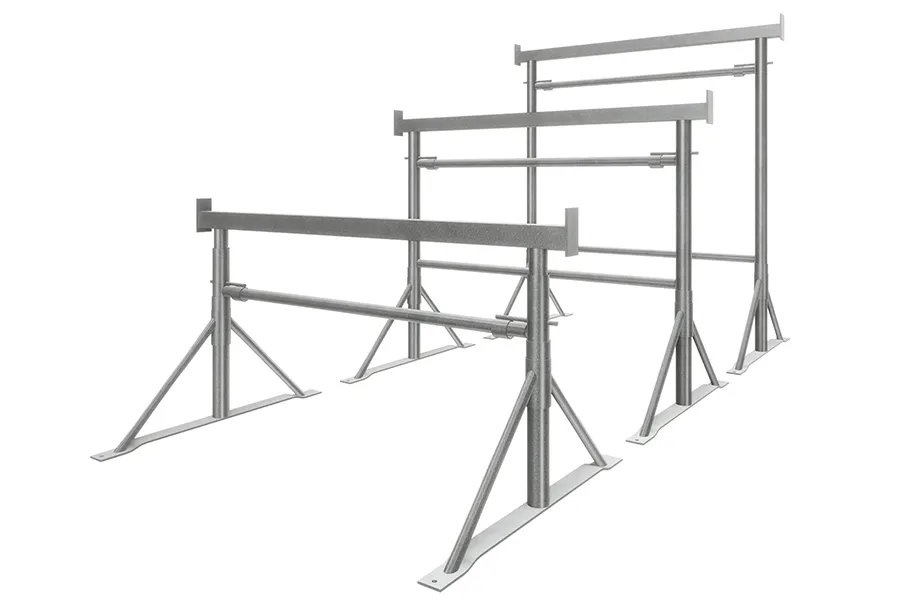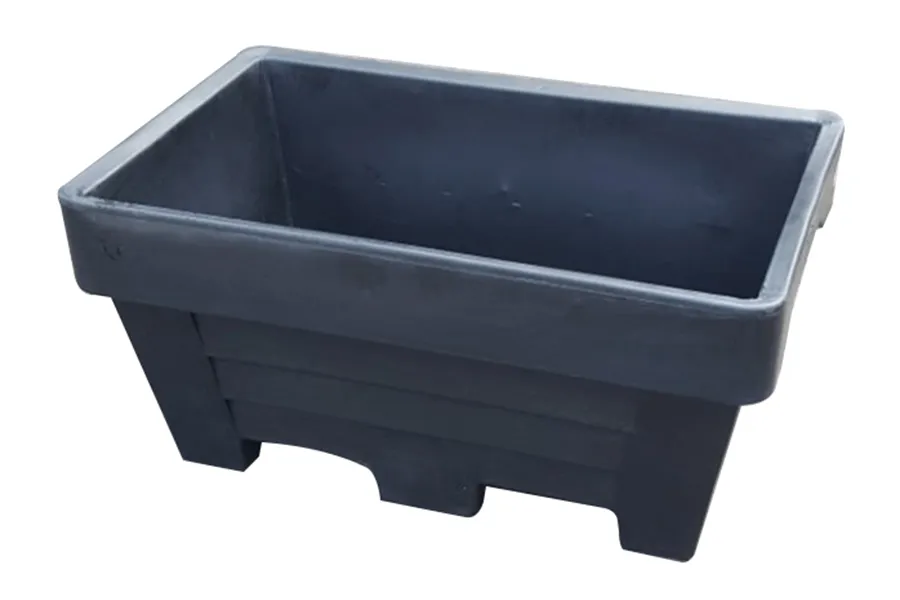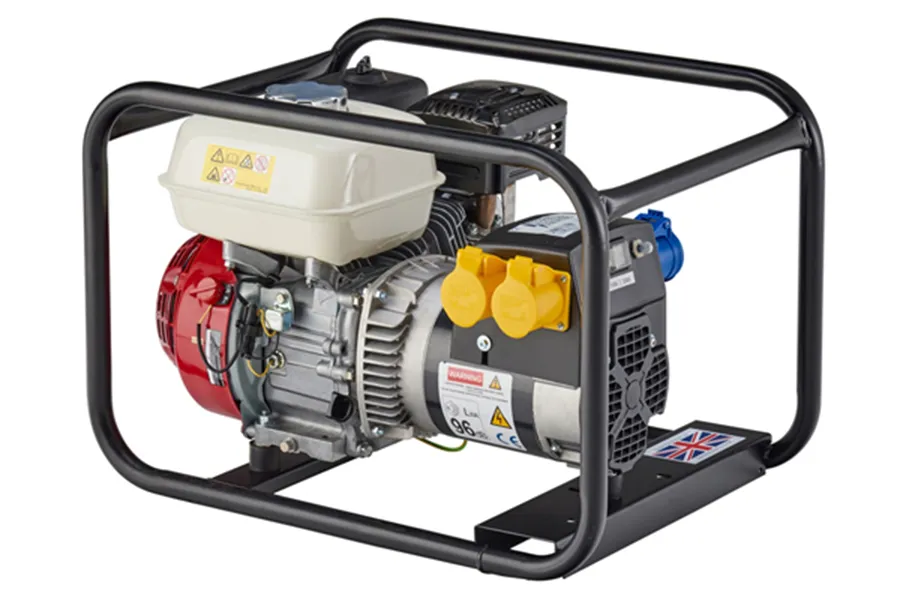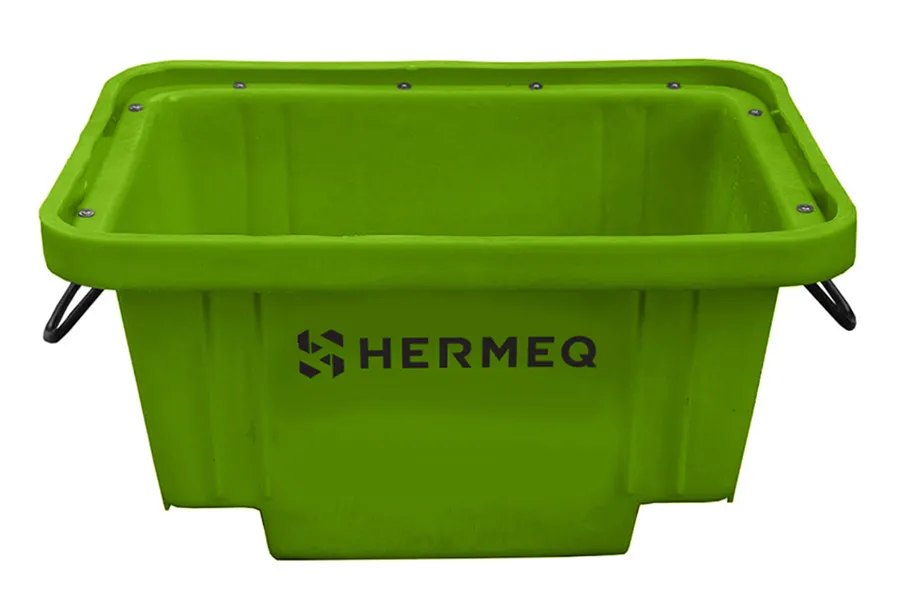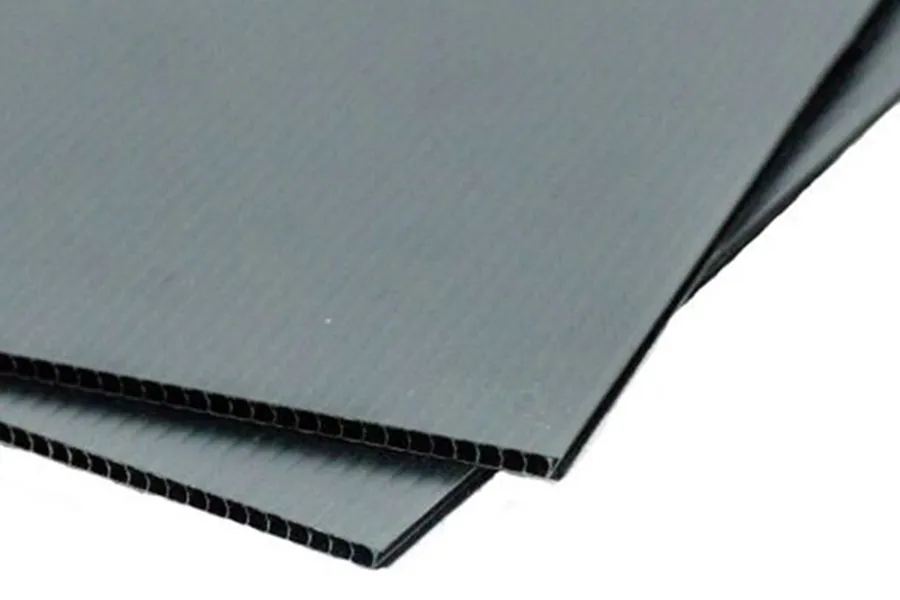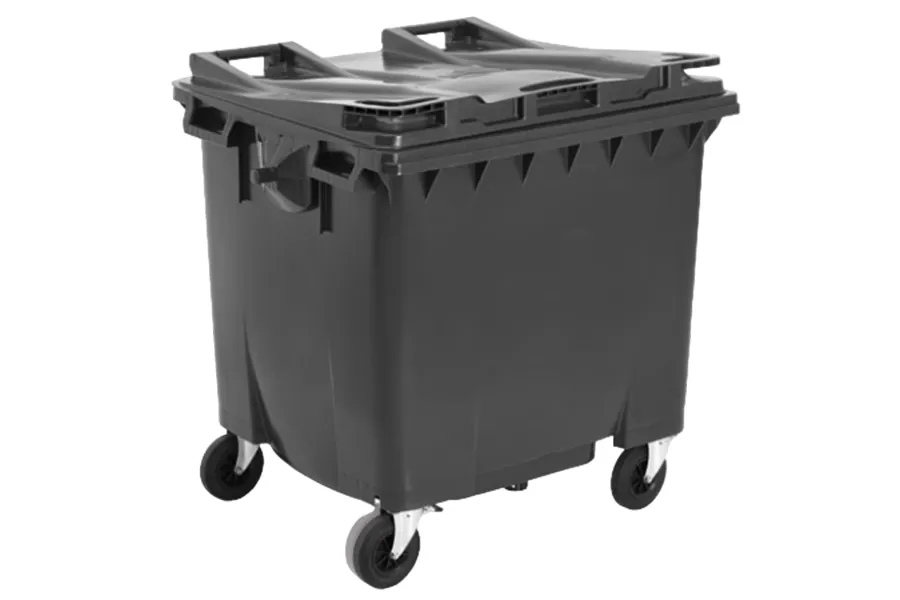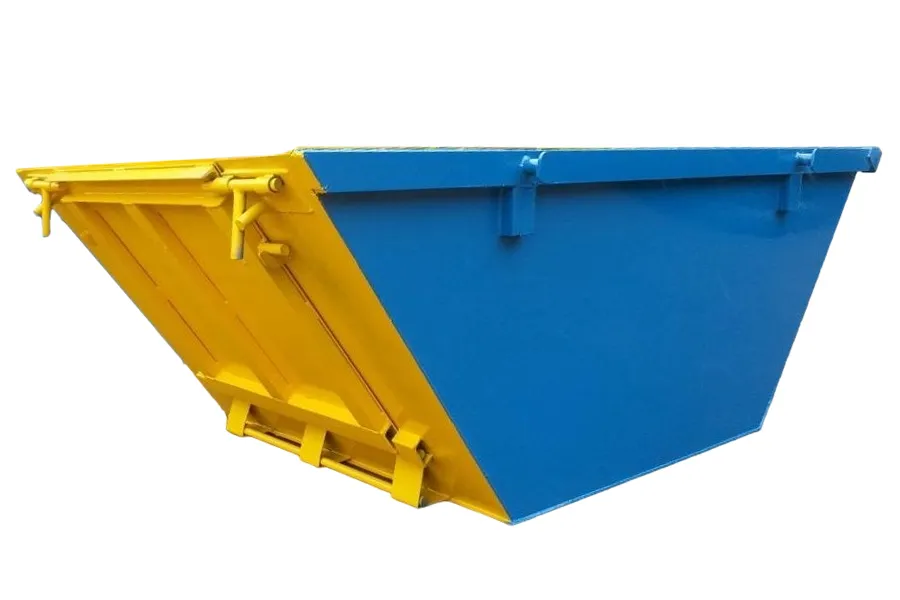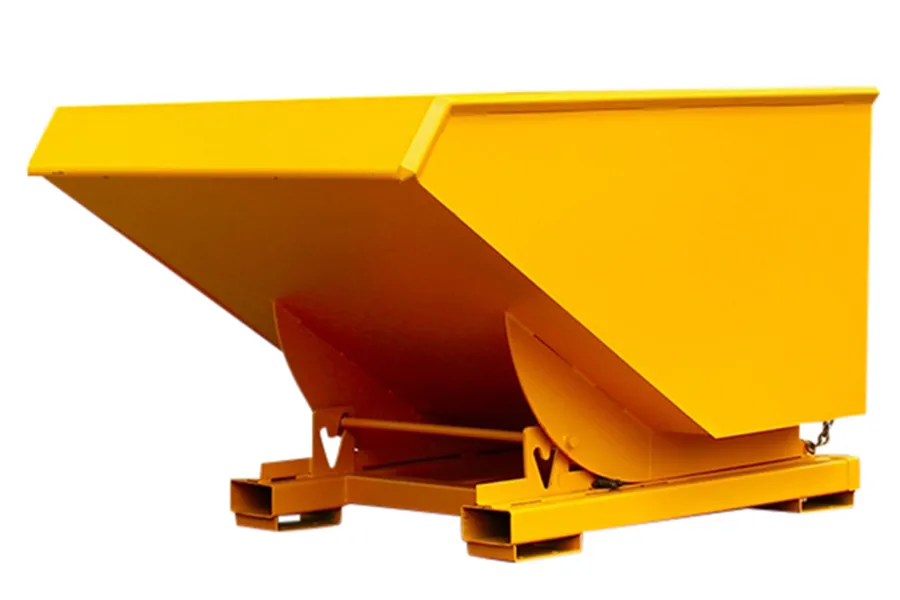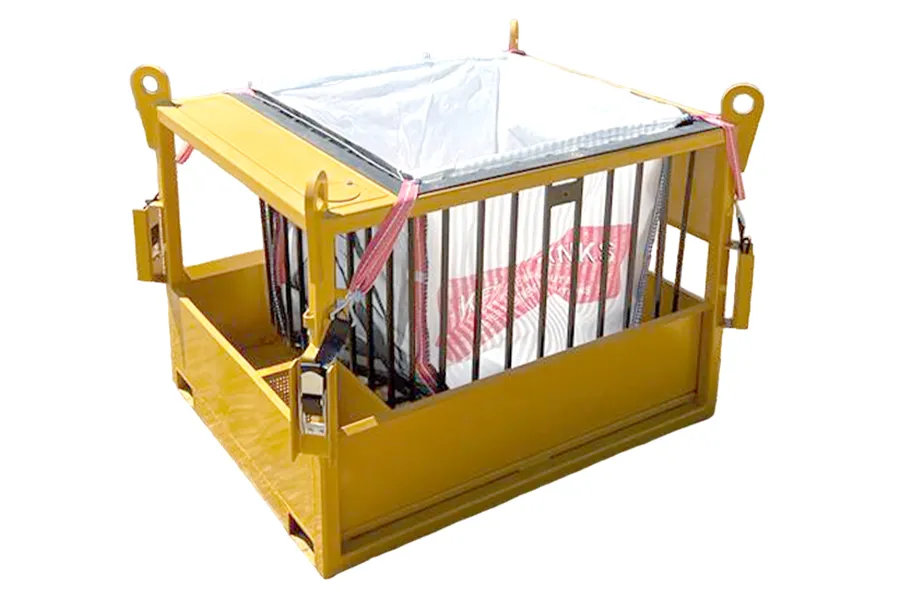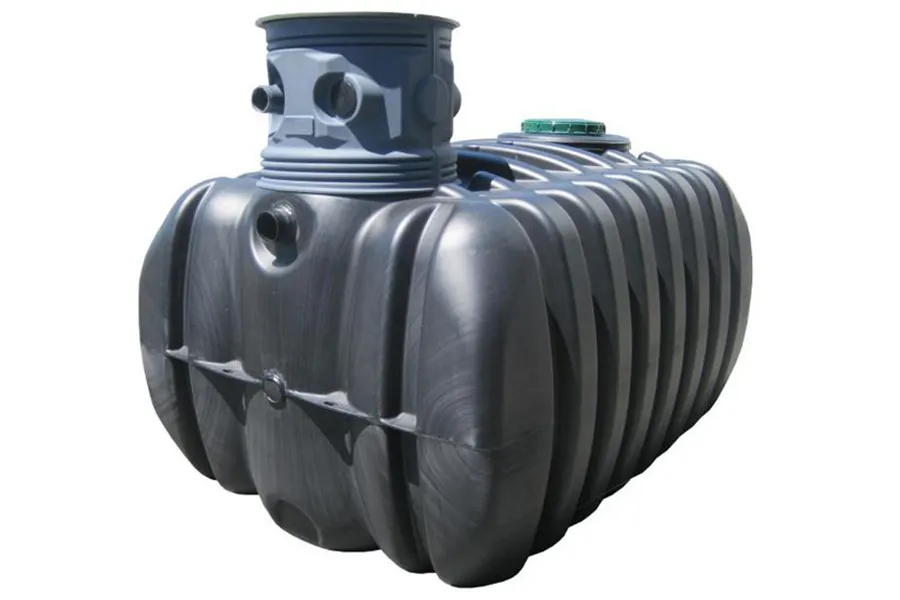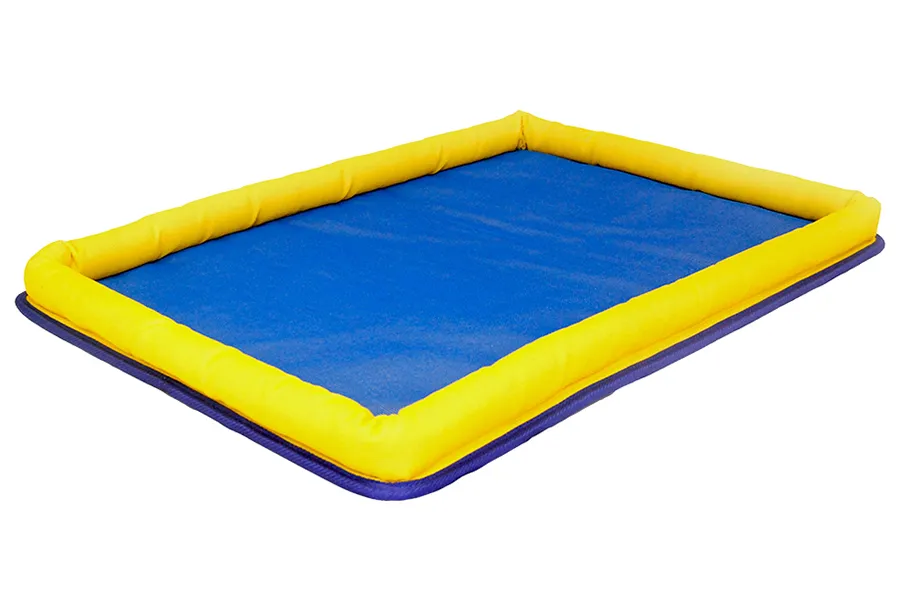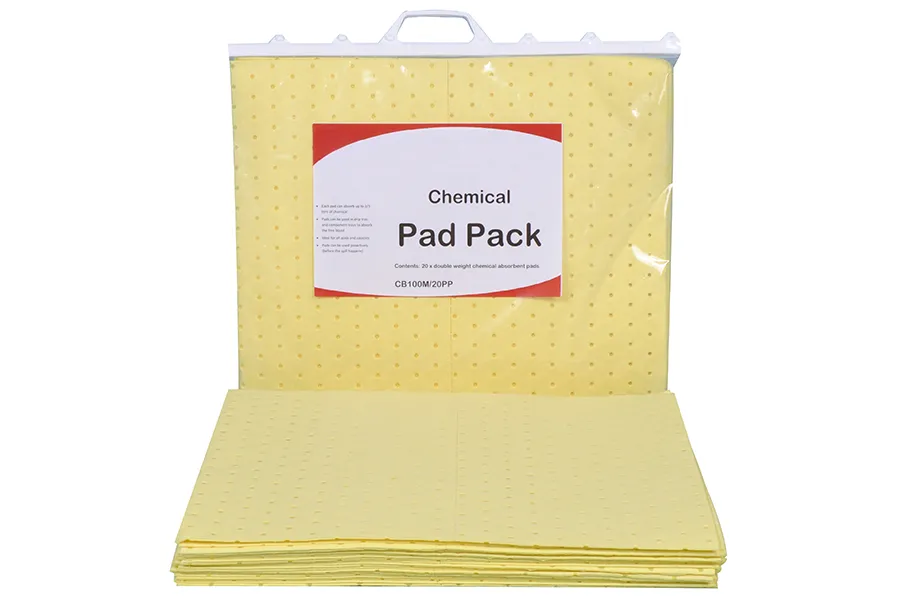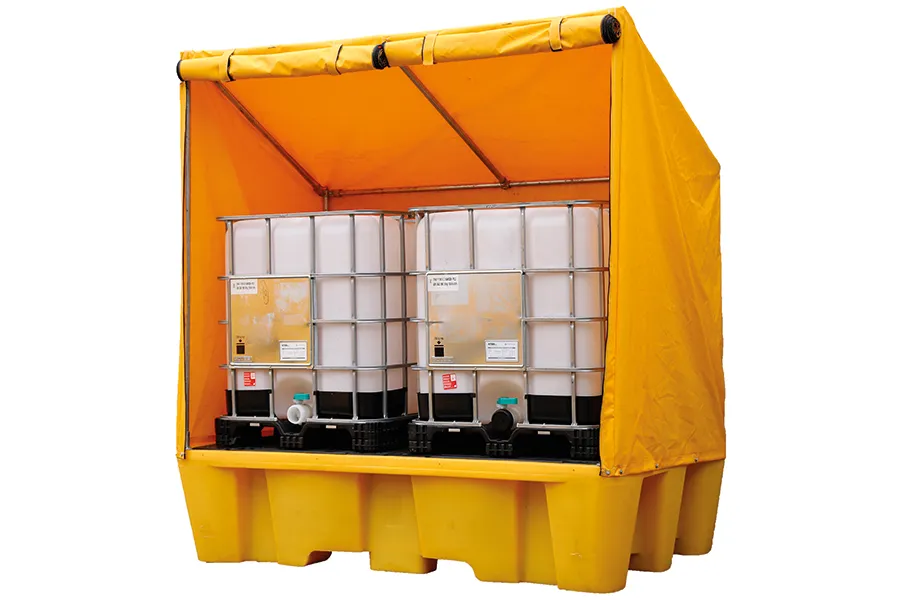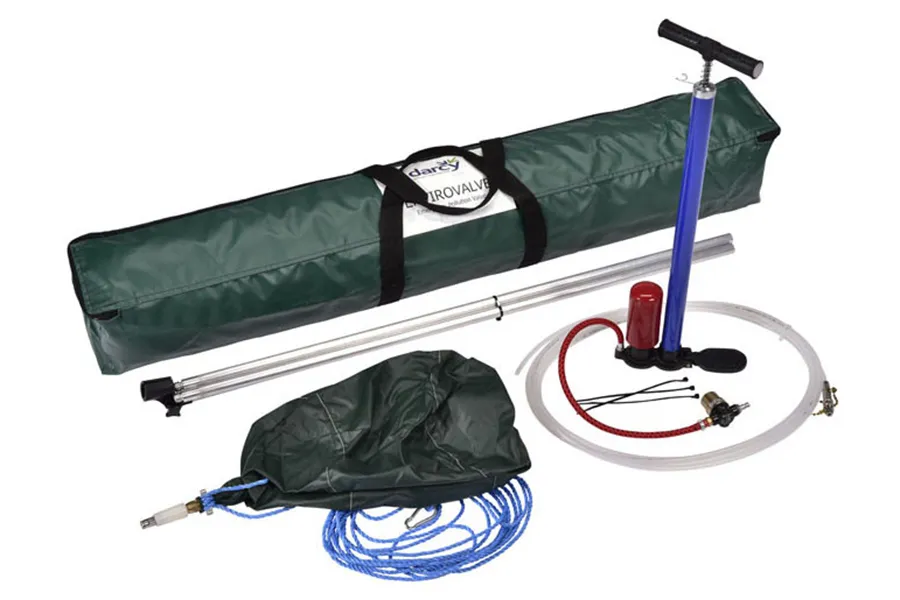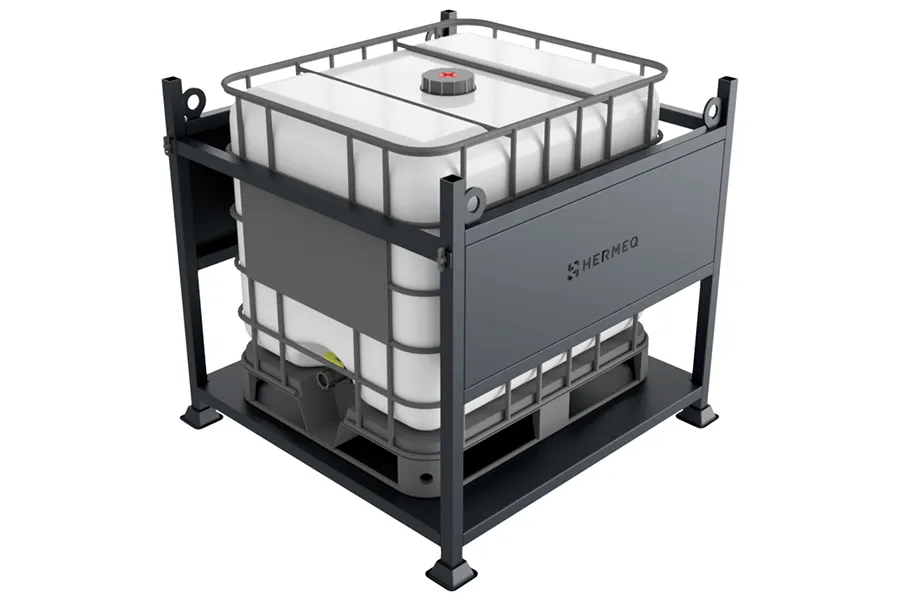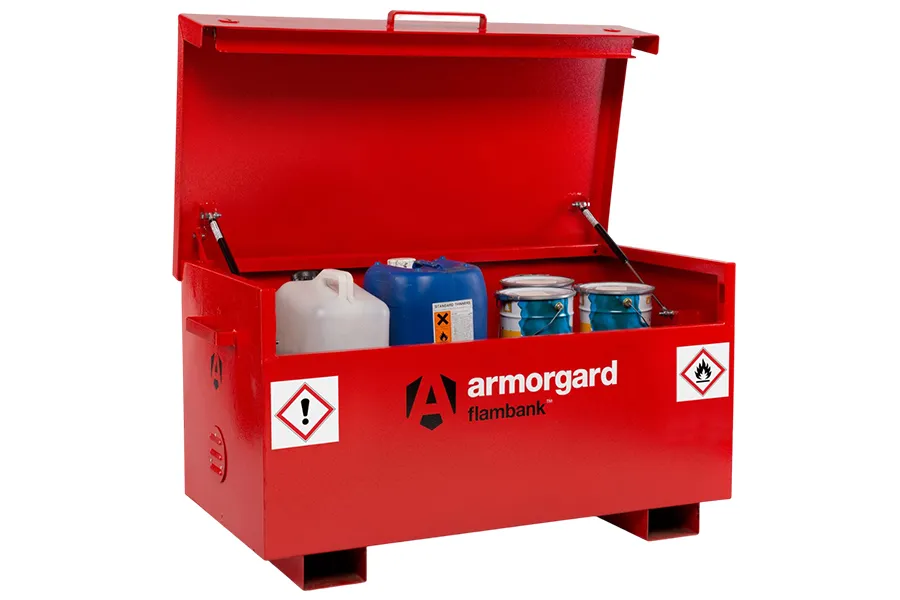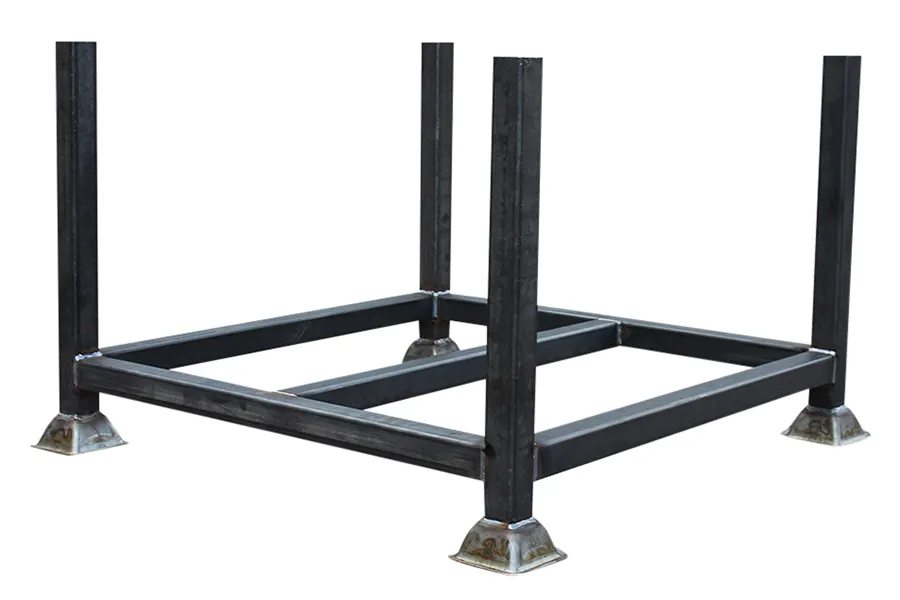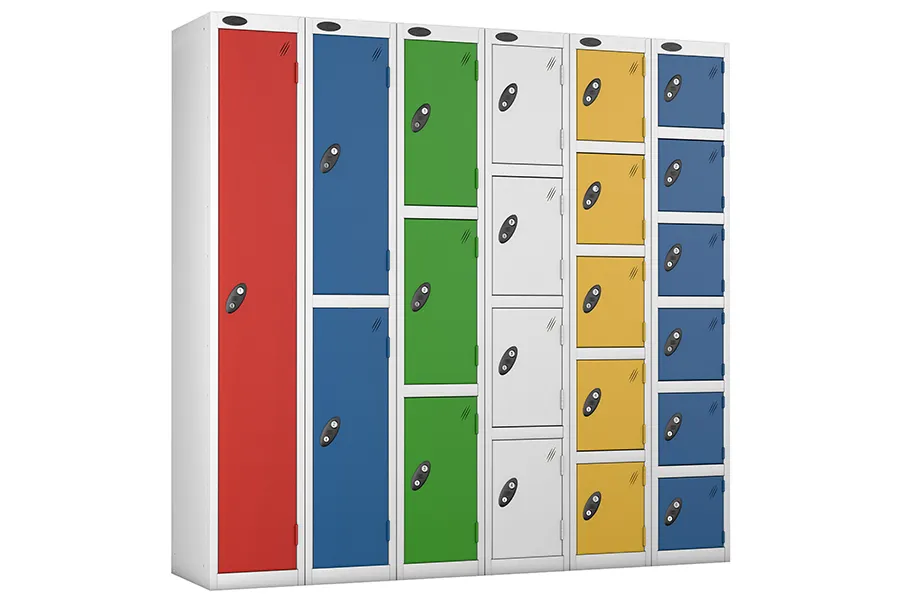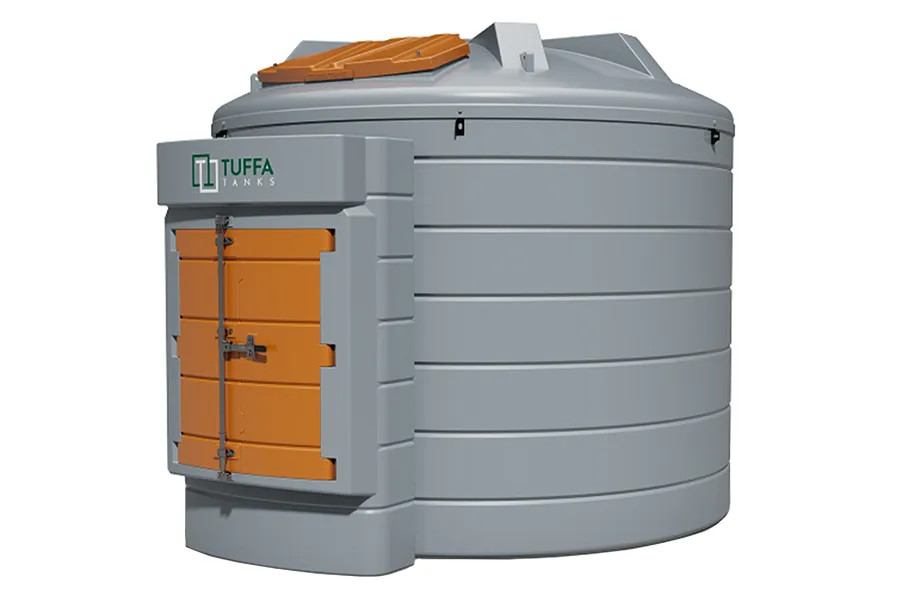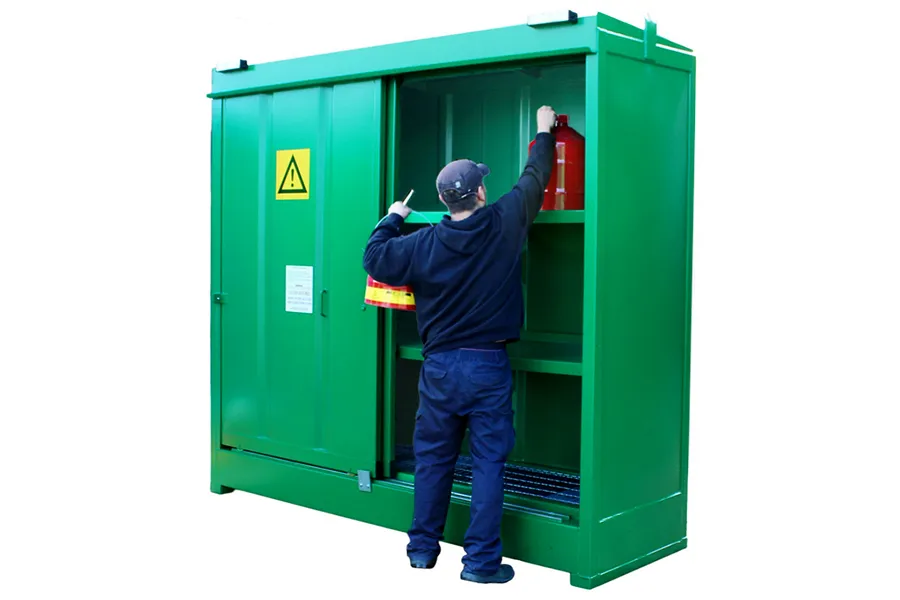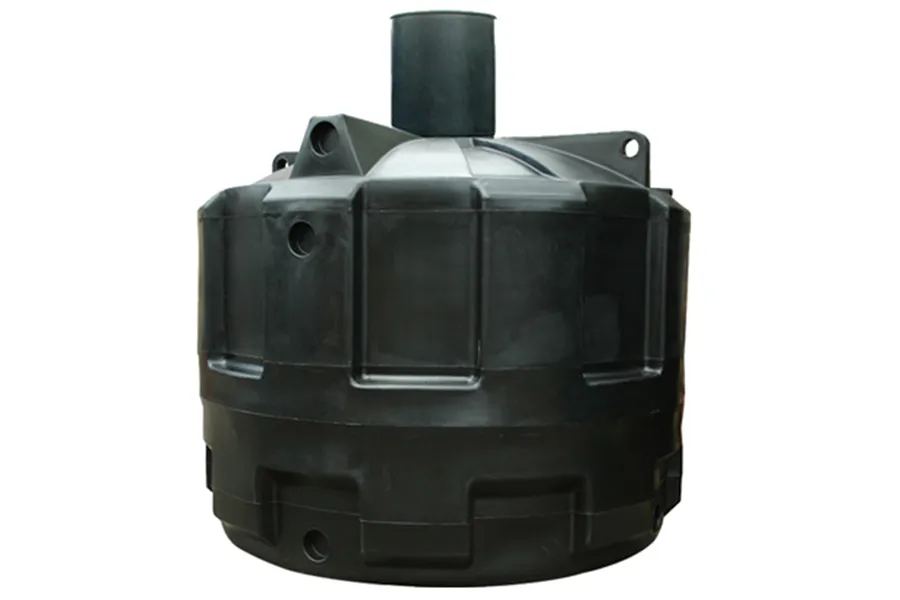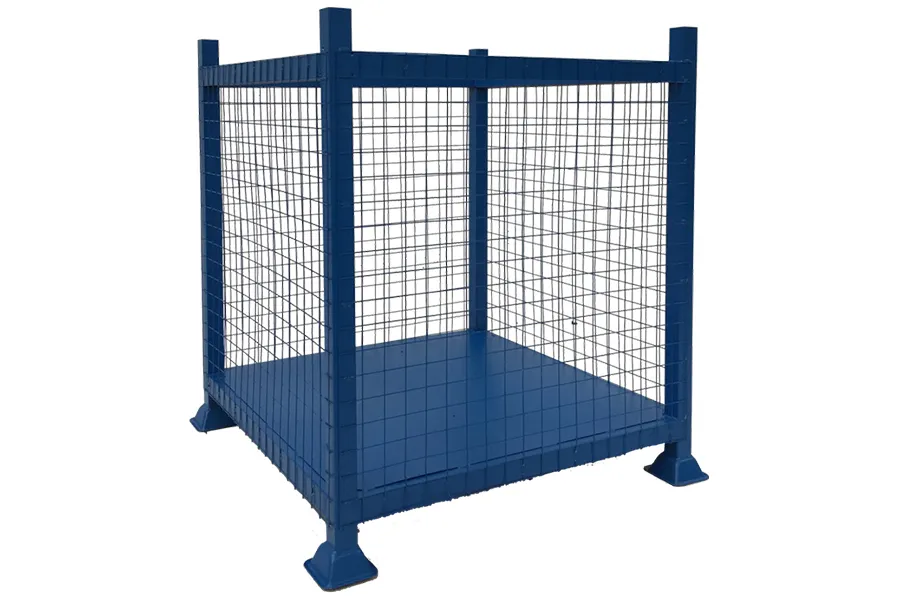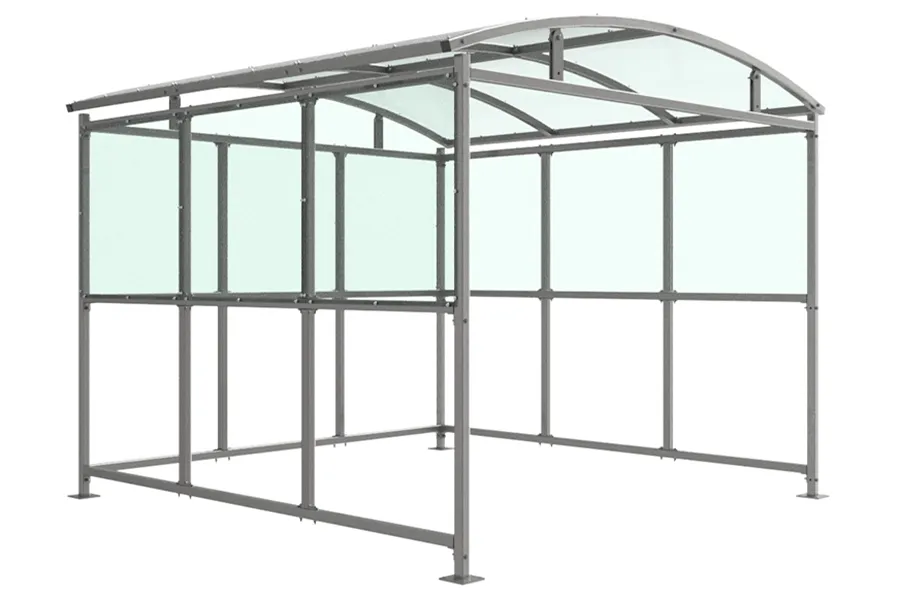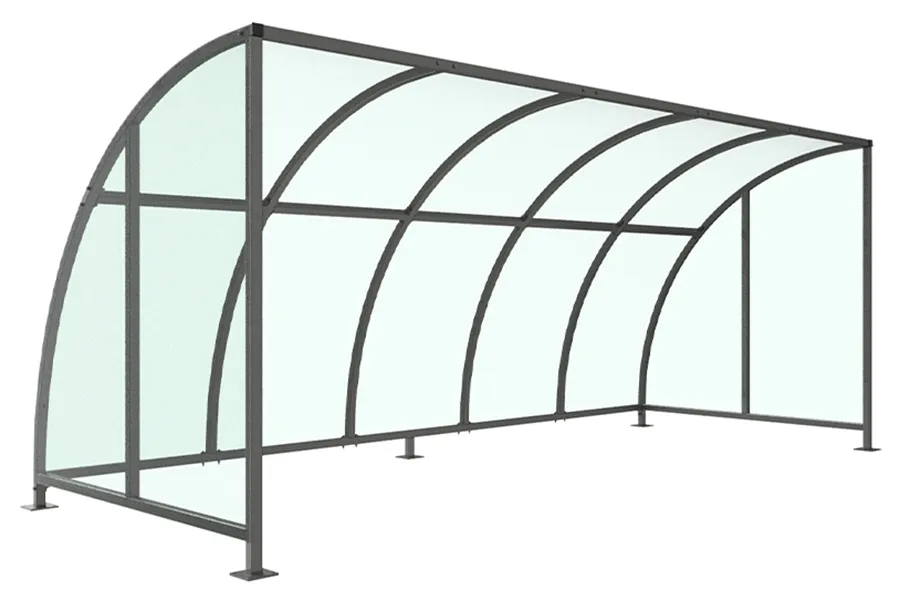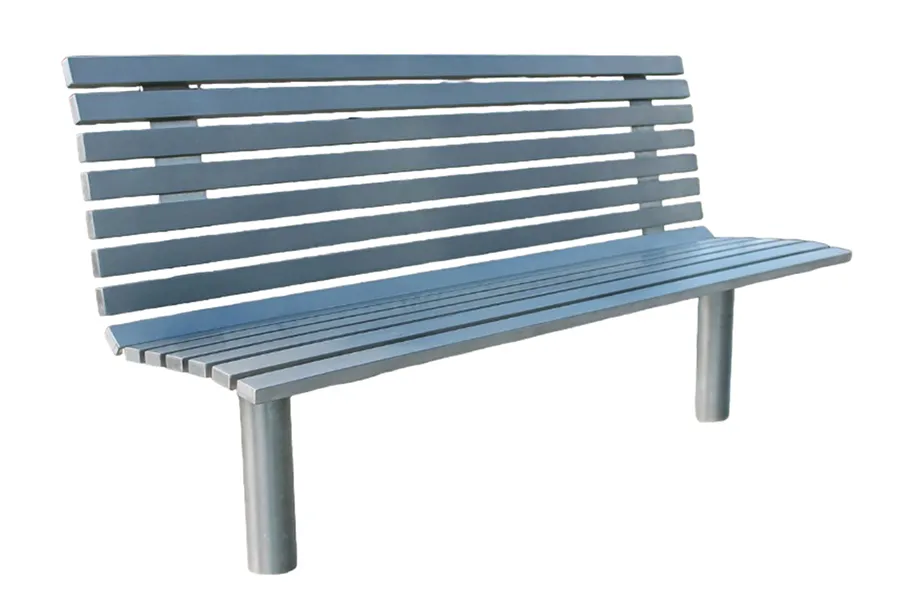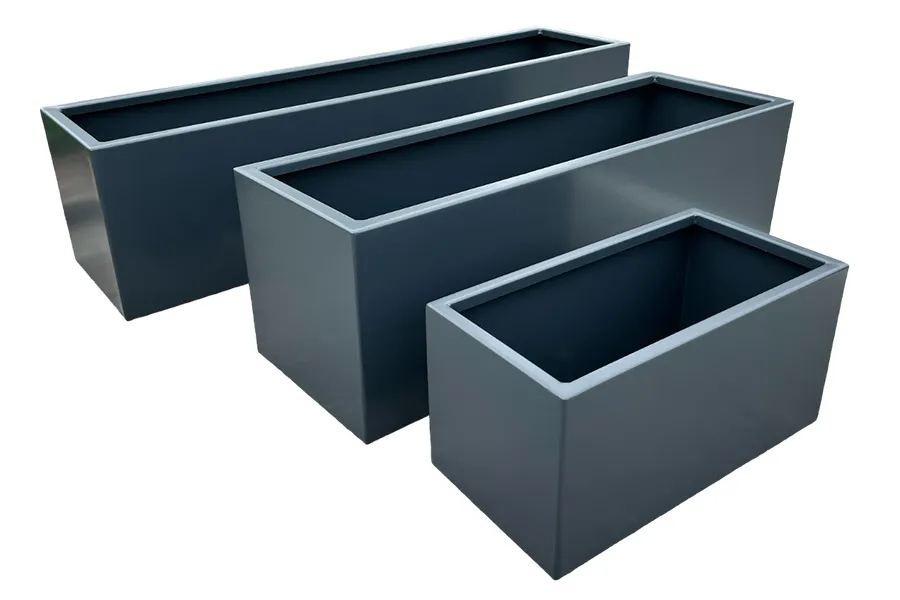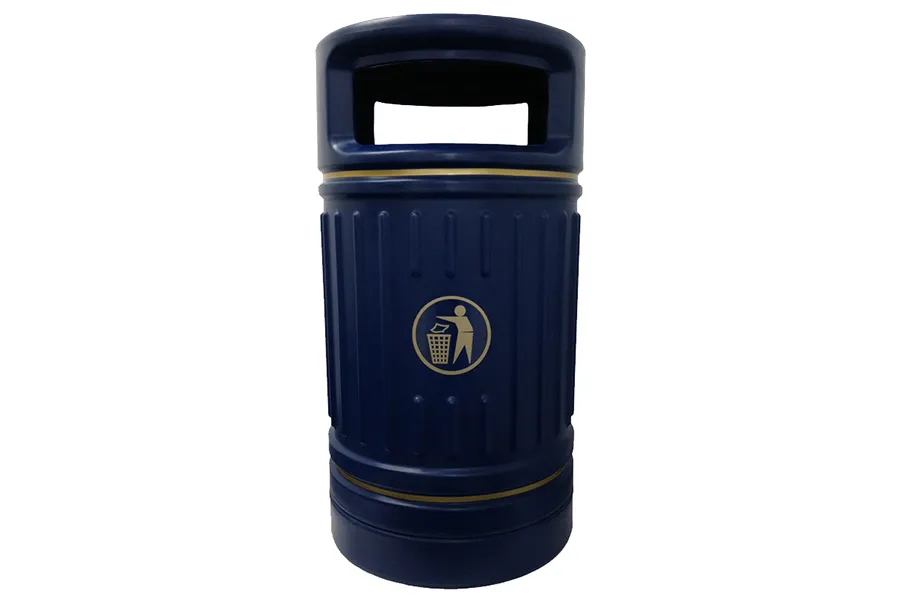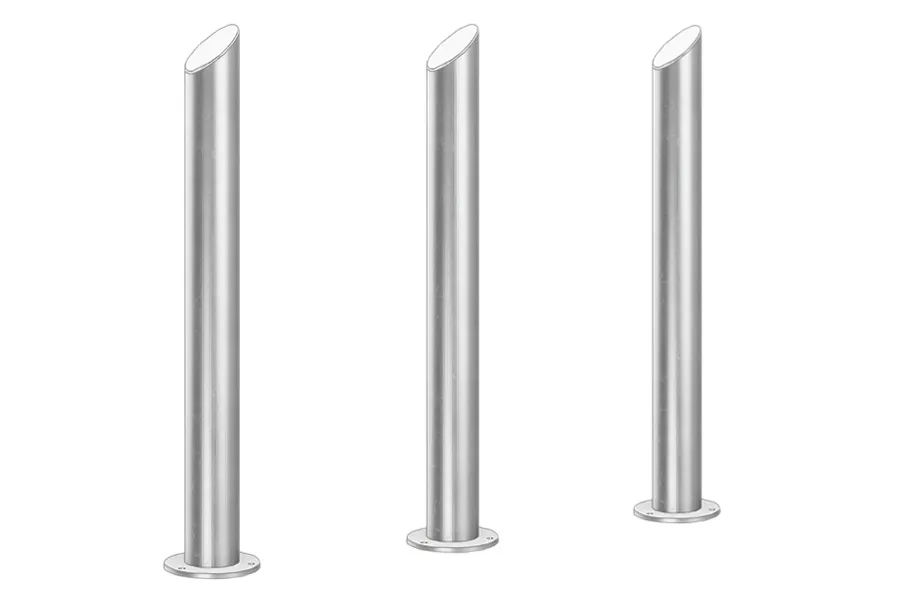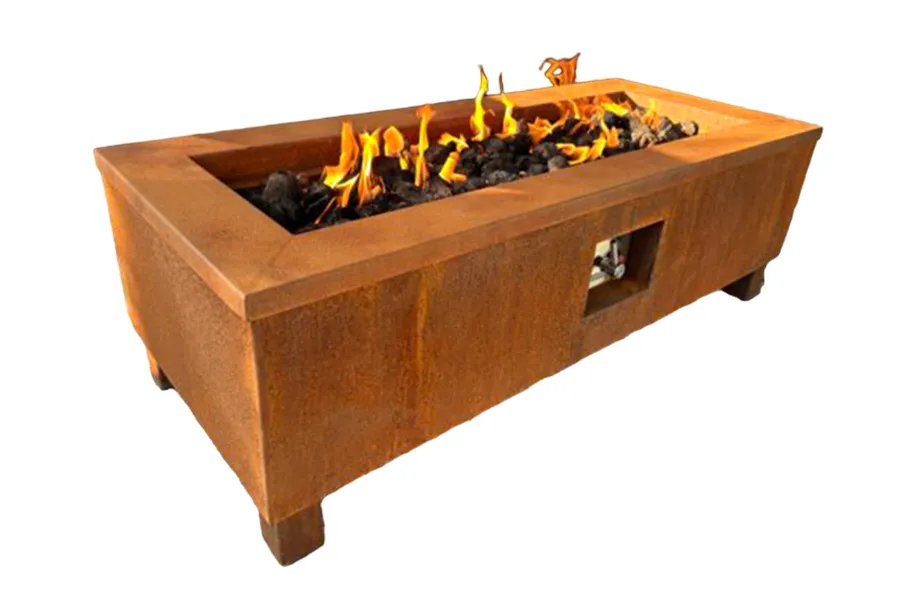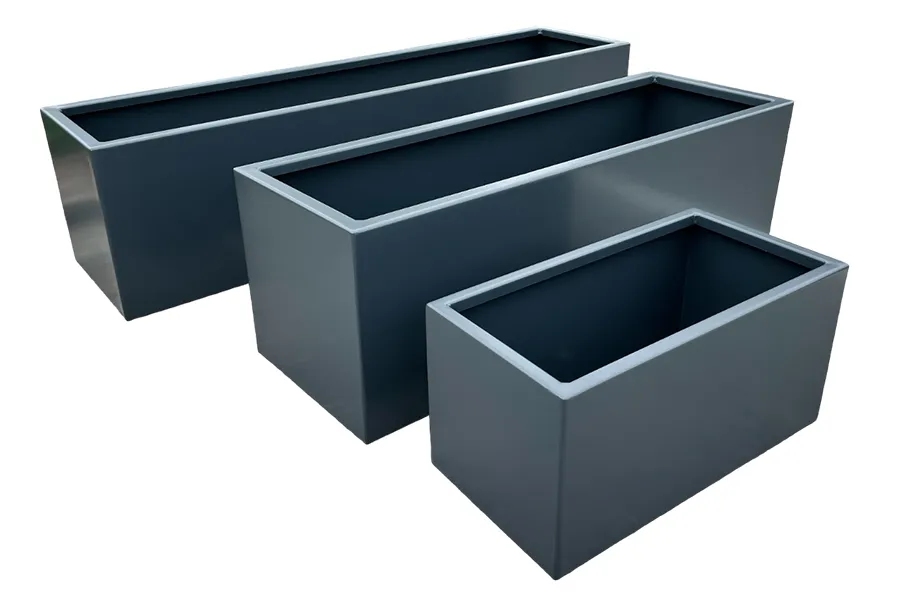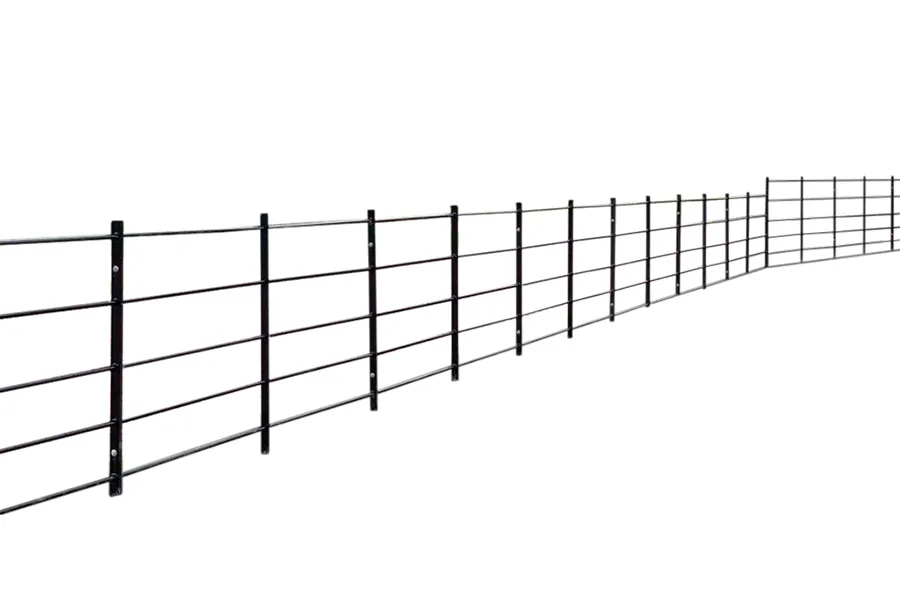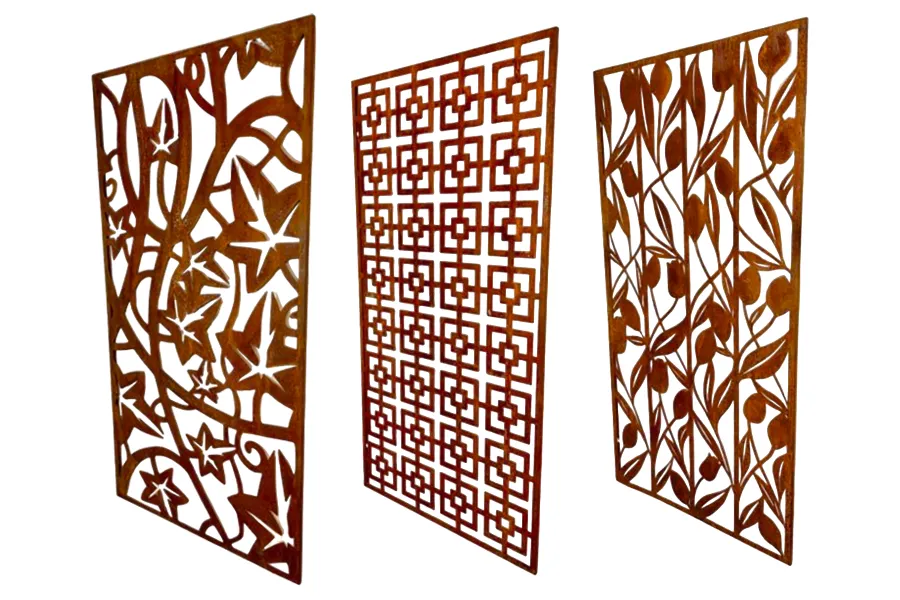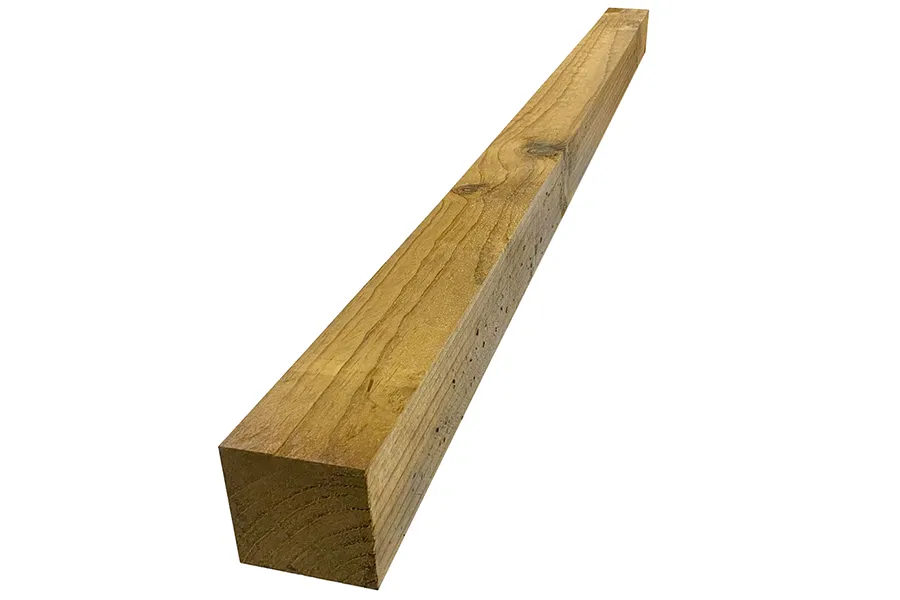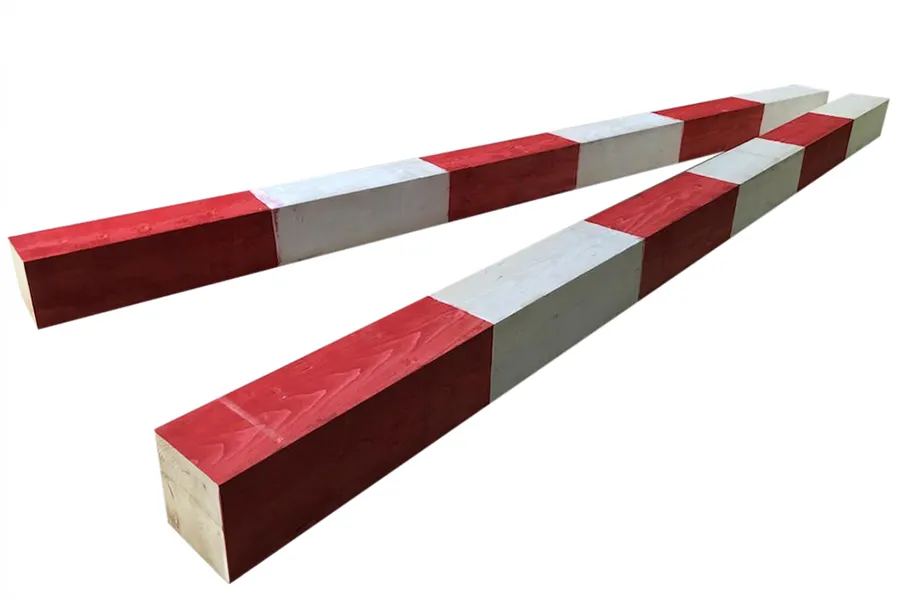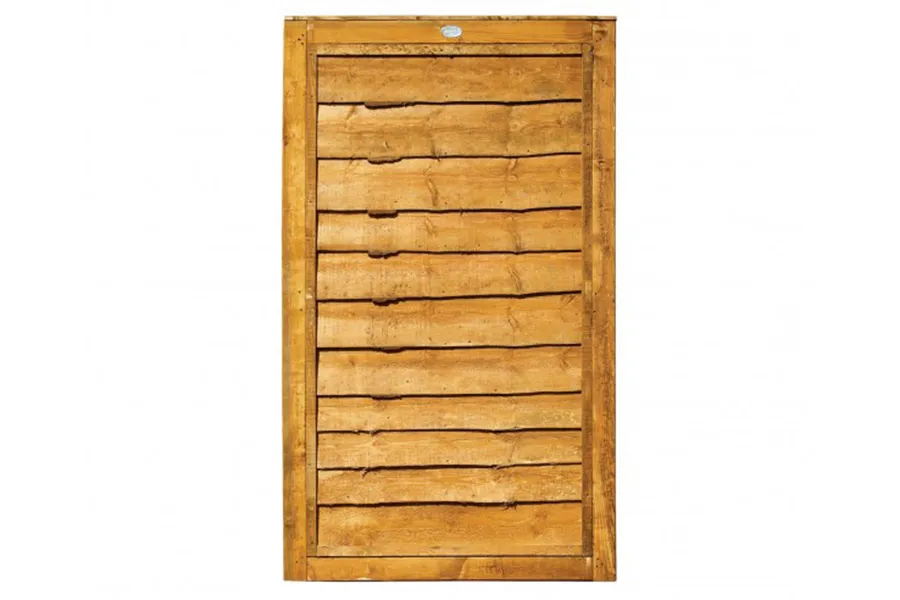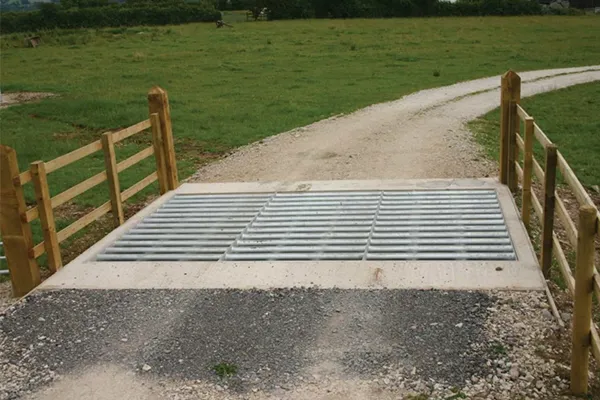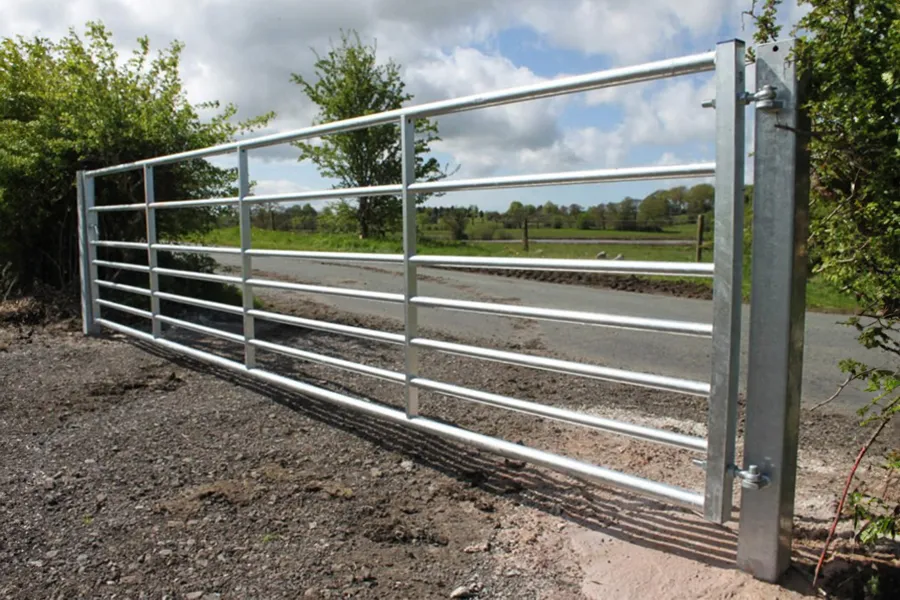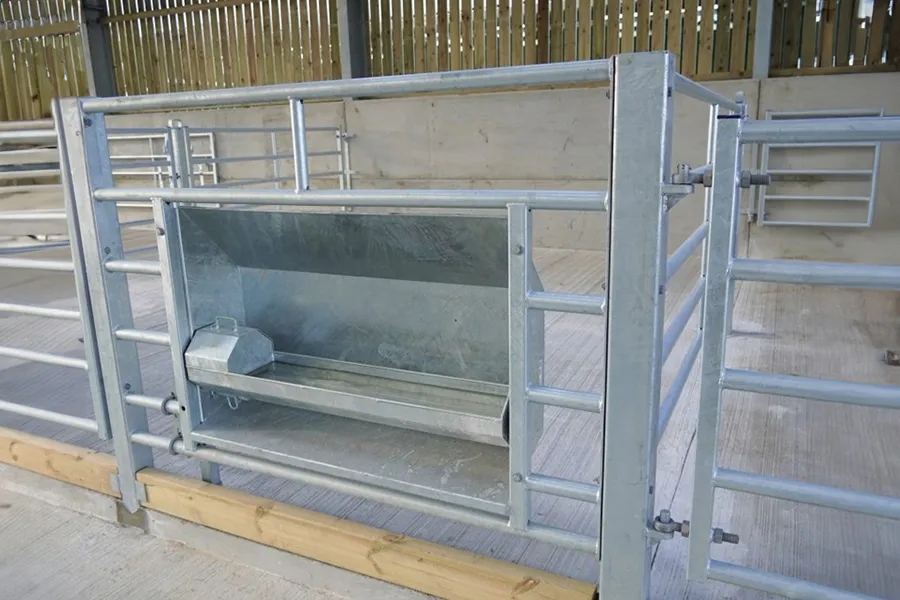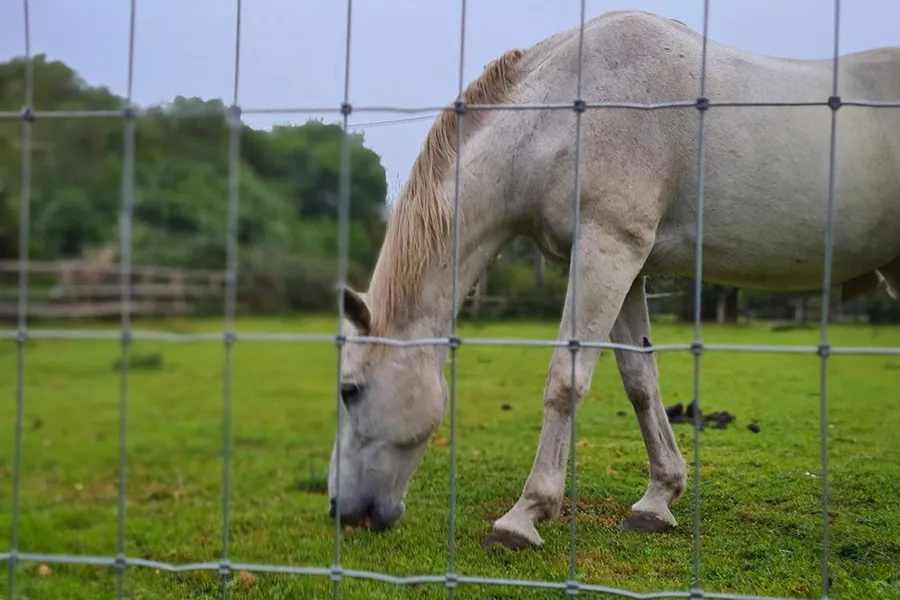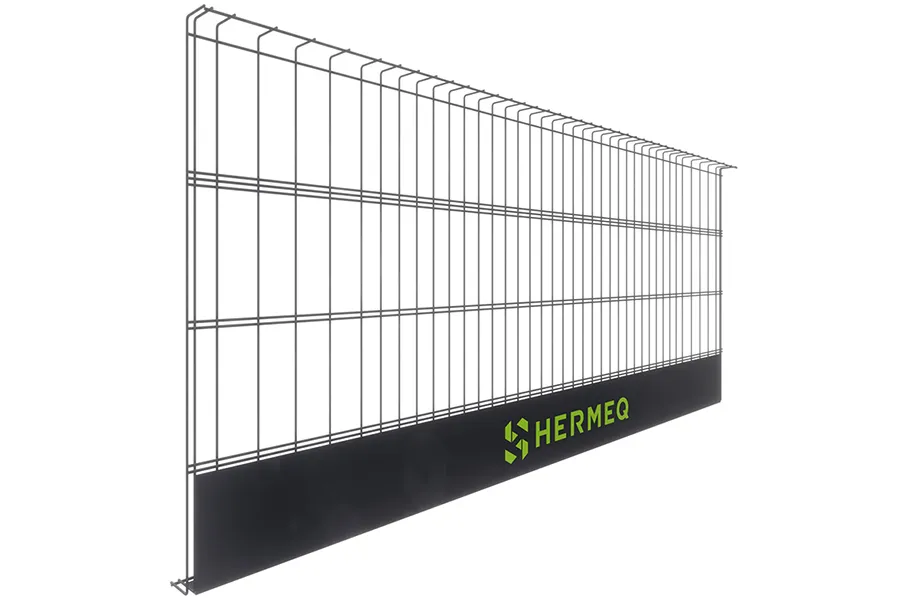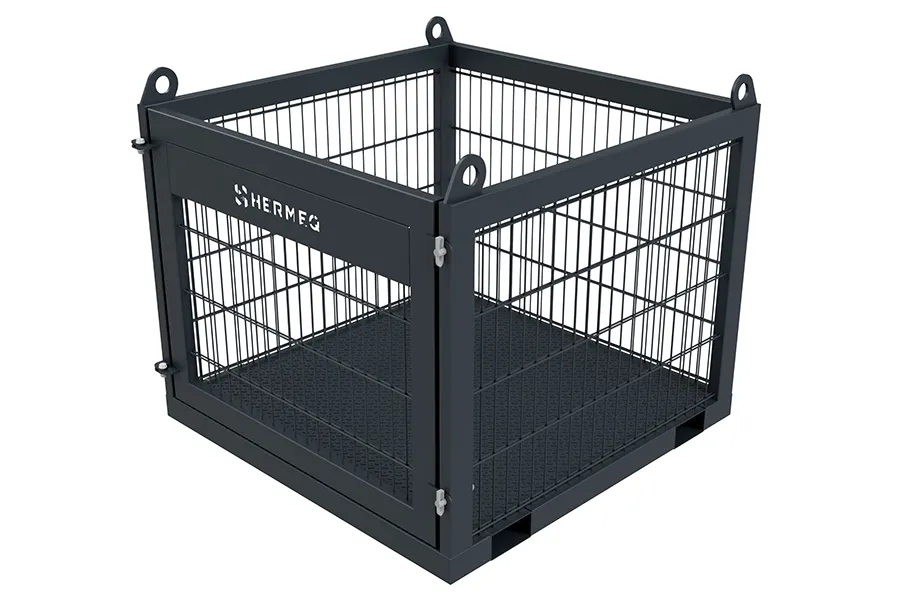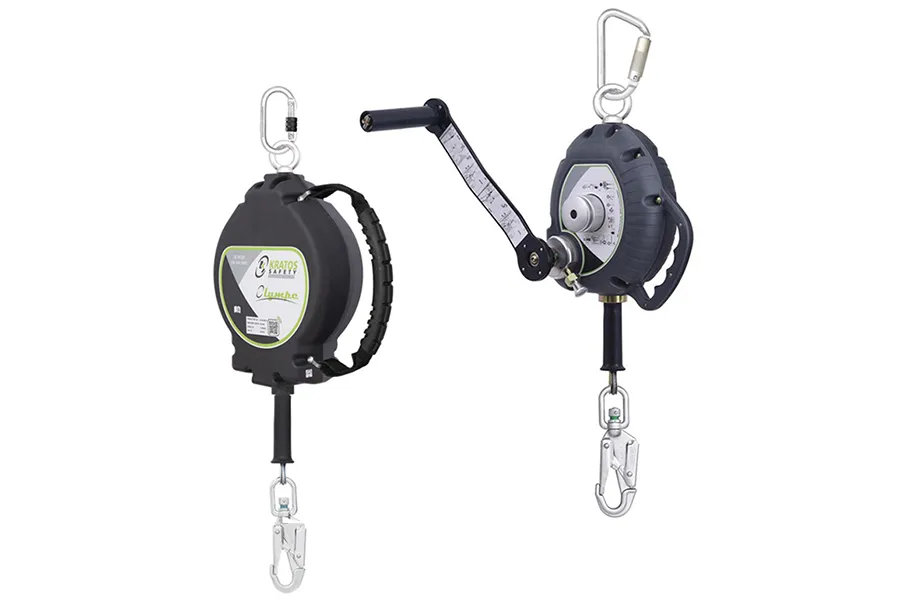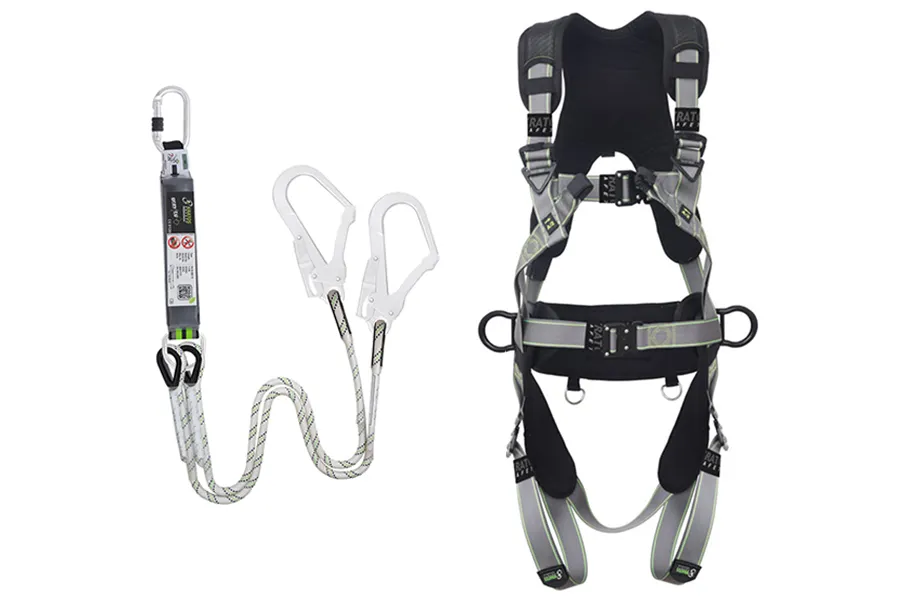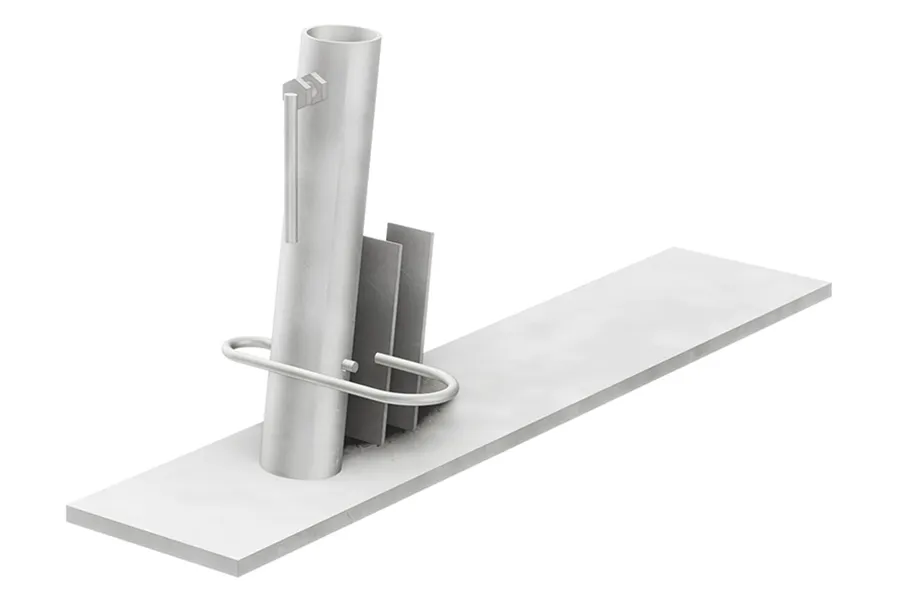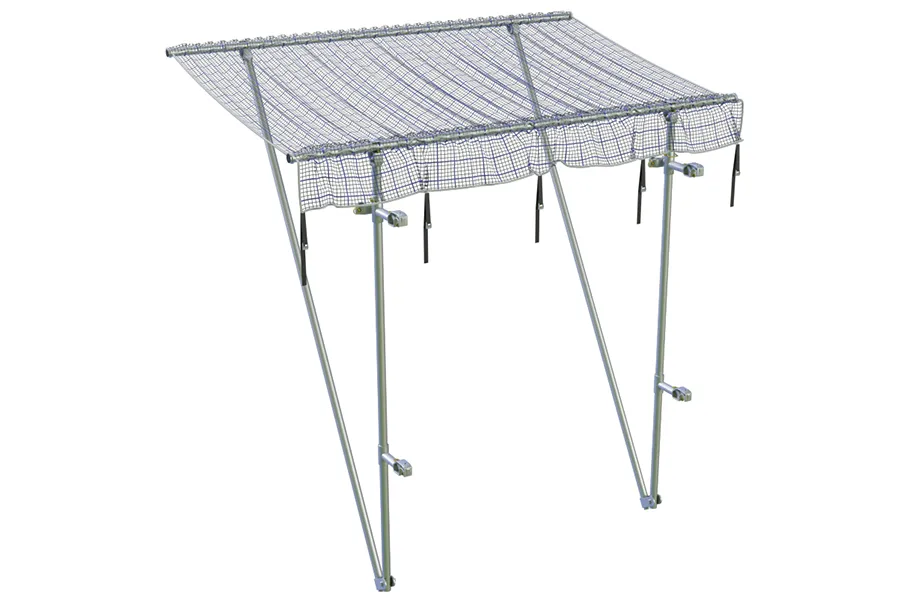Hermeq Help
Got a question? Unsure about something?
The easiest and quickest way to resolve this is to get in touch directly with a member of our team.
Please contact us via email: sales@hermeq.ie
Free phone:01-8063798
Or write to us: Unit 3, Ballyboggan Industrial Estate, Ballyboggan Road, Dublin 11, D11 AKW1, Ireland.
How Can I Pay?
The Hermeq website is fully integrated with Sage Pay & PayPal. Partnering with these leading payment service providers means that when you make a payment with Hermeq you know it's secure. Amex, Credit Card, Debit Card - No problem. We've got you covered.
Can I Collect?
Most items are available to collect from ourselves at the following address:Unit 3, Ballyboggan Industrial Estate, Ballyboggan Road, Dublin 11, D11 AKW1, Ireland. - We recommend calling before hand to make sure that we have the items in stock and ready to go.
Do You Deliver?
Sure we do! No need to try to borrow a friends van or have the hassle of trying to arrange for a courier to collect your items for you. Through the Hermeq website you can easily purchase the goods you need and arrange for them to be delivered direct to your front door or place of work.
How Are Your Delivery Costs Calculated?
Our delivery costs are calculated automatically using a clever algorithm that takes into account the items in your shopping basket and the postcode you require the items delivered to.
To get a delivery cost for your items simply type your postcode into the transportation box on the right hand side of your shopping basket screen. You can then add this delivery cost to your total quote to see your all-in cost before you proceed to checkout.
As our system works on standard pallet sizes there are some things that are worth considering. The delivery cost for 1 – 30 2.3 meter or 2.5 meter Crowd Control Barriers is the same & the cost of ordering 1 – 40 of our plastic crowd or traffic barriers is also the same. This will make the transport for fewer items more expensive per unit when compared against larger orders.
Alternately please call a member of our team on 01-8063798 or email us at sales@hermeq.ie.
Do I Require Fencing Around My Construction Site?
The law says you must conduct your business without putting members of the public at risk. This includes the public and other workers who may be affected by your work. The health and safety executive website (http://www.hse.gov.uk/construction/safetytopics/publicprotection.html) states the following with regard to construction site boundaries:
"You need to define boundaries physically, where necessary, by suitable fencing. The type of fencing should reflect the nature of the site and its surroundings.
Determining the boundary is an important aspect of managing public risk. You need to:
- plan what form the perimeter will take;
- provide the fencing; and
- maintain the fencing.
Questions you need to ask yourself include:
- What is the nature and type of the construction work?
- How heavily populated is the area is?
- Who will need to visit the site during the work?
- Will the site attract children?
- What are the site characteristics (eg existing site boundaries, location, proximity to other buildings).
Typically, in populated areas, this will mean a two-metre high small mesh fence or hoarding around the site."
We advise people to always choose the most secure and safe temporary fencing option that they can. This way you can make sure that you comply with the necessary regulations and more importantly that you keep members of the public and your workforce safe.
How many Fence Couplers (Clips) and Rubber Block Fence Feet will I need?
If you are erecting round top mesh fencing panels then as standard people purchase sets, which include one panel, two couplers (fence clips) and one rubber block fence foot. However there is a more precise way to know how many rubber block fence feet and couplers you need.
You will always need an extra foot at the end of a line of panels & two couplers to connect any panels that are connecting to one another. If you erect the fencing in a continuous line then you will need the same number of fence feet as you have number of panels and you will also require one additional rubber block fence foot for the end of your system.
To work out how many couplers you need in a continuous line then multiply the number of panels by two and then deduct two from the total. need Some installers do opt to only use one coupler (fence clip) per panel connection. We advise against this as it weakens the fencing system, however if cost saving is paramount then this is a viable alternative.
Example: If you require 35 meters of continuous fencing then you will need 10 SED Round Top Mesh Panels, 11 Rubber Block Fence Feet & 18 Couplers (fence clips). If the fence line had a break in it then you would need 10 SED Round Top Mesh Panels, 16 Rubber Block Fence Feet & 16 Couplers
If you are unsure then please feel free to email us at sales@hermeq.ie or call 01-8063798
How important is Traffic Management?
"Each year within the construction industry, approximately ten people die as a result of being struck by vehicles on site. In addition, there are hundreds of preventable accidents and injuries.
Accidents occur from groundwork’s to finishing works and managers, workers, visitors to sites and members of the public can all be at risk. Inadequate planning and control is the root cause of many construction vehicle accidents." (source: http://www.hse.gov.uk/construction/safetytopics/vehiclestrafficmanagement.html)
So the answer is of course yes, it is incredibly important. But what can we do to undertake sufficient Traffic Management? It is crucial to keep pedestrians and vehicles separate wherever popular, and our range of plastic road barriers are the favored method that many people choose to take.
Here are some more important tips from HSE:
- Entrances and exits - provide separate entry and exit gateways for pedestrians and vehicles;
- Walkways - provide firm, level, well-drained pedestrian walkways that take a direct route where possible;
- Crossings - where walkways cross roadways, provide a clearly signed and lit crossing point where drivers and pedestrians can see each other clearly;
- Visibility - make sure drivers driving out onto public roads can see both ways along the footway before they move on to it;
- Obstructions – do not block walkways so that pedestrians have to step onto the vehicle route; and
- Barriers - think about installing a barrier between the roadway and walkway.










